Table of contents
Why Every Homeowner Needs an HVAC System Troubleshooting Guide
An HVAC system troubleshooting guide is essential for maintaining comfortable indoor temperatures and avoiding costly emergency repairs. When problems arise with your heating, ventilation, and air conditioning (HVAC) system, knowing how to diagnose basic issues can save you time, money, and frustration.
Quick HVAC Troubleshooting Steps:
- Check thermostat settings - Ensure correct mode (Heat/Cool) and temperature.
- Inspect air filter - Replace if dirty or clogged (every 1-3 months).
- Verify power supply - Check circuit breakers and power switches.
- Clear obstructions - Remove debris from the outdoor unit and ensure vents are open.
- Listen for unusual noises - Identify grinding, squealing, or banging sounds.
- Look for leaks or ice - Check for water around the unit or ice on refrigerant lines.
- Reset the system - Turn off power for 30 seconds, then restart.
Your HVAC system has three main components: Heating (furnaces, heat pumps, boilers), Ventilation (ductwork and fans to circulate air), and Air conditioning (removes heat and humidity).
Common problems include inadequate cooling or heating, strange noises, poor airflow, water leaks, and high energy bills. As one HVAC expert notes, "A dirty air filter is the most common HVAC problem, restricting airflow and causing systems to work harder." This simple task can prevent many other issues.

HVAC system troubleshooting guide definitions:
The DIY HVAC System Troubleshooting Guide
When your HVAC system acts up, many common problems have simple solutions you can handle yourself. This HVAC system troubleshooting guide will walk you through the most frequent issues and what to check before calling a professional.
Problem 1: HVAC System Won't Turn On
If your system is completely unresponsive, don't panic. The cause is often simple.
Start with your thermostat. Ensure it's set to the correct mode: "Heat" for winter or "Cool" for summer. For heating, the set temperature must be higher than the room temperature; for cooling, it must be lower. If the display is dim or blank, replace the batteries, as even hardwired thermostats have backups that can fail. For more thermostat tips, see our Thermostat Not Working guide.
Next, check the power supply. Look for tripped breakers in your electrical panel labeled "furnace," "AC," or "HVAC." Flip any tripped breaker fully to "OFF," then back to "ON." If your AC keeps tripping the breaker, it signals a serious electrical problem requiring a professional. Our article on Why Your AC Keeps Tripping the Circuit Breaker explains this dangerous situation.
Also, verify the outdoor disconnect switch (a gray metal box near the outdoor unit) and the furnace power switch (often looks like a light switch near the indoor unit) are both in the "ON" position. As a final step, try a system reset by turning off power at the breaker for 30 seconds, then turning it back on. Also, ensure the furnace service door is completely closed, as a safety switch prevents operation if it's ajar.
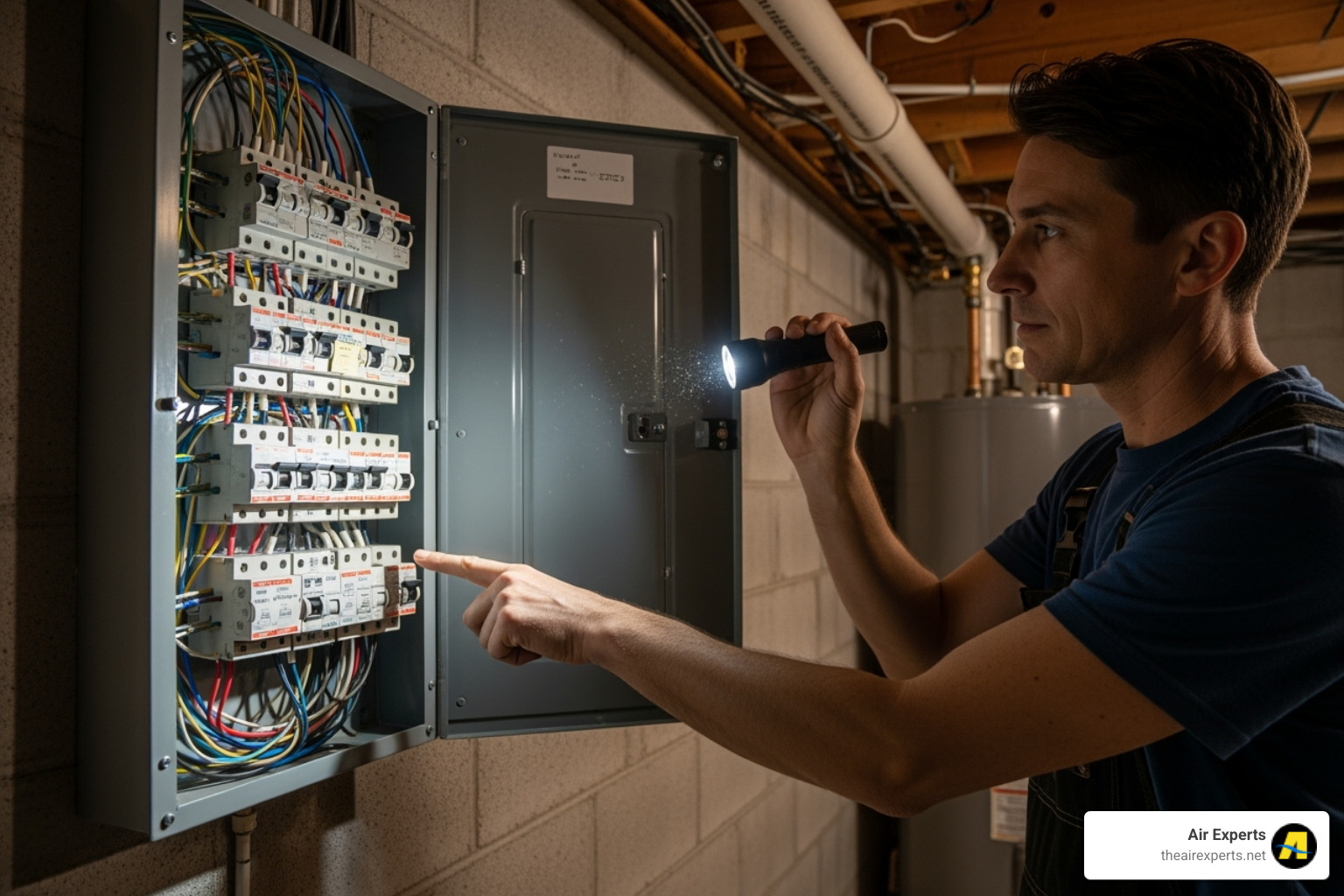
Problem 2: Poor Airflow or Uneven Temperatures
If some rooms are too hot while others are too cold, or if airflow from vents is weak, these issues usually have straightforward solutions.
A dirty air filter is the #1 culprit. A clogged filter forces your system to work harder, reducing efficiency and potentially causing it to overheat and shut down. The clogged filter impact can also cause the system to freeze in summer or lead to higher energy bills. Replace your filter every 1-3 months, especially during peak seasons.
Check all air vents and returns for obstructions like furniture, curtains, or dust buildup. Ensure all registers are fully open with clear space around them.
Sometimes the problem is in your ductwork. Leaks or blockages can cause uneven temperatures. While duct repairs often need a pro, you can learn about the Duct Cleaning Benefits. If vents are dirty, our Vent Cleaning services can restore proper airflow.
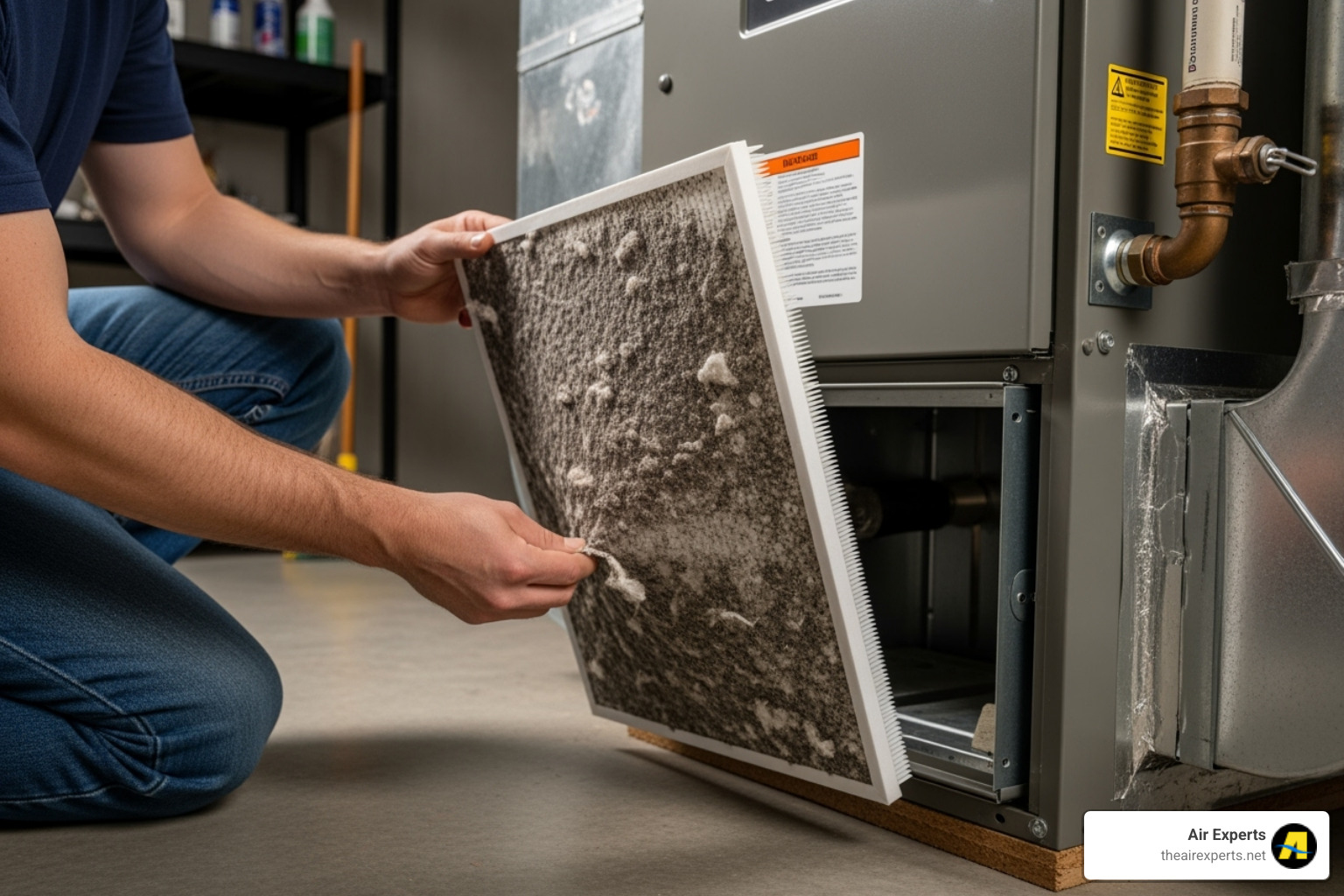
Problem 3: AC Blowing Warm Air or Heat Pump Not Cooling
If your AC is blowing warm air, check these common causes before assuming a major repair is needed.
Double-check your thermostat. Ensure it's set to "Cool" and the fan is on "AUTO." If the fan is set to "ON," it runs continuously, even between cooling cycles, which can make you think the AC isn't working. The "AUTO" setting ensures the fan only runs when cooling, which also helps control humidity. For more details, the Department of Energy offers a guide on Operating and maintaining your heat pump.
Your outdoor unit needs to breathe. Check for leaves, grass, or debris clogging the condenser unit. Cleaning condenser coils is crucial for releasing heat. Turn off the power and gently spray the coils with a garden hose. Ensure at least two feet of clear space around the unit.
Frozen evaporator coils are another common issue. If you see ice on the refrigerant lines, your system has likely frozen due to restricted airflow or low refrigerant. For the thawing procedure, turn the AC off at the thermostat but set the fan to "ON" to help melt the ice. After a few hours, check your air filter and vents before restarting the AC. If freezing recurs, it's time for professional help. Our guides on Heat Pump Not Cooling and AC Blowing Warm Air have more steps.
Problem 4: Furnace Not Igniting or Heater Blowing Cold Air
When your furnace won't start on a cold day, many heating problems have simple explanations.
First, check your furnace thermostat settings. Verify it's set to "Heat" and the temperature is several degrees above the current room temperature.
Gas supply issues can prevent ignition. For a gas furnace, ensure the main gas supply valve is open (handle parallel to the pipe). Check other gas appliances to confirm your service is active.
Older furnaces have a pilot light that may need to be relit manually (check your manual for instructions). Newer units use electronic ignition. If your furnace tries to start but shuts off, a dirty flame sensor may be the cause. This safety device shuts off the gas if it can't detect a flame.
Don't forget the air filter; a clogged filter can cause the furnace to overheat and shut down. Also, check for condensate drain issues in high-efficiency furnaces. A clogged drain line will trigger a safety switch to prevent water damage. For more help, see our Heater Blowing Cold Air guide.
Problem 5: Water Leaks or High Humidity
Water puddles or high humidity require prompt attention to prevent damage and discomfort.
Clogged condensate drain lines are the most common cause of leaks. Your AC removes humidity, which drains through a PVC pipe. If this line gets blocked by algae or debris, it will overflow. You can often perform clearing minor clogs yourself with a wet/dry vacuum on the outdoor end of the pipe. Our AC Drain Line Clogged article has step-by-step instructions.
Frozen evaporator coils also cause water problems when they thaw, potentially overwhelming the drain system.
Oversized HVAC systems can cause humidity issues. A system that is too large for your home will cool the space too quickly and shut off before properly dehumidifying the air. This short cycling leaves rooms feeling cool but clammy. Leaky ducts can also pull in humid air from attics or crawlspaces. Proper Indoor Air Quality management is key. For more on leaks, see our AC Leaking Water Inside guide.
Decoding HVAC Noises and Smells
Unusual sounds and odors are your system's way of signaling a problem. Learning to decode them is a key part of any HVAC system troubleshooting guide.
What Do Those Strange Noises Mean?
Each sound tells a different story about what's happening inside your system.
Rattling or banging often points to loose components. This could be a loose access panel, debris in the outdoor unit, or a slightly bent fan blade. A quick visual inspection may reveal the source.
Squealing or screeching typically indicates a worn-out fan belt in older systems or motor bearings that need lubrication. This sound means a component is failing and needs attention soon to prevent more significant damage.
Grinding is a serious sound that usually indicates major motor trouble, such as with the compressor or a fan motor. You should turn off your system and call a professional immediately to prevent a complete breakdown. Our AC Makes Grinding Noises guide explains this in more detail.
Hissing, especially if your system isn't cooling well, often signals a refrigerant leak. Handling refrigerant requires special certification, so this is a job for a professional.

Identifying and Addressing Unpleasant Odors
Strange smells from your vents can range from annoying to dangerous.
A burning smell is common when you first turn on your heater for the season, as dust burns off the heating elements. This should dissipate within an hour. However, a persistent or electrical burning smell could indicate an overheating motor or wiring, which is a fire hazard. If you smell this, turn off the system and call for help. Our AC Smells Like Burning article covers this topic.
A musty or "dirty sock" smell points to mold or mildew growth, typically on the indoor evaporator coil or in the ductwork. This is common in humid climates and can affect your indoor air quality, usually requiring professional cleaning.
The most serious odor is a rotten egg smell. Natural gas is odorless, so utility companies add this sulfur-like scent to help detect leaks. If you smell this, treat it as an emergency. Do not use any electronics or flip light switches. Leave your home immediately and call your gas company and emergency services from a safe location.
When to Call a Professional: The DIY Line
While this HVAC system troubleshooting guide helps with common issues, some problems require professional expertise. Knowing the line between a DIY fix and a professional job is crucial for your safety and your system's health.
Safety-First: Issues Requiring Immediate Professional Help
Some HVAC problems are genuinely dangerous and require immediate professional attention.
Gas leaks are a top safety concern. If you smell a rotten egg odor, do not try to find the source or use any electronics. Evacuate everyone from the house immediately and call your gas company and emergency services from a safe distance. This situation is life-threatening and requires an expert.
Electrical issues beyond a simple breaker reset also demand a professional. If your system repeatedly trips a circuit breaker, it indicates a serious problem like a short circuit or faulty wiring, which is a fire hazard. Our guide on Why Heat Pump Keep Tripping Breaker explains why this requires a pro.
Refrigerant leaks present environmental and safety risks. A hissing sound or ice on the refrigerant lines often signals a leak. Handling refrigerant is illegal without proper EPA certification and requires specialized tools. For more information, see this refrigerant handling information. Our Signs Your AC Needs Repairs guide can help you identify when to call us.
Complex Repairs Best Left to the Experts
Beyond safety issues, many repairs require specialized knowledge and tools.
Compressor failure is one of the most complex repairs. The compressor is a critical component, and diagnosing its failure requires special testing equipment. The repair involves handling high-pressure refrigerant and electrical connections. Our AC Compressor Repair guide explains why this job is for professionals.
Motor replacement, for either the indoor blower or outdoor condenser fan, involves complex electrical work and precise installation to ensure proper airflow and prevent damage to other components.
Control board issues involve the system's electronic brain. Diagnosing and replacing these circuit boards requires specialized equipment and knowledge of intricate wiring.
If you've worked through this guide and your system still won't respond to any DIY solutions, it's a clear sign that the problem is more complex and requires professional diagnosis.
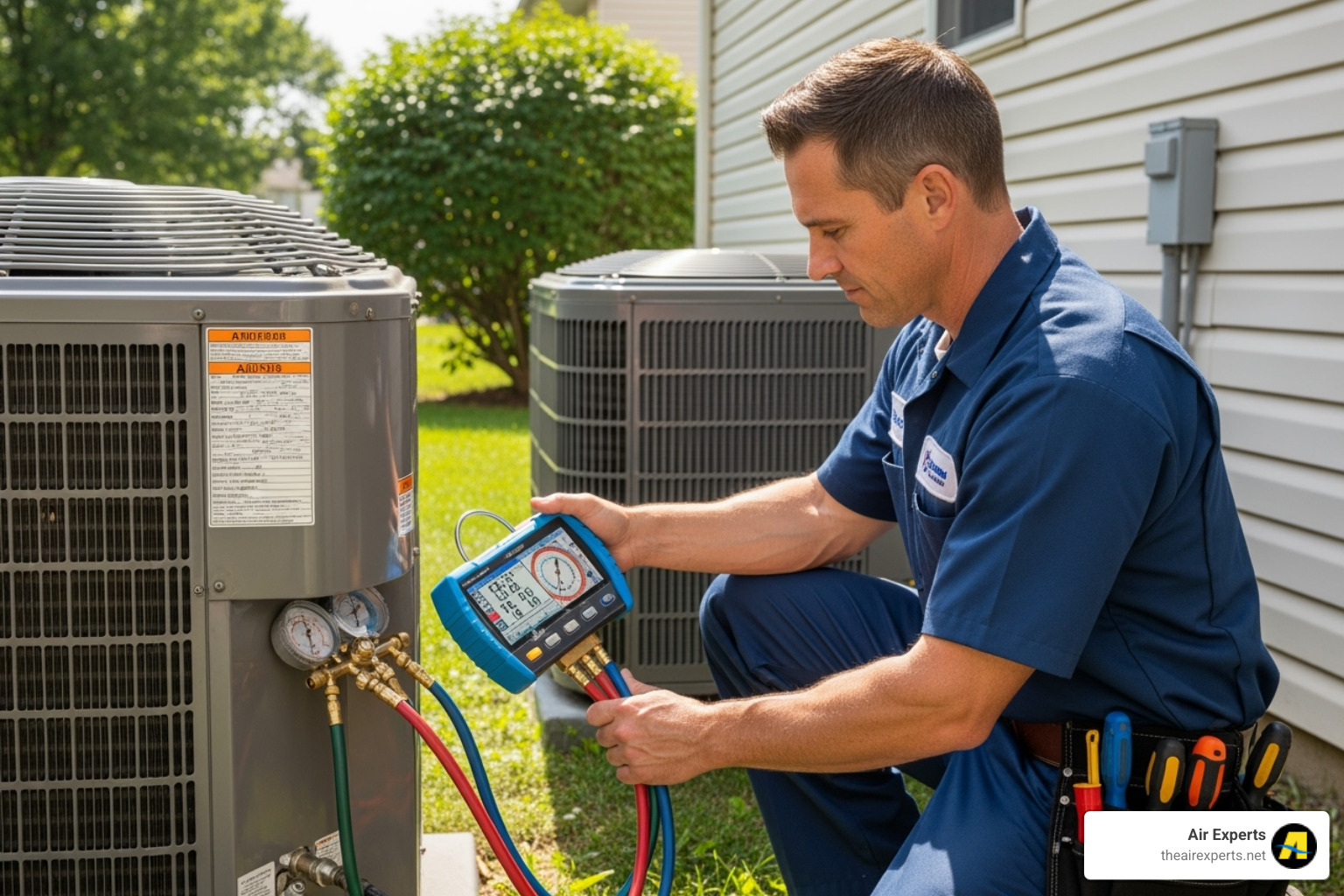
The Power of Prevention: Regular HVAC Maintenance
While troubleshooting reacts to problems, proactive care is the best way to ensure your system runs reliably. Regular HVAC maintenance is a smart investment, as it's easier and less expensive to prevent issues than to fix them.
Benefits of Routine HVAC System Maintenance
Investing in regular maintenance provides numerous benefits for your home and budget.
- Improved efficiency: A well-maintained system uses less energy to heat and cool your home.
- Lower energy bills: Higher efficiency directly translates to savings on your monthly utility costs.
- Extended system lifespan: Proper care helps your system last longer, delaying the need for a costly replacement.
- Fewer breakdowns: Maintenance identifies potential problems early, preventing unexpected failures on the hottest or coldest days.
- Better indoor air quality: Clean filters, coils, and proper ventilation contribute to healthier air for your family.
- Maintained warranty: Many manufacturers require proof of annual professional maintenance to keep your warranty valid.
For a comprehensive look at our professional care, explore our HVAC System Maintenance plan.
What a Professional Maintenance Visit Includes
A professional maintenance visit is a thorough inspection and tune-up of your entire system.
Our technicians perform:
- Coil cleaning: We clean the evaporator and condenser coils to ensure optimal heat transfer and efficiency.
- Electrical connection checks: We inspect and tighten all electrical connections to prevent malfunctions and safety hazards.
- Refrigerant level checks: We verify refrigerant levels meet manufacturer specifications to ensure proper cooling.
- Lubricating moving parts: This reduces friction and wear on motors and other components.
- Condensate drain inspection: We check and clear the drain line to prevent water damage and mold growth.
- Full system testing: We test the thermostat, safety controls, and overall operation to confirm everything is working correctly.
Recommended frequency for maintenance is at least an annual tune-up. For heat pumps, which work year-round, we recommend biannual service: once in the spring for cooling and once in the fall for heating. This schedule ensures peak performance and reliability.
Frequently Asked Questions about our HVAC system troubleshooting guide
Here are answers to common questions homeowners have when troubleshooting their HVAC system.
What is the most common HVAC problem I can fix myself?
The dirty air filter is the most common and easiest problem to fix. A clogged filter restricts airflow, leading to poor performance, reduced efficiency, and even system shutdowns. Replacing the filter every 1-3 months is a simple step that can solve a surprising number of issues and save you a service call.
Why is my AC running but not cooling the house?
This can have several causes. First, check for a dirty air filter and ensure your thermostat is set to "Cool" and the fan is on "Auto." Next, check your outdoor unit to see if it's dirty or blocked by debris. Ice on the refrigerant lines is another sign of trouble, often caused by poor airflow or low refrigerant. If these checks don't help, you may have a refrigerant leak or compressor issue that requires professional service.
How often should I have my HVAC system professionally serviced?
We recommend professional maintenance at least once a year for optimal performance and longevity. This helps catch small issues before they become expensive problems. For heat pumps, which provide both heating and cooling, biannual service is ideal—once in the spring to prepare for summer and once in the fall to prepare for winter. Regular service also helps maintain your manufacturer's warranty.
Conclusion: Your Partner in Home Comfort
This HVAC system troubleshooting guide empowers you to handle many common issues yourself. By knowing what to check when your system acts up—from thermostat settings and air filters to strange noises—you can save time, avoid unnecessary service calls, and feel more confident managing your home's comfort.
However, knowing when to stop is as important as knowing where to start. This guide also highlights issues that demand professional expertise. Problems involving gas leaks, persistent electrical faults, or refrigerant require a trained technician with the proper tools and certifications for a safe and effective repair.
At Air Experts, we believe in empowering Birmingham homeowners. We share these troubleshooting steps openly because we'd rather you solve a simple problem yourself than pay for a service call you don't need. No upselling, no catch—just honest guidance.
When your troubleshooting points to a more complex issue, our team is here to help. We are committed to restoring your comfort quickly and transparently. Whether you use this guide for a DIY fix or call us for expert service, you're never alone in keeping your home comfortable.
Ready for professional help when you need it? Schedule your HVAC Repair in Birmingham, AL and experience the Air Experts difference.
.svg)
.svg)
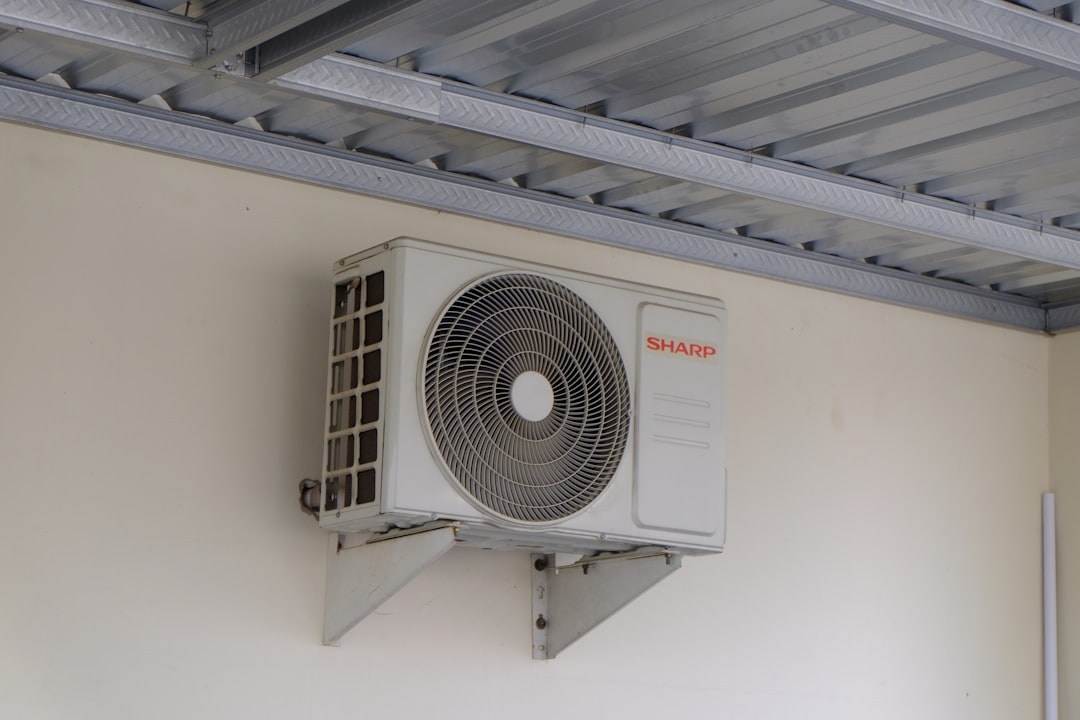
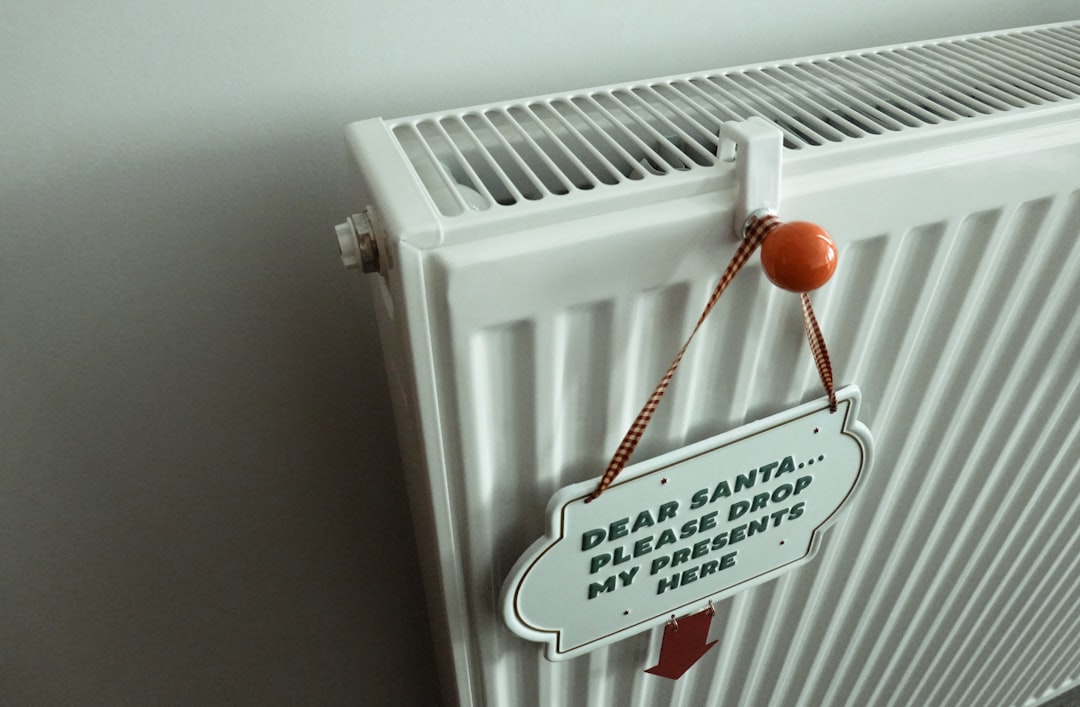

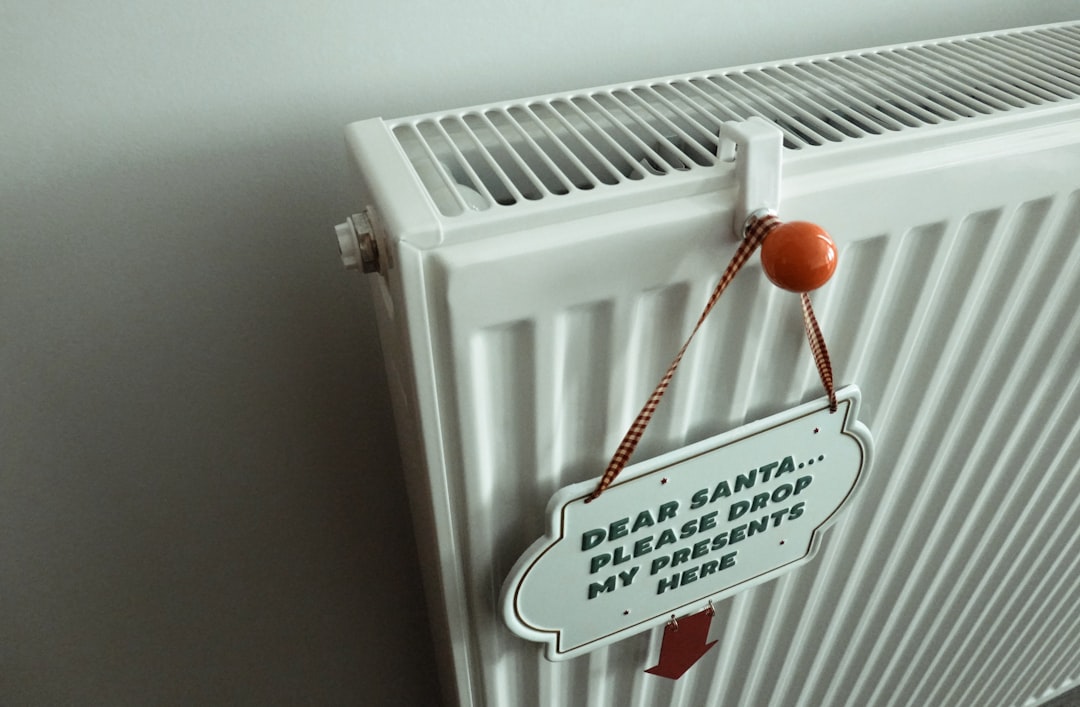
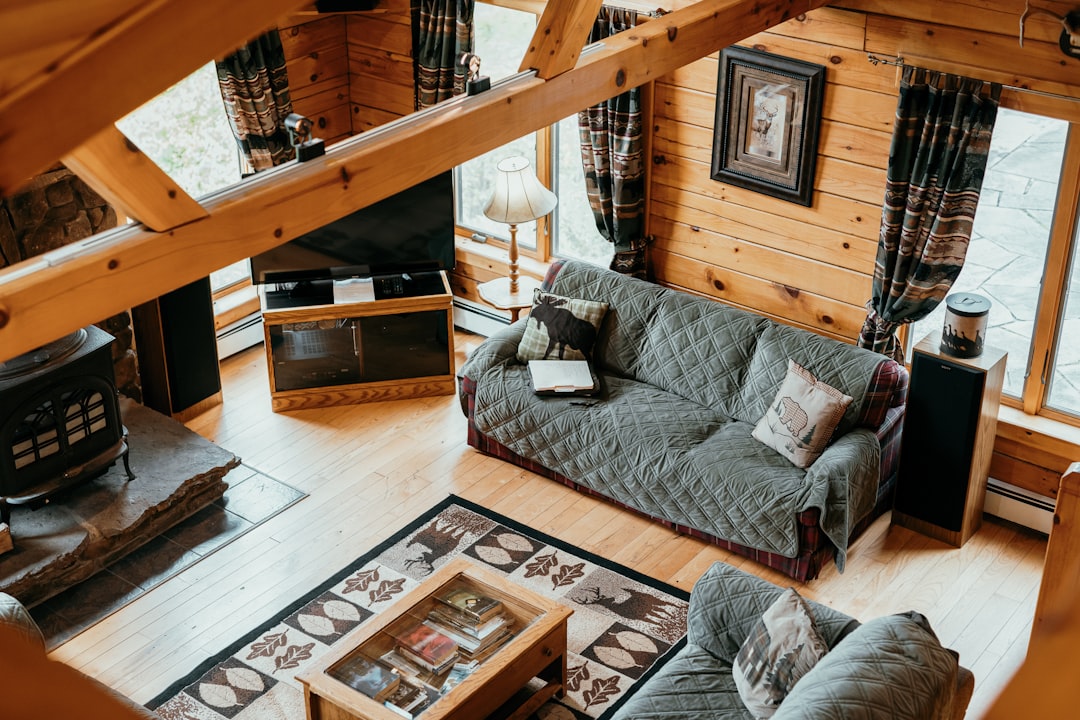





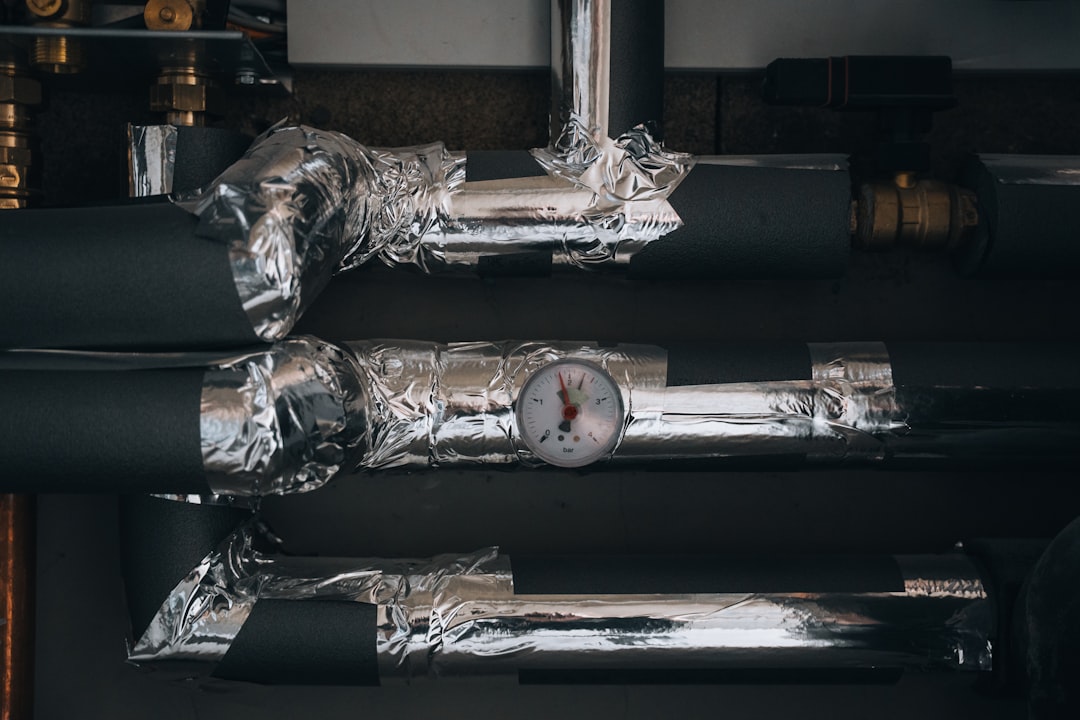

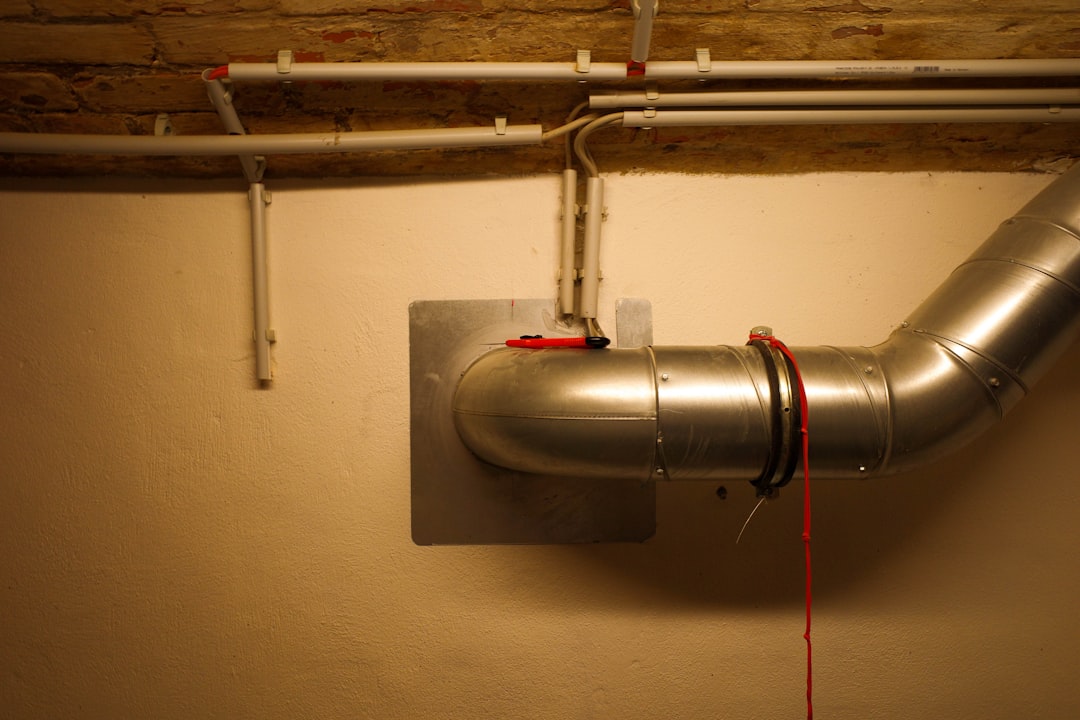

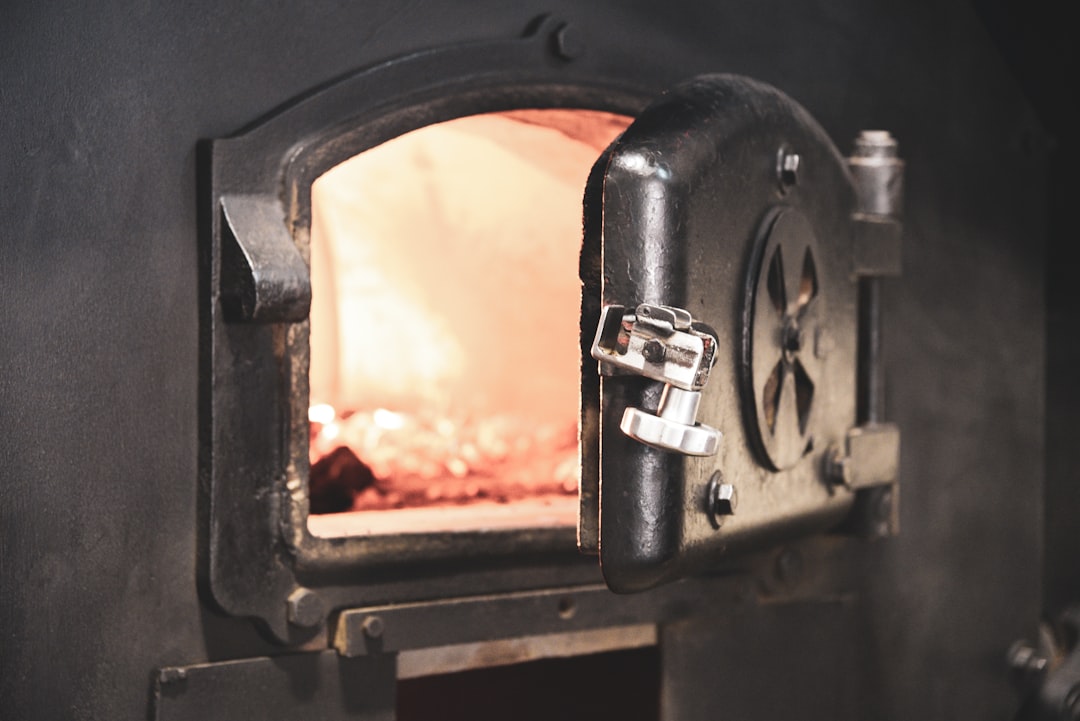

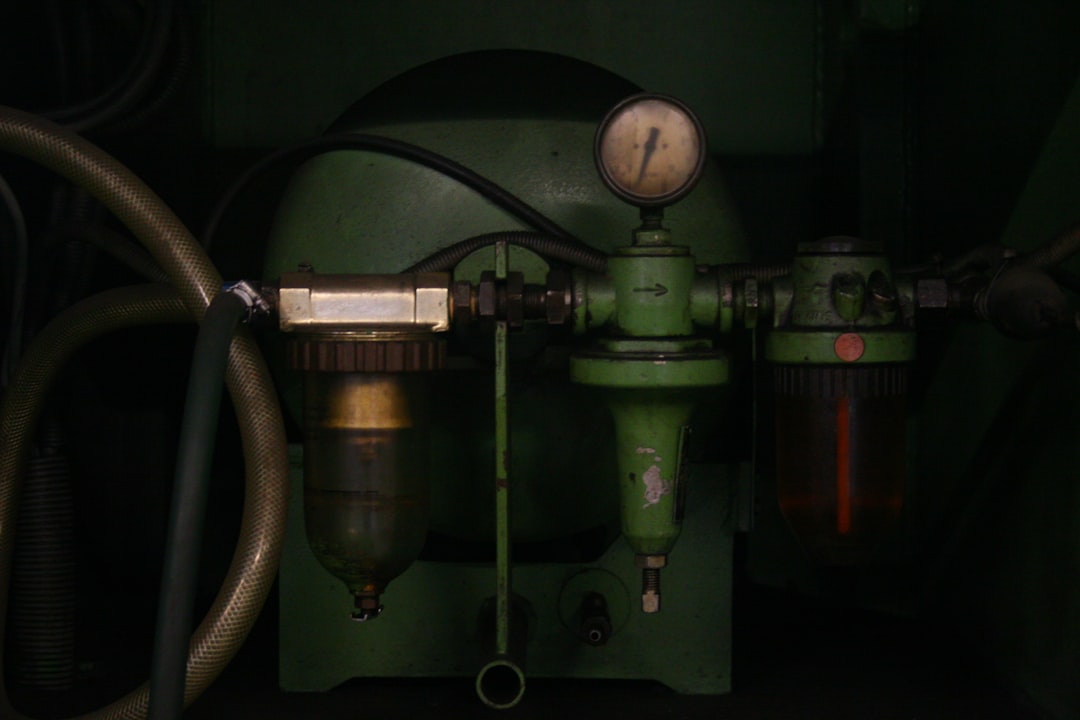
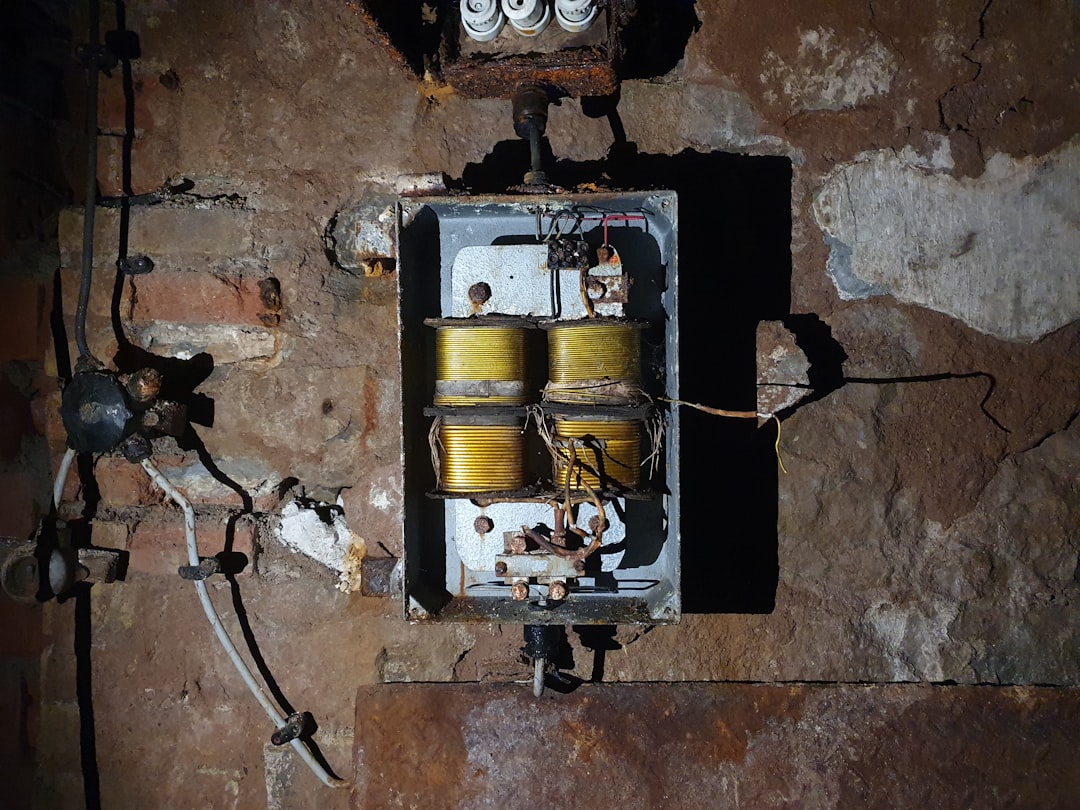


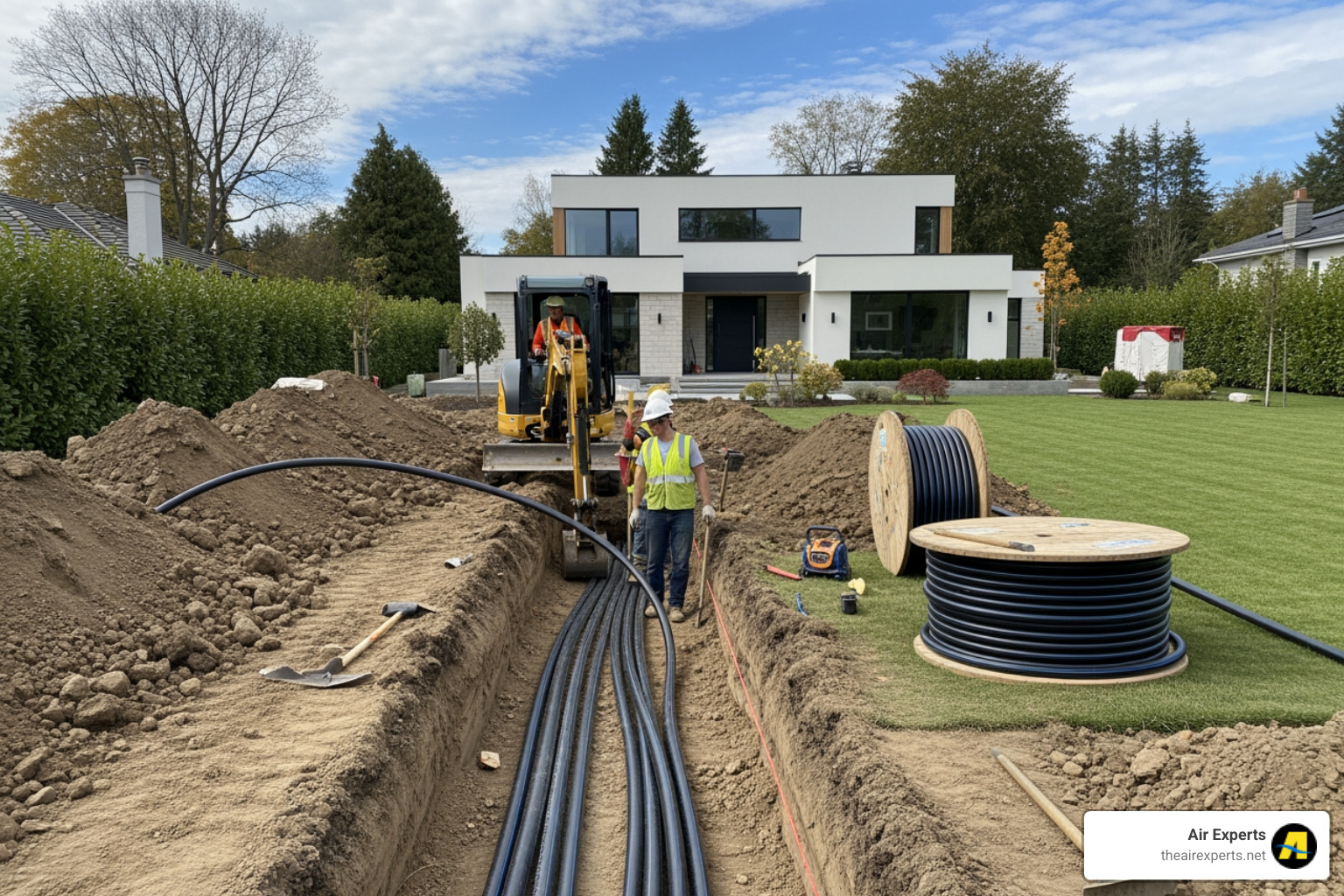

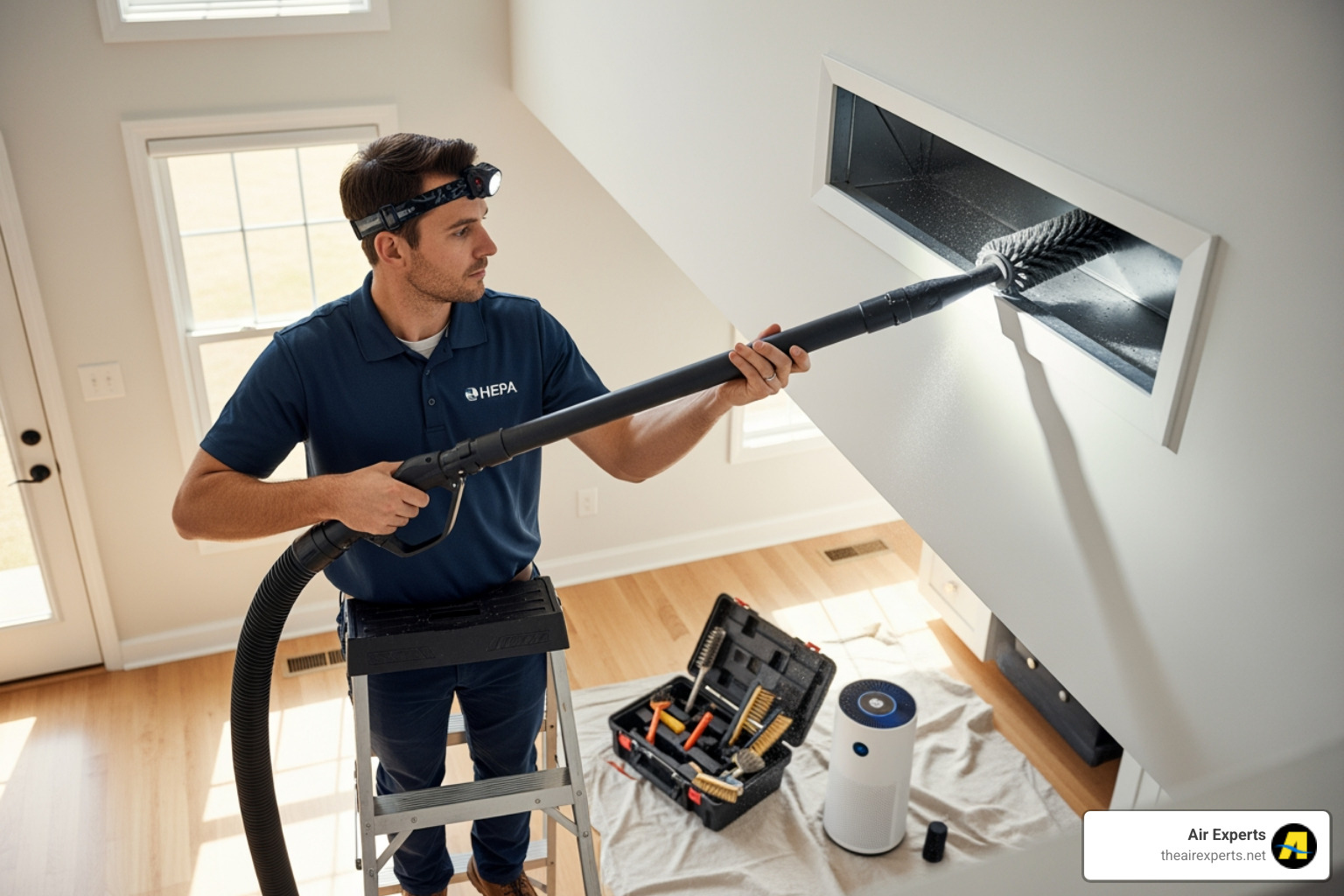
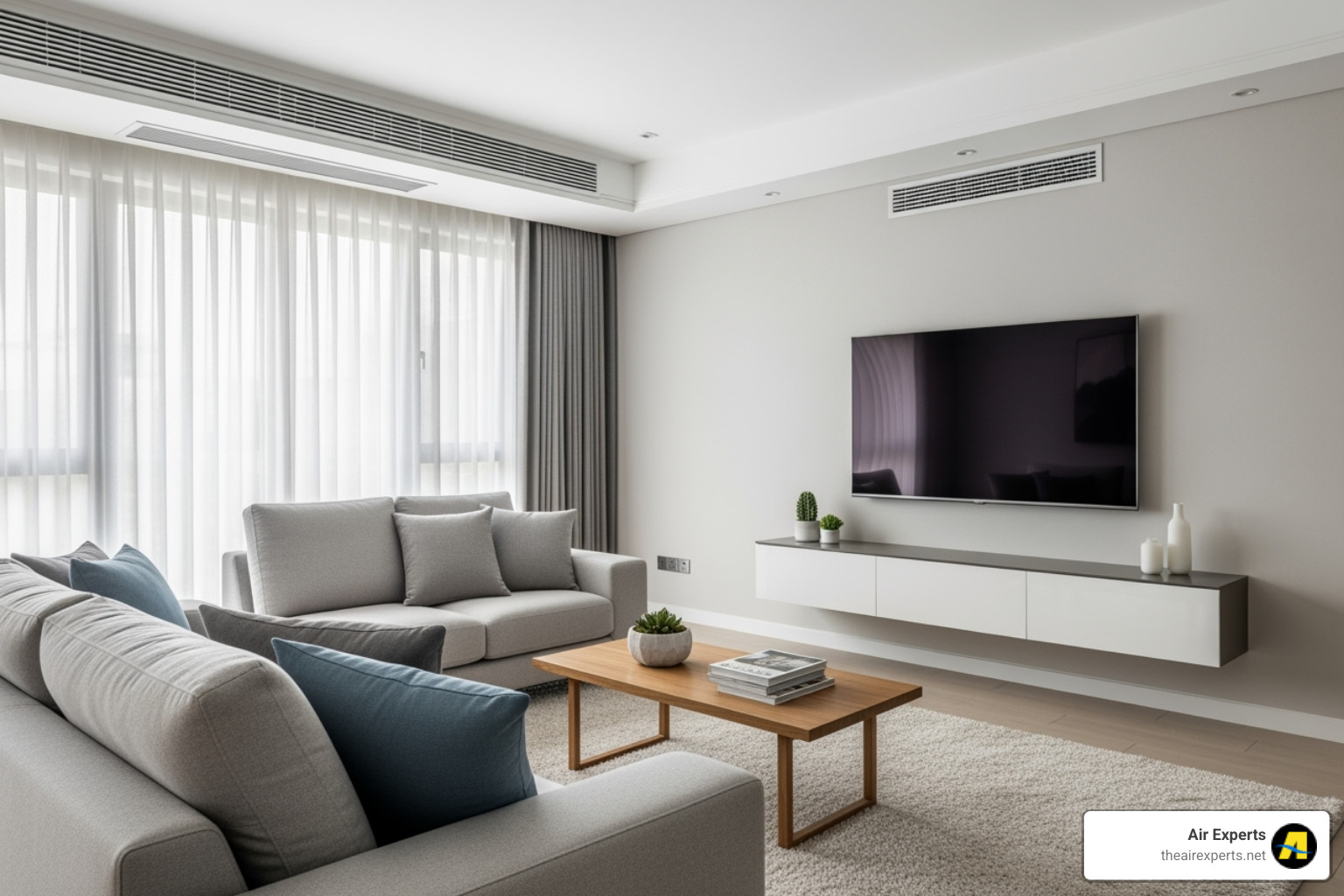



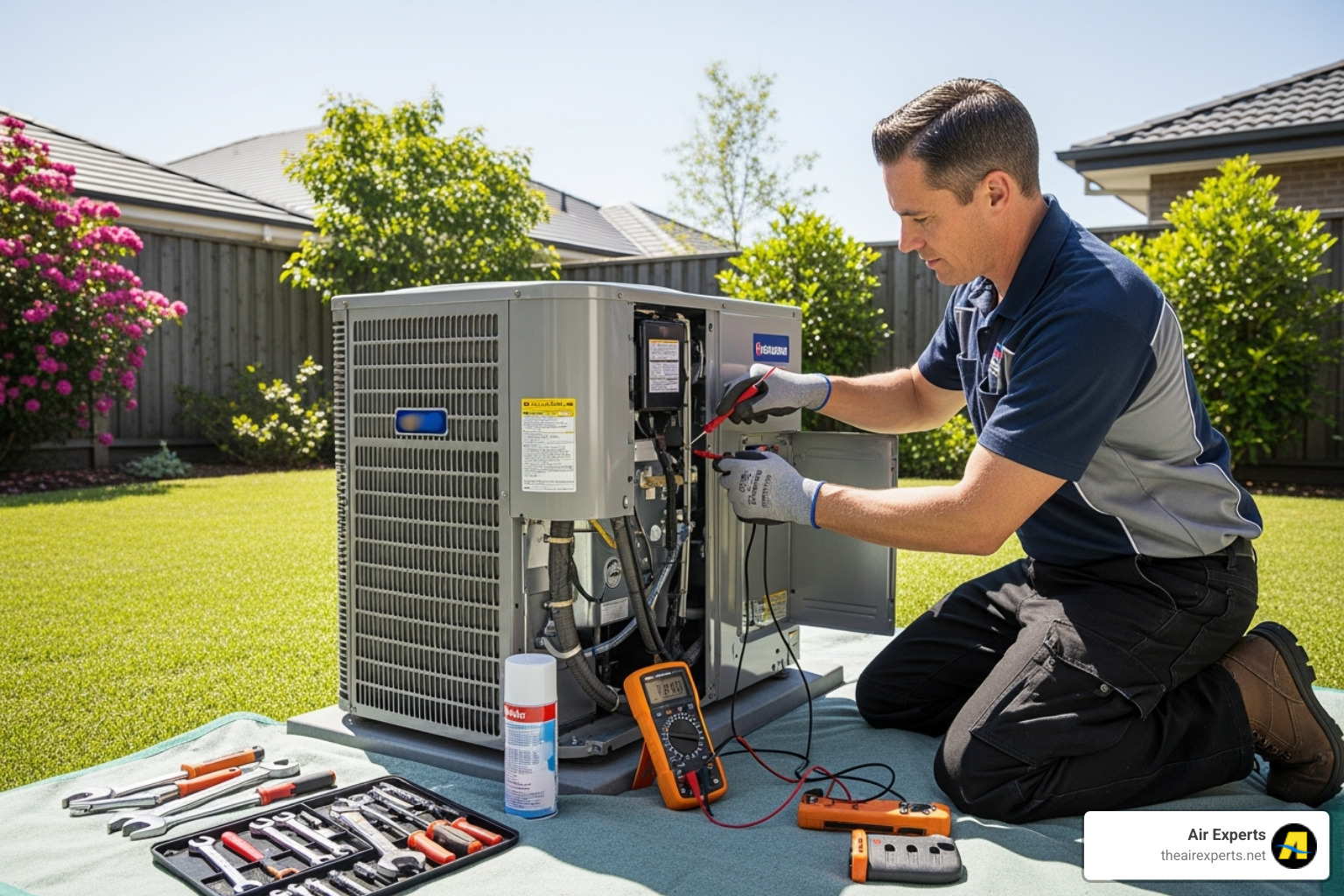
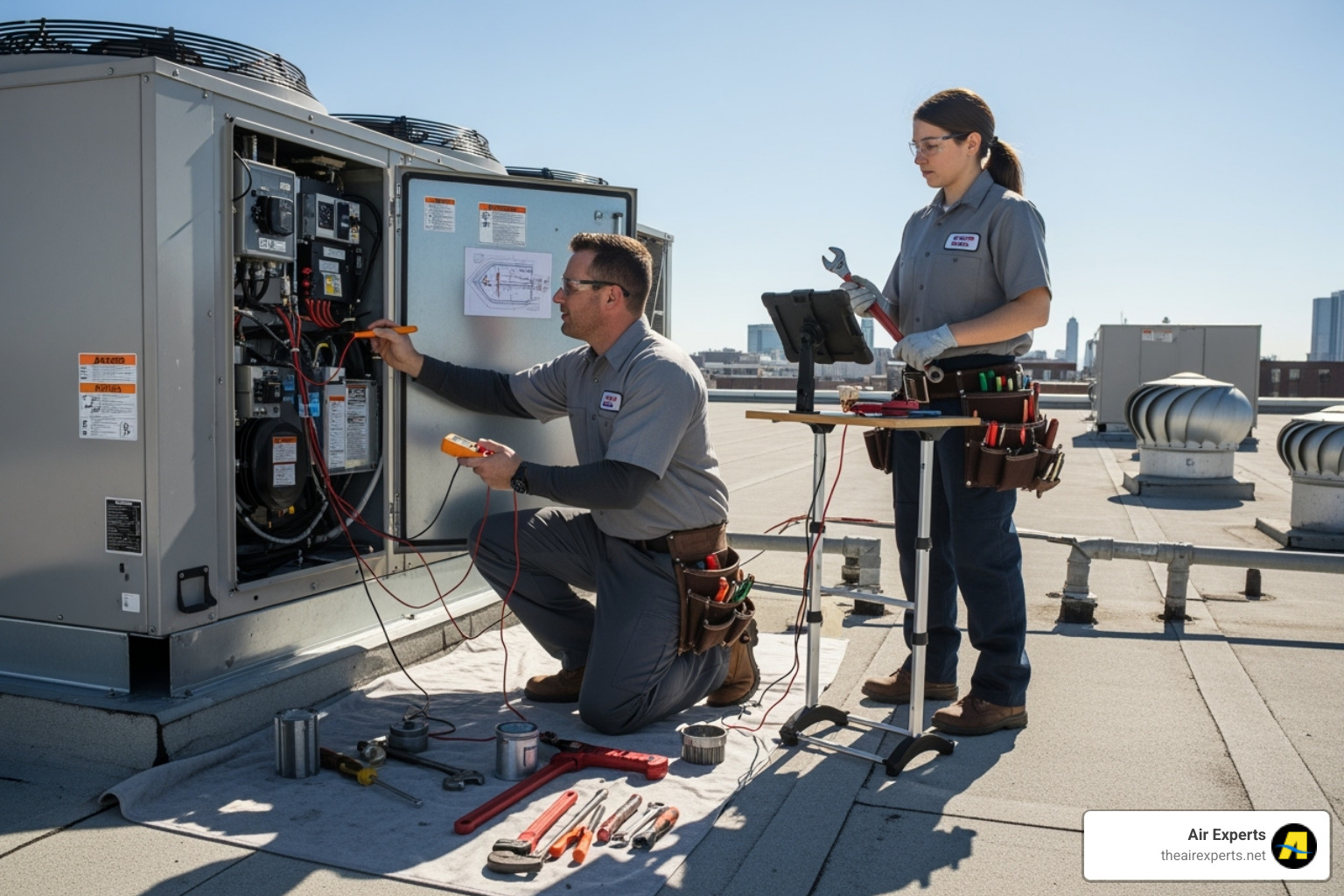

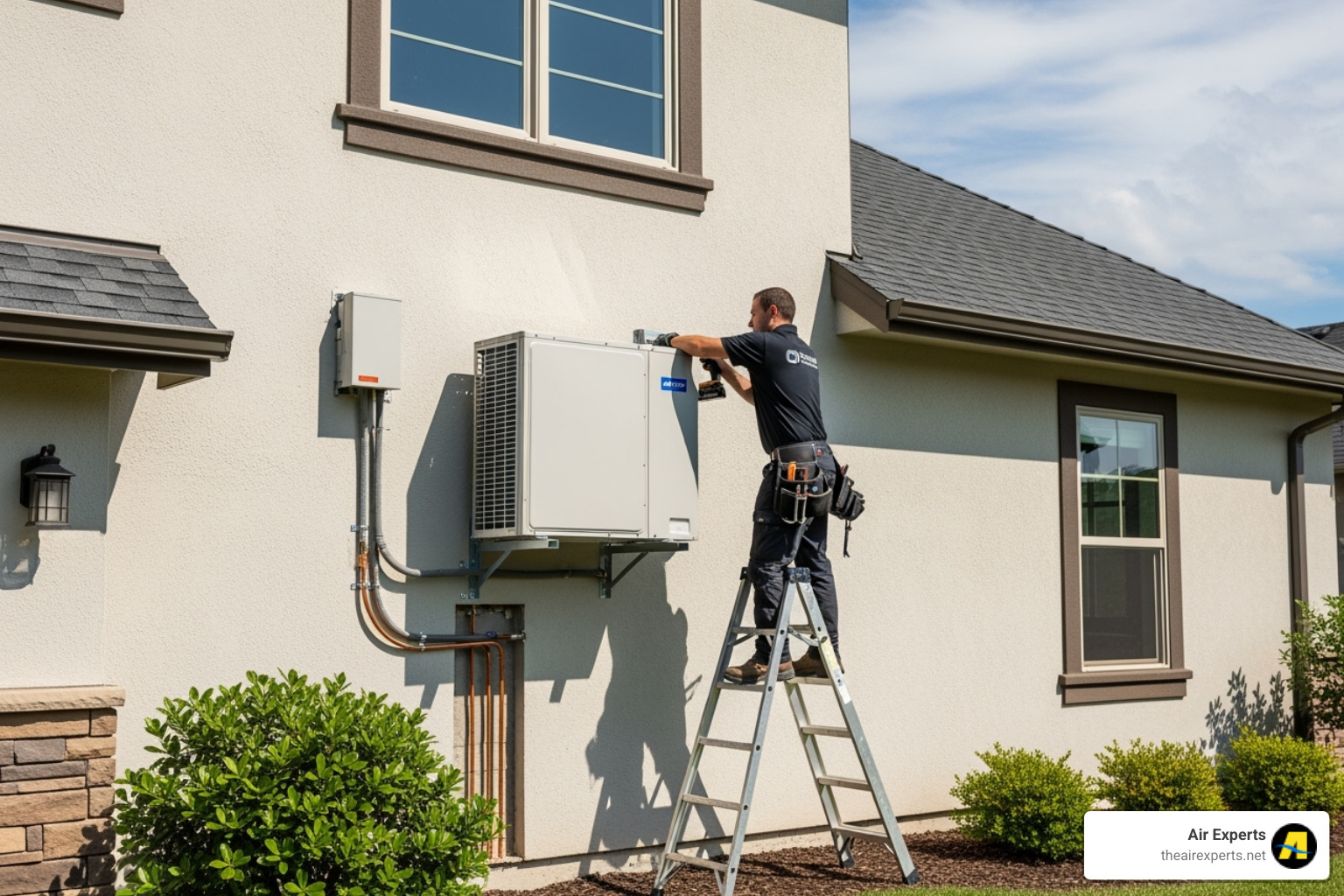

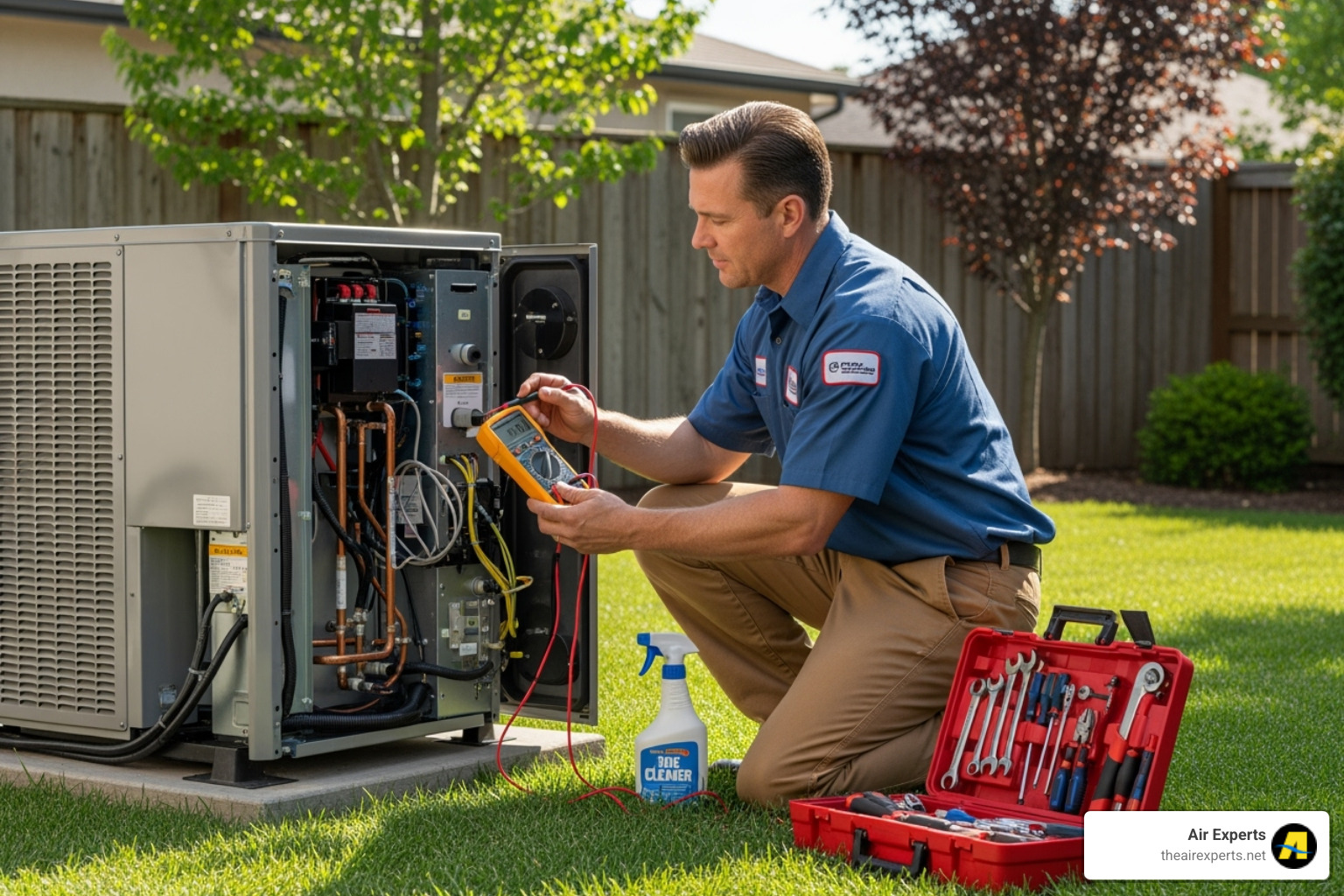
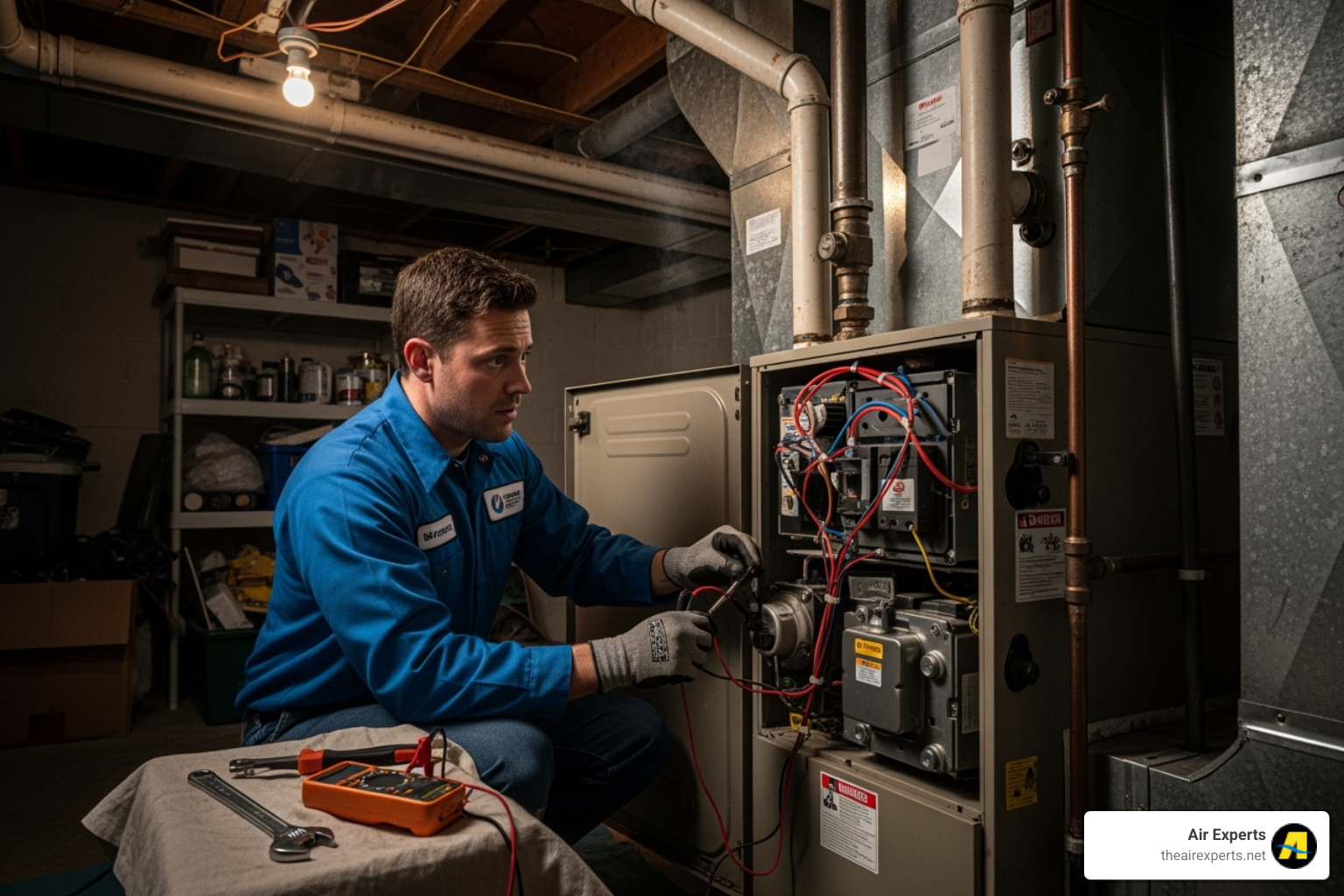

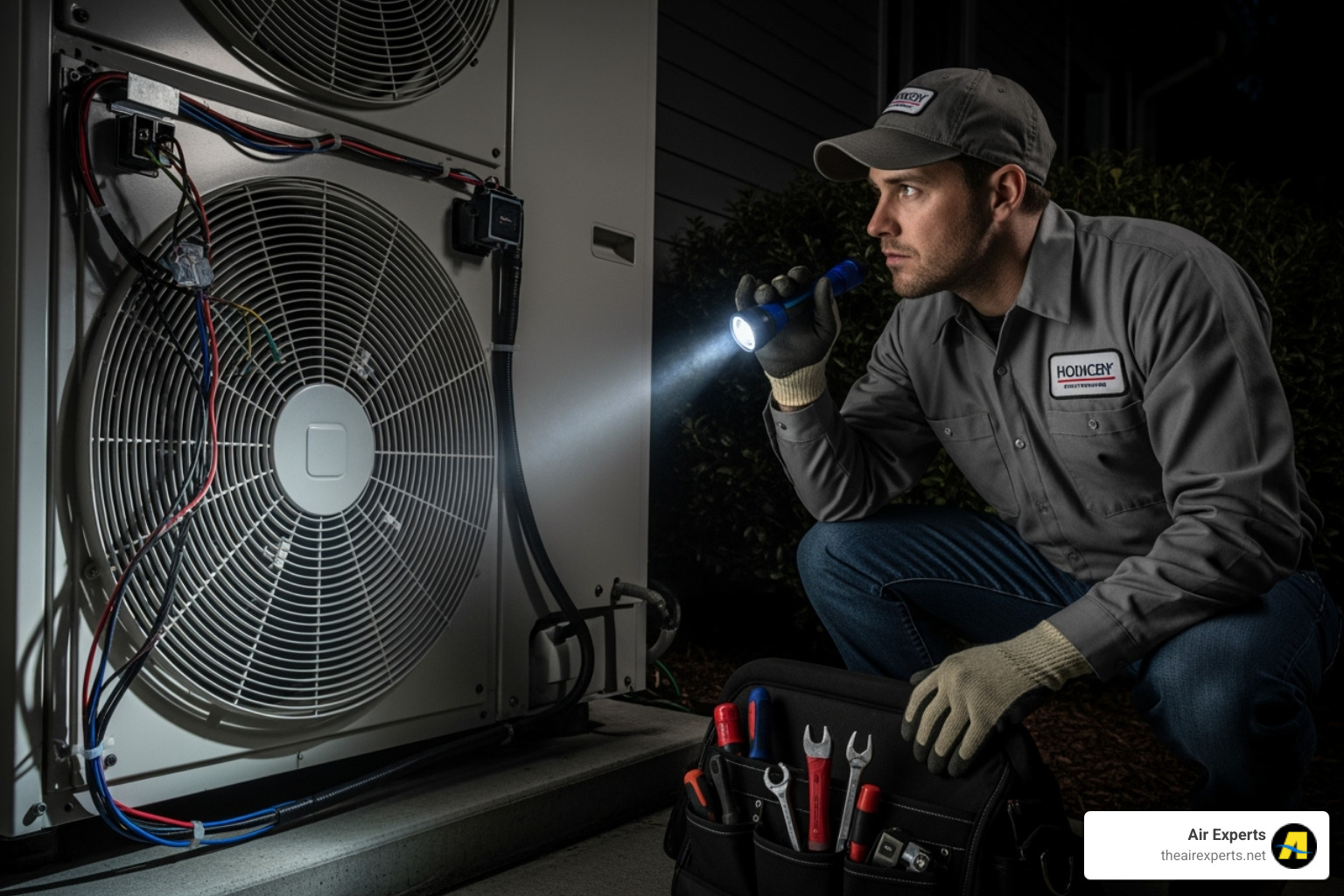
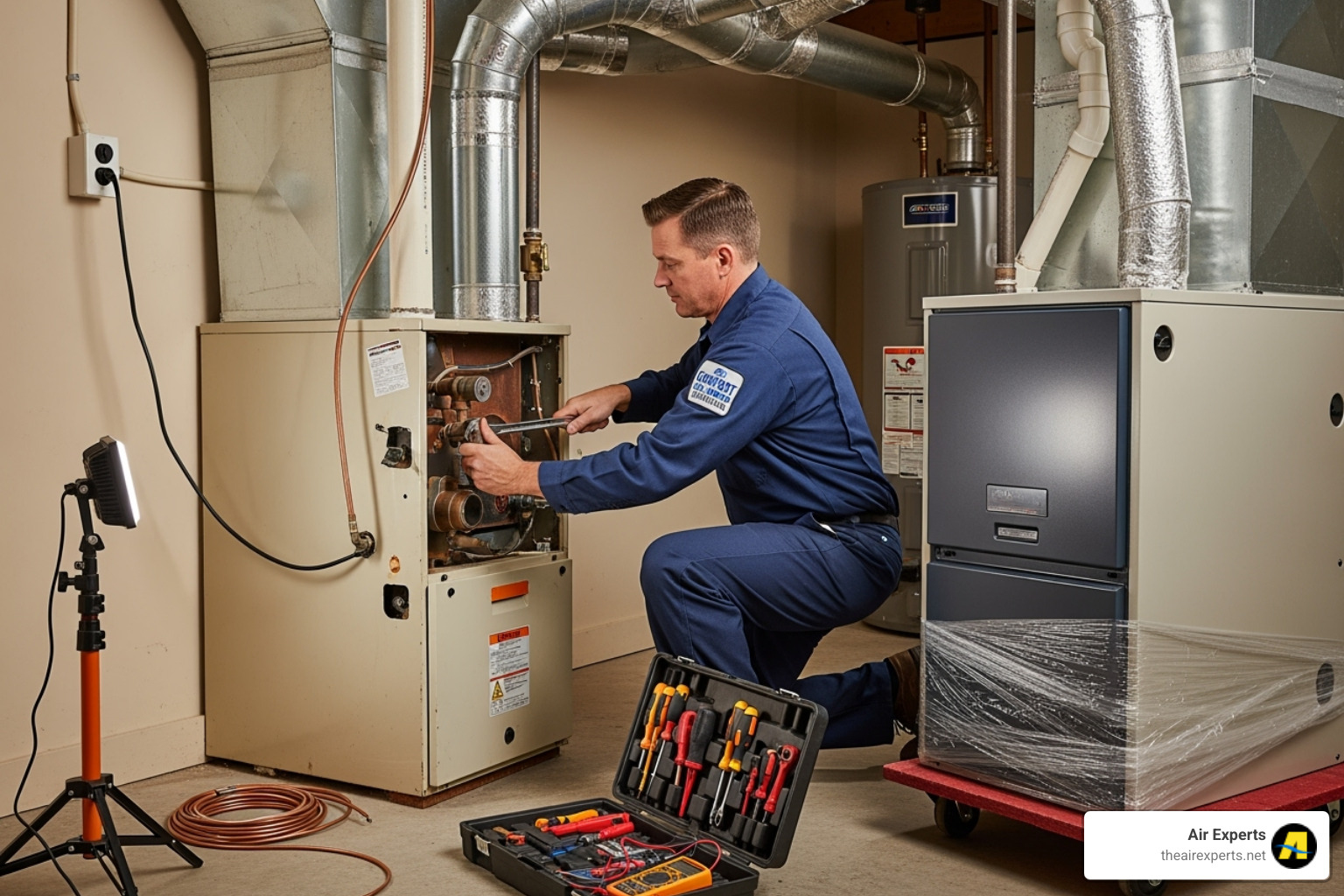
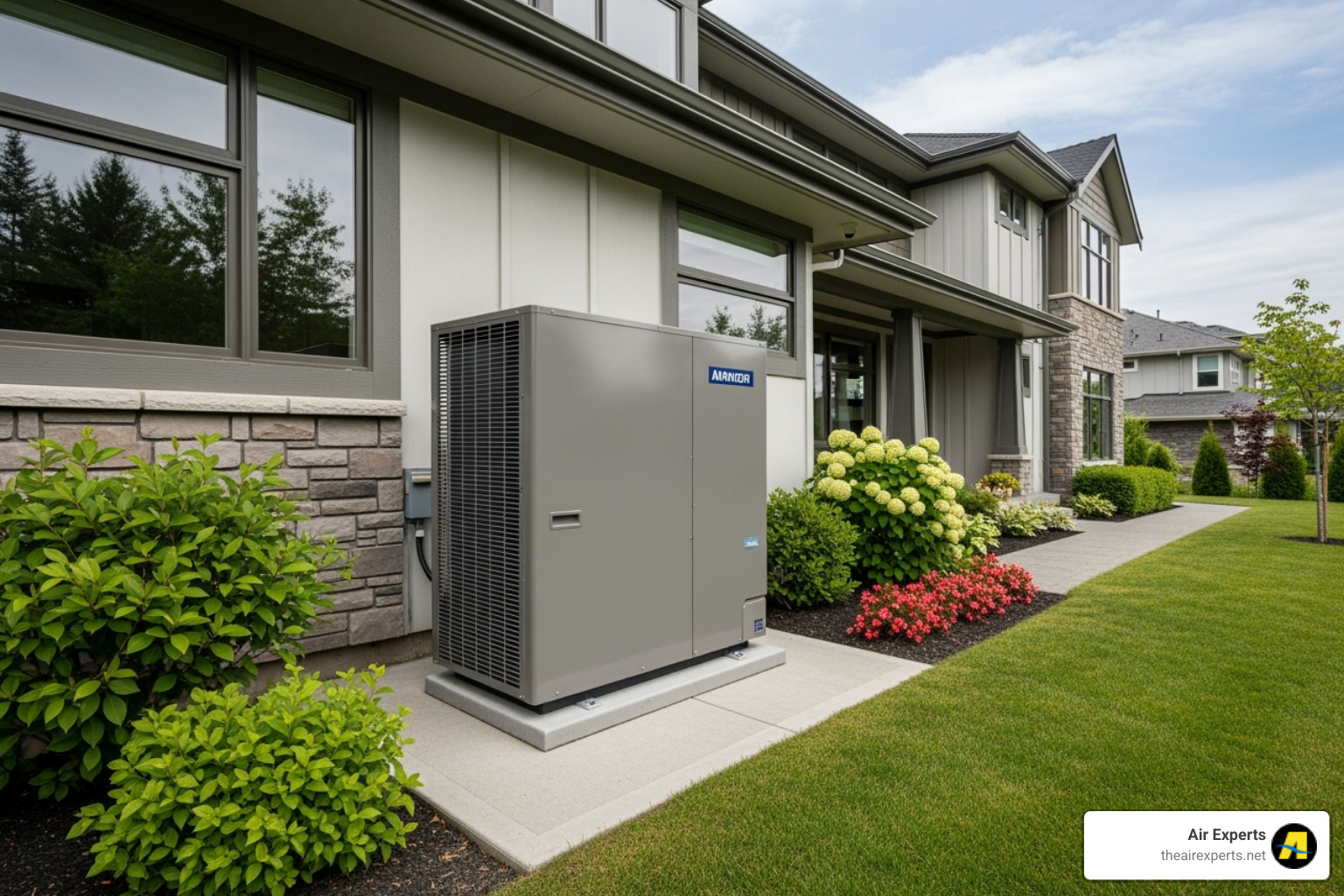
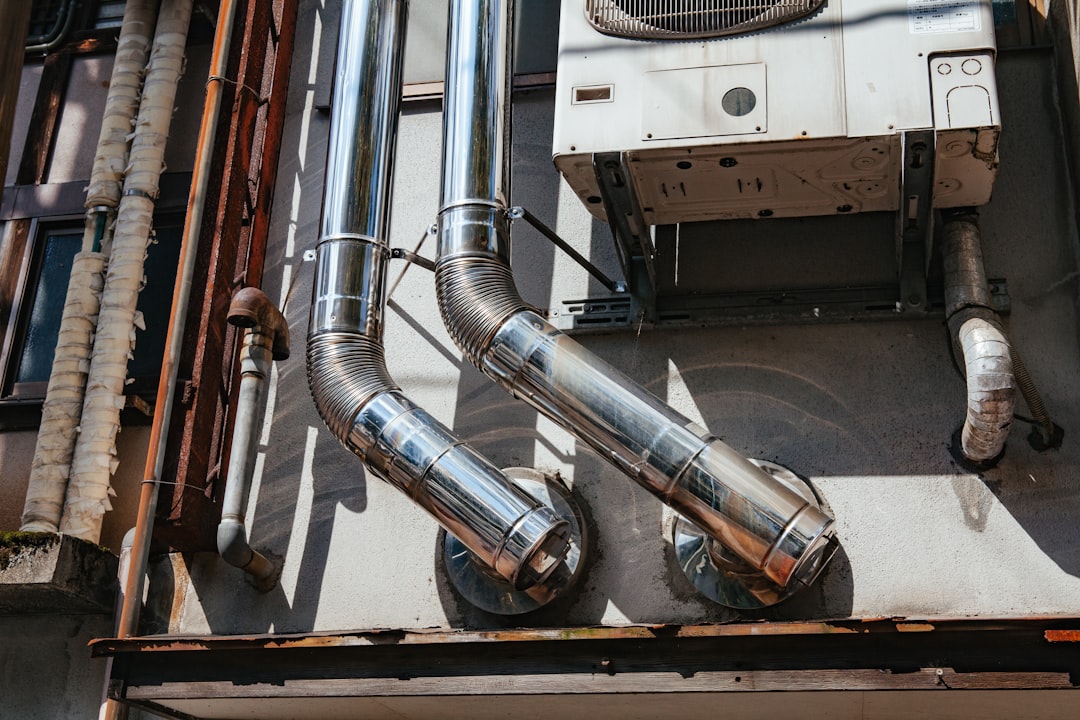
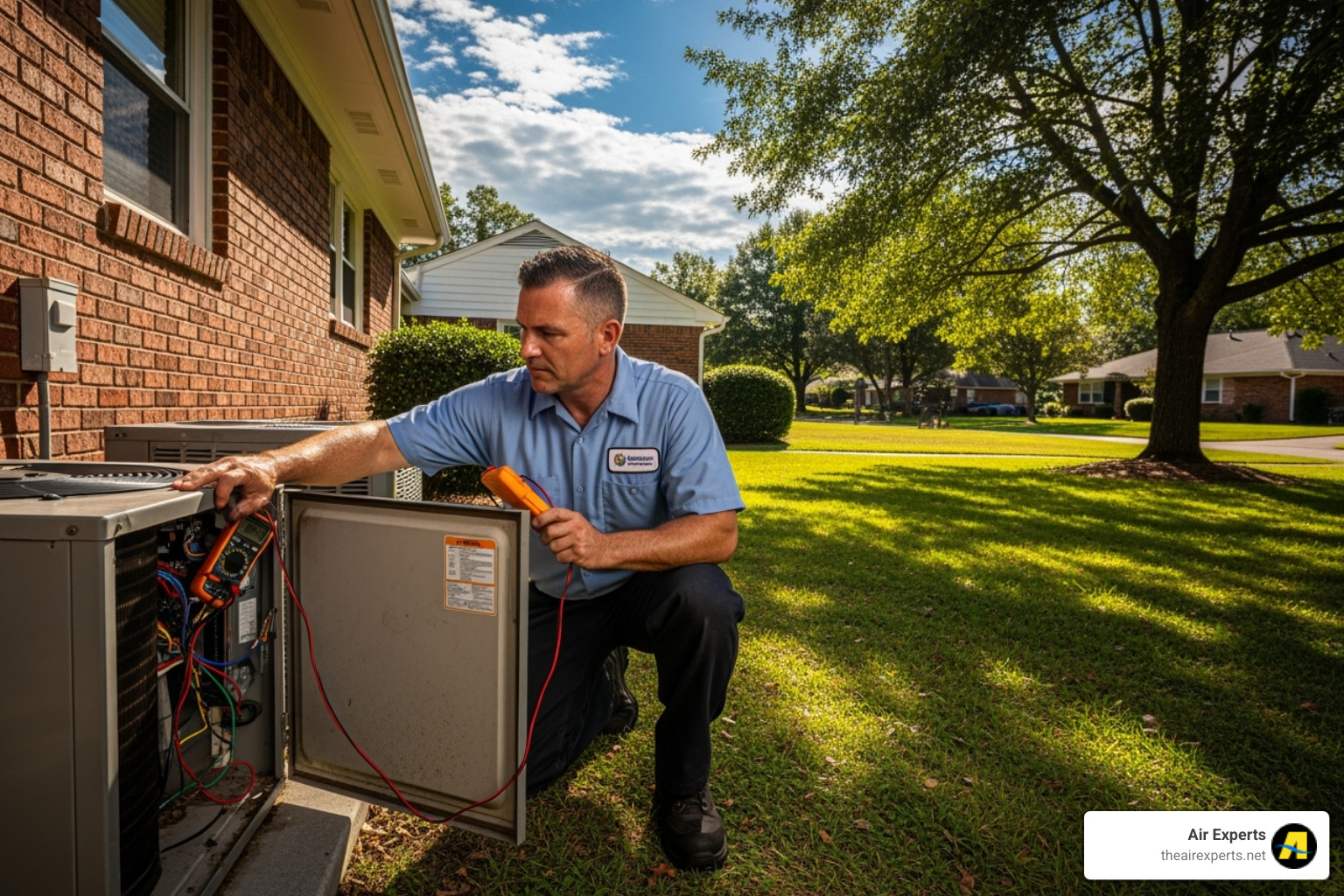
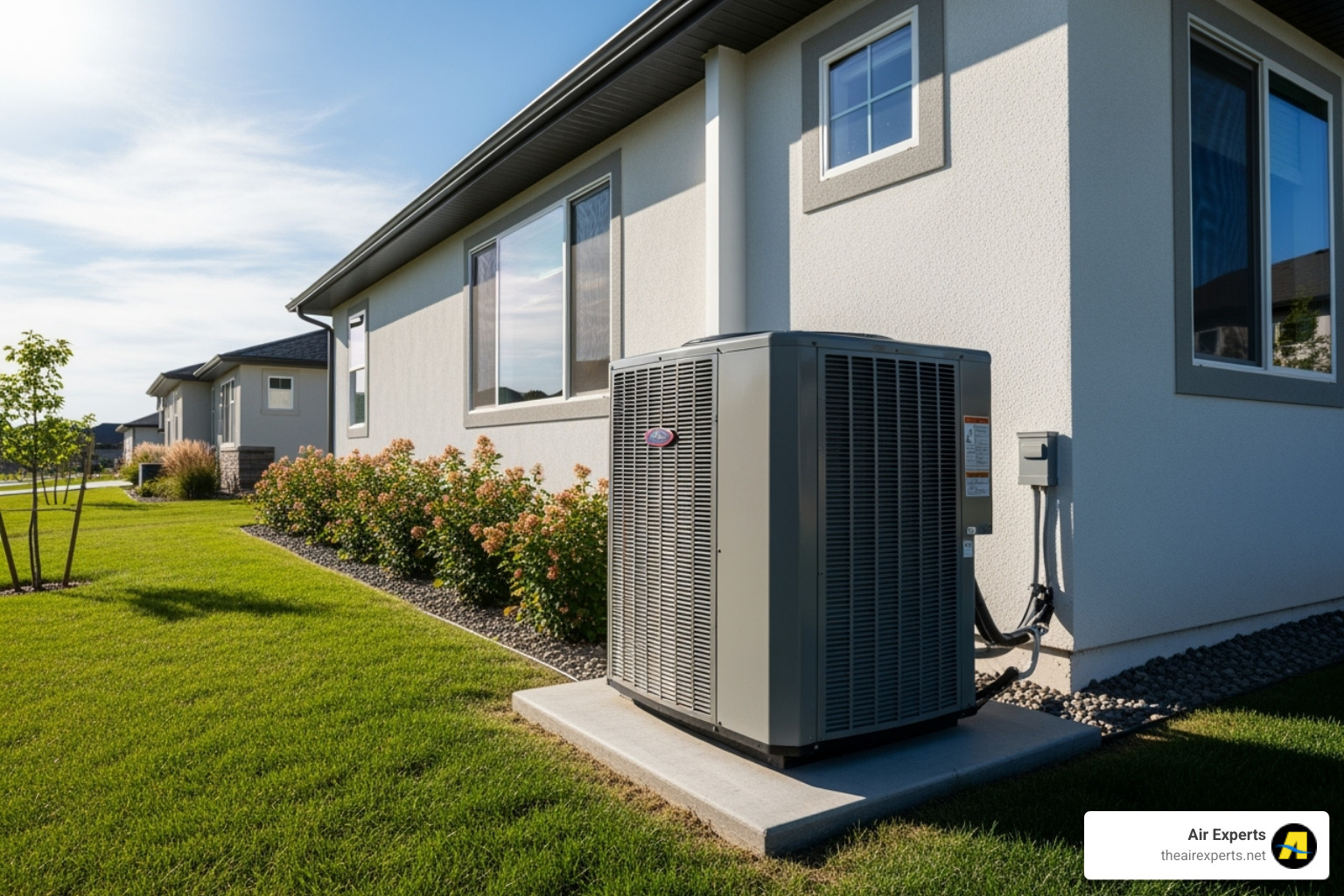
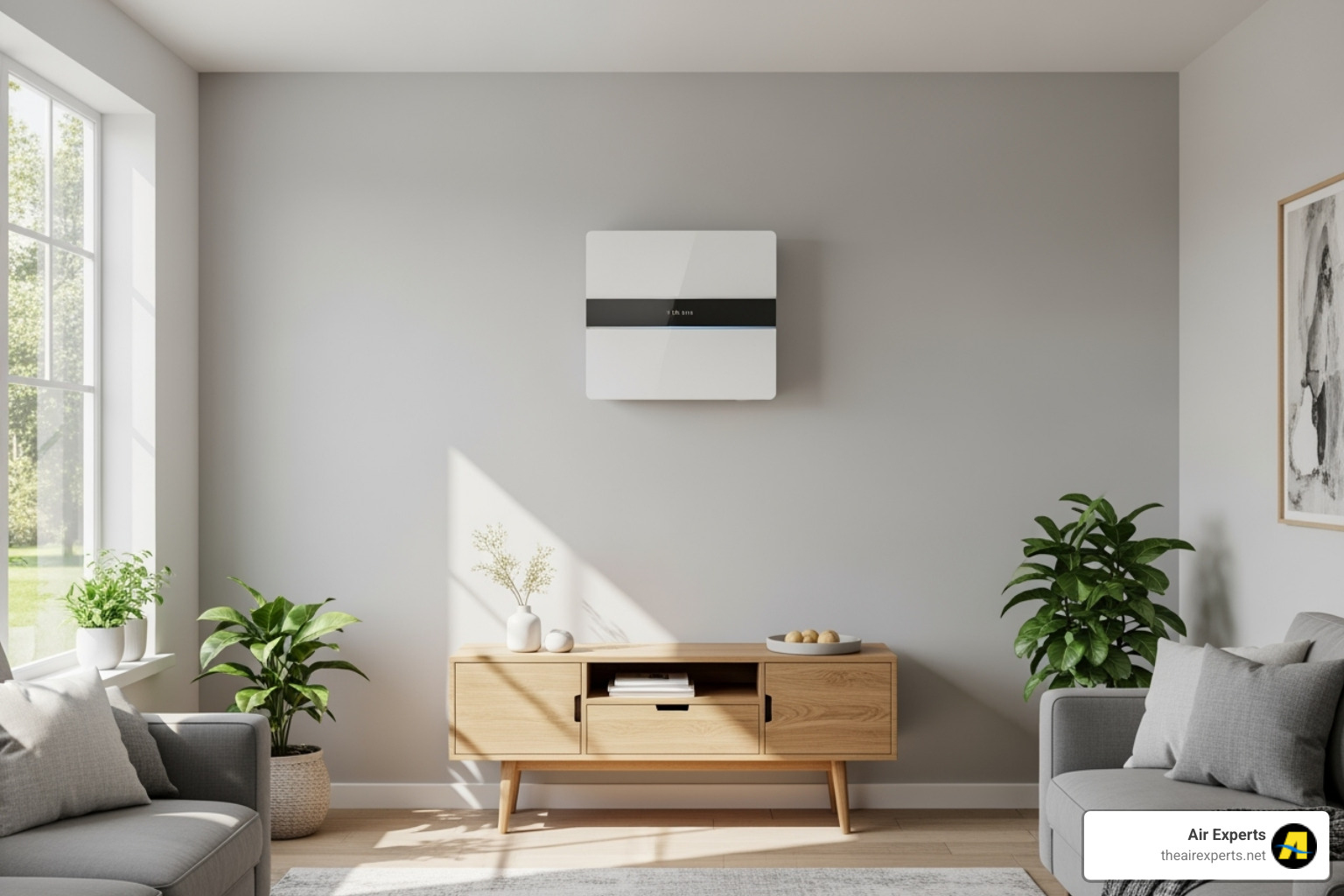

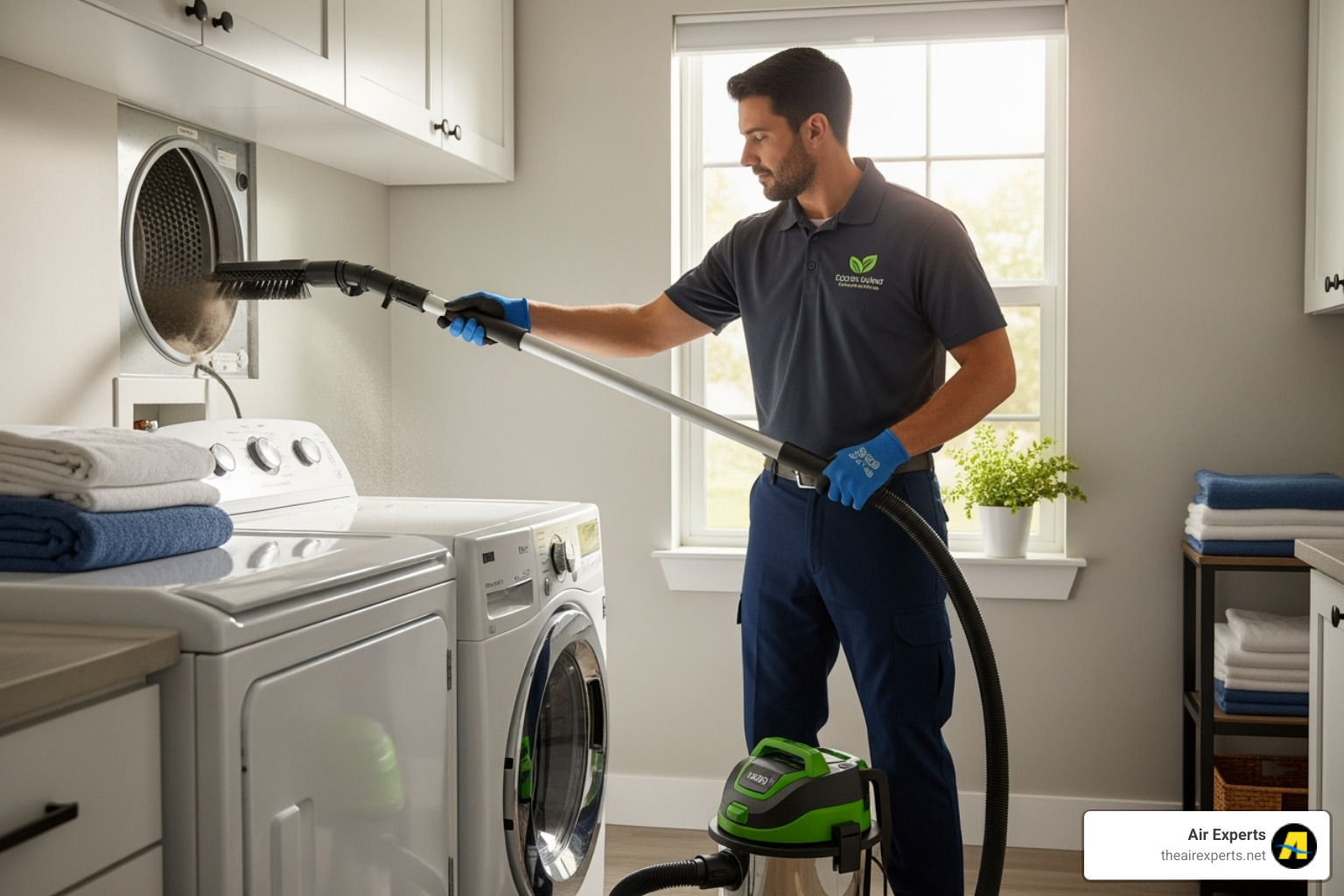



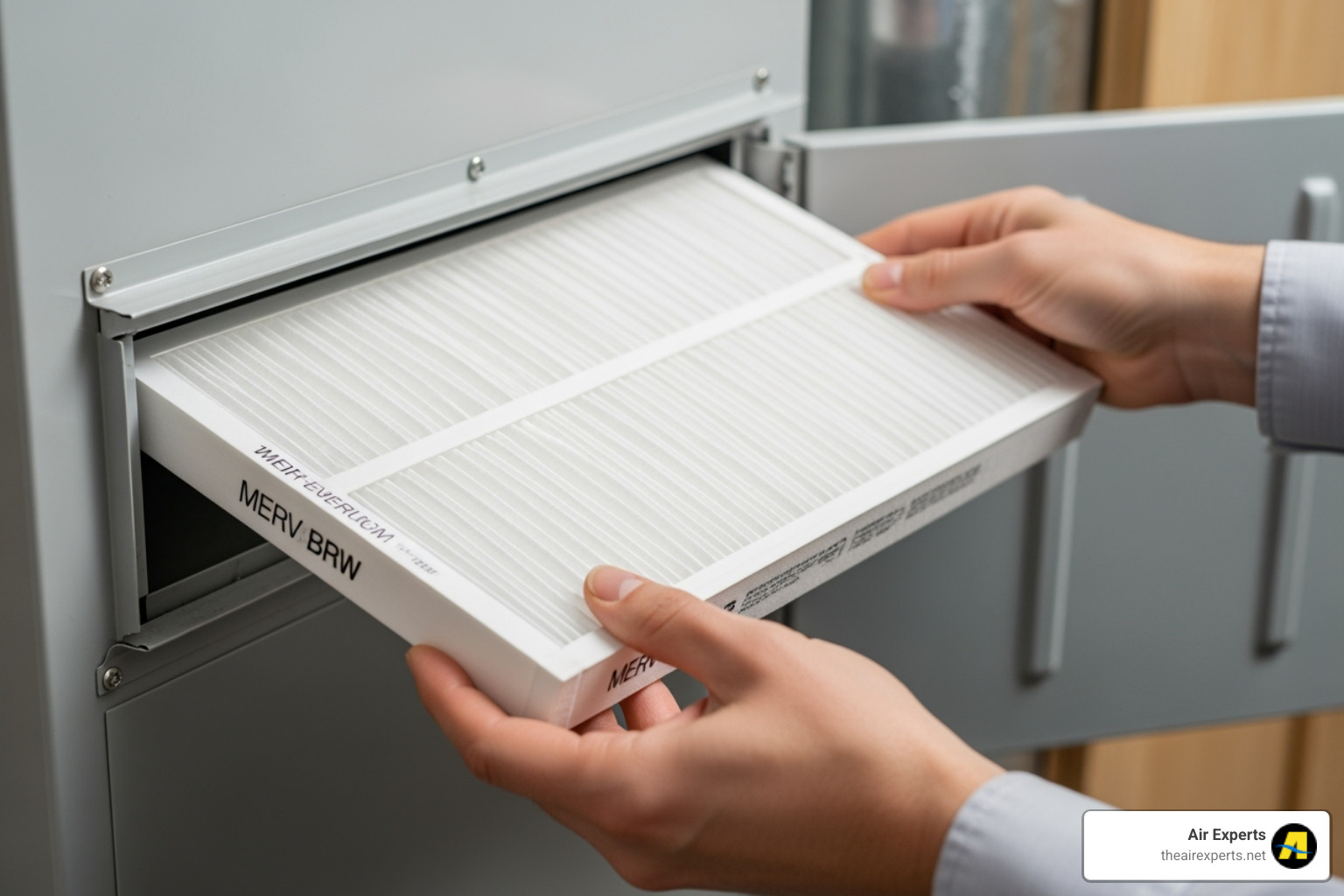
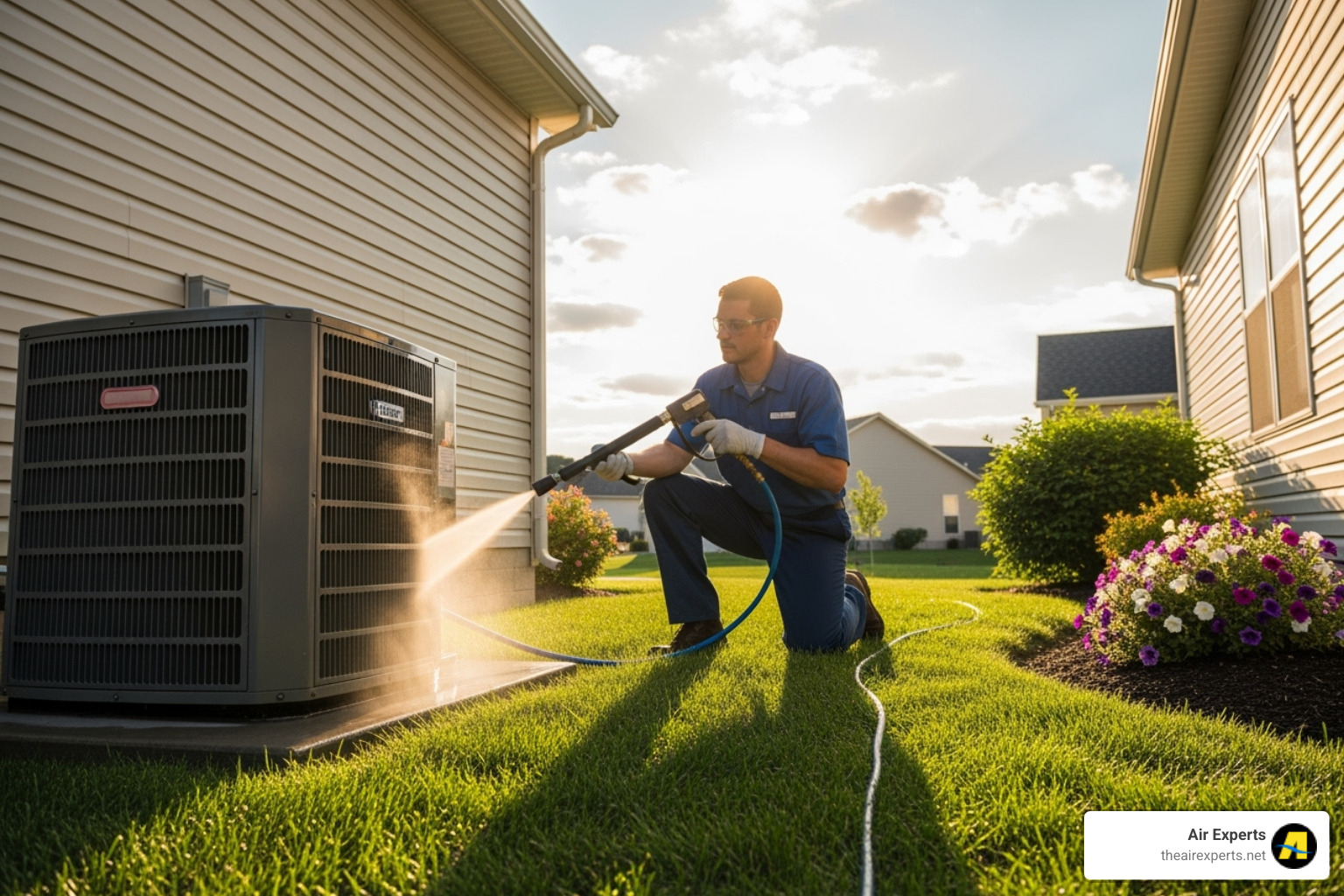
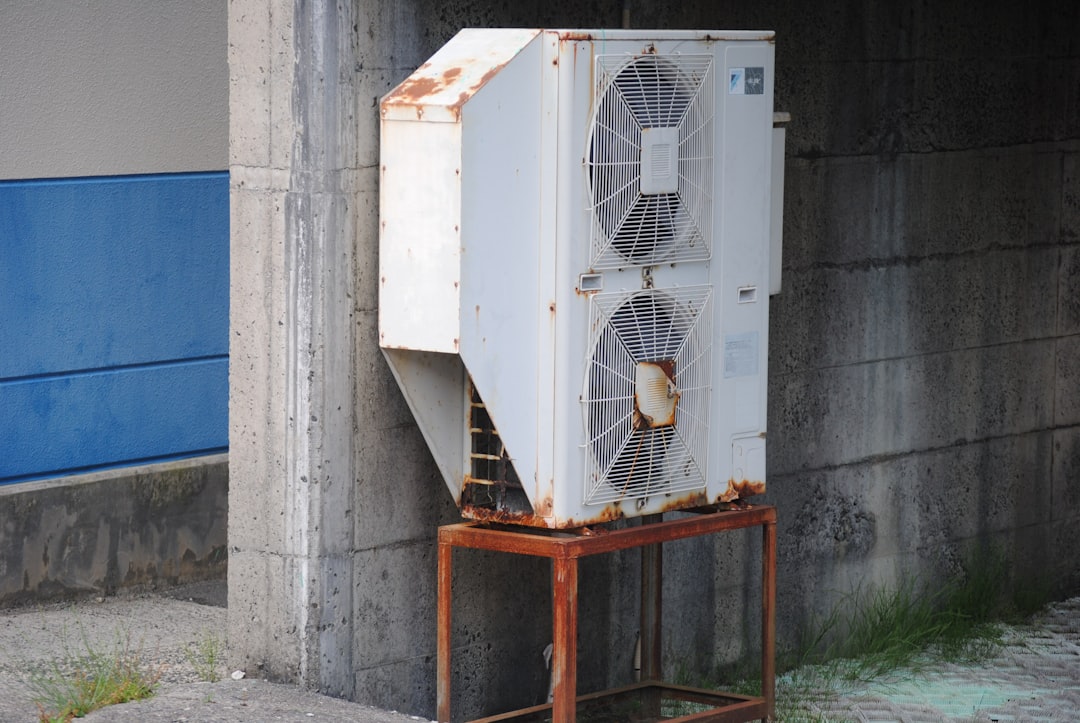

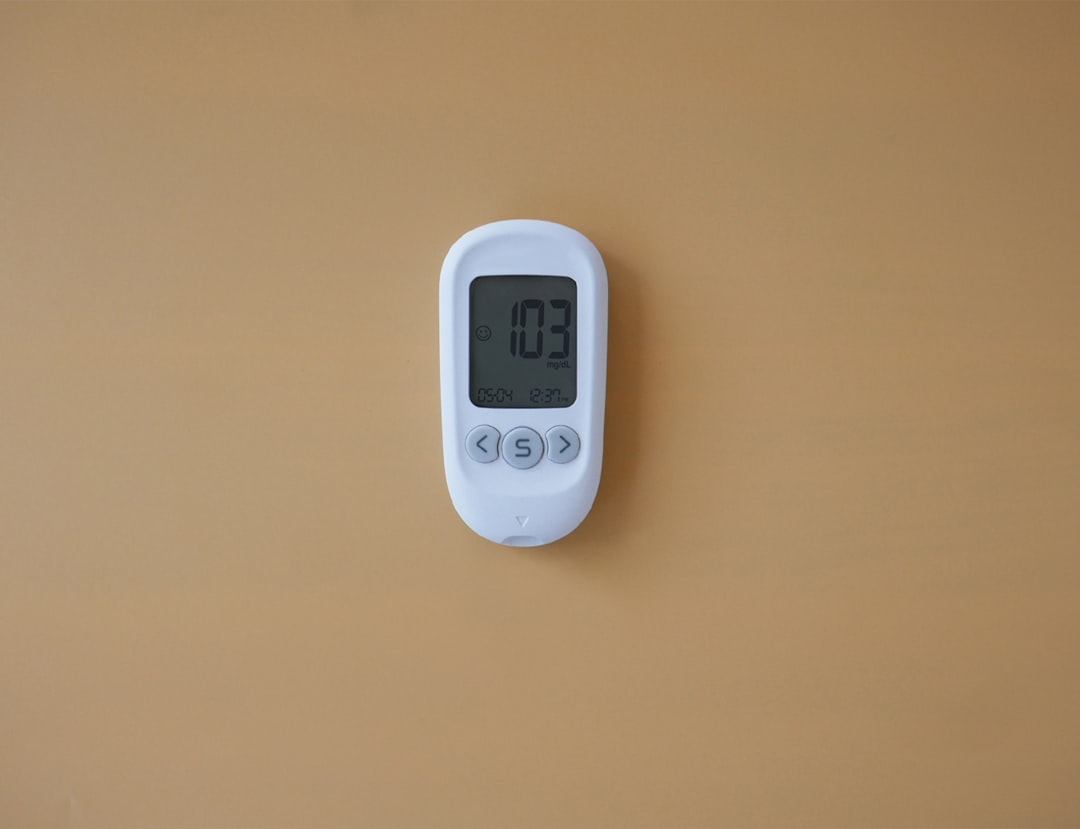
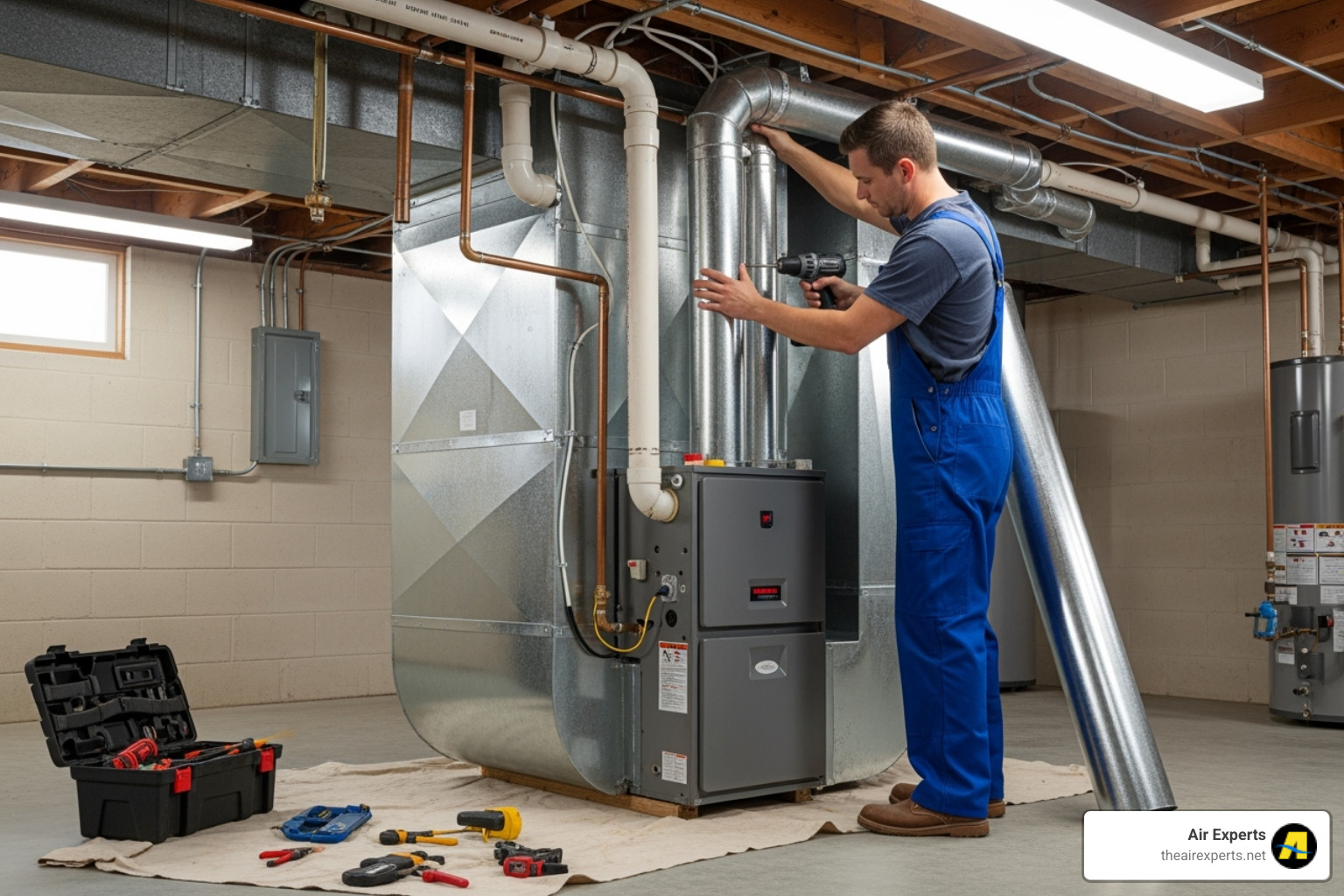
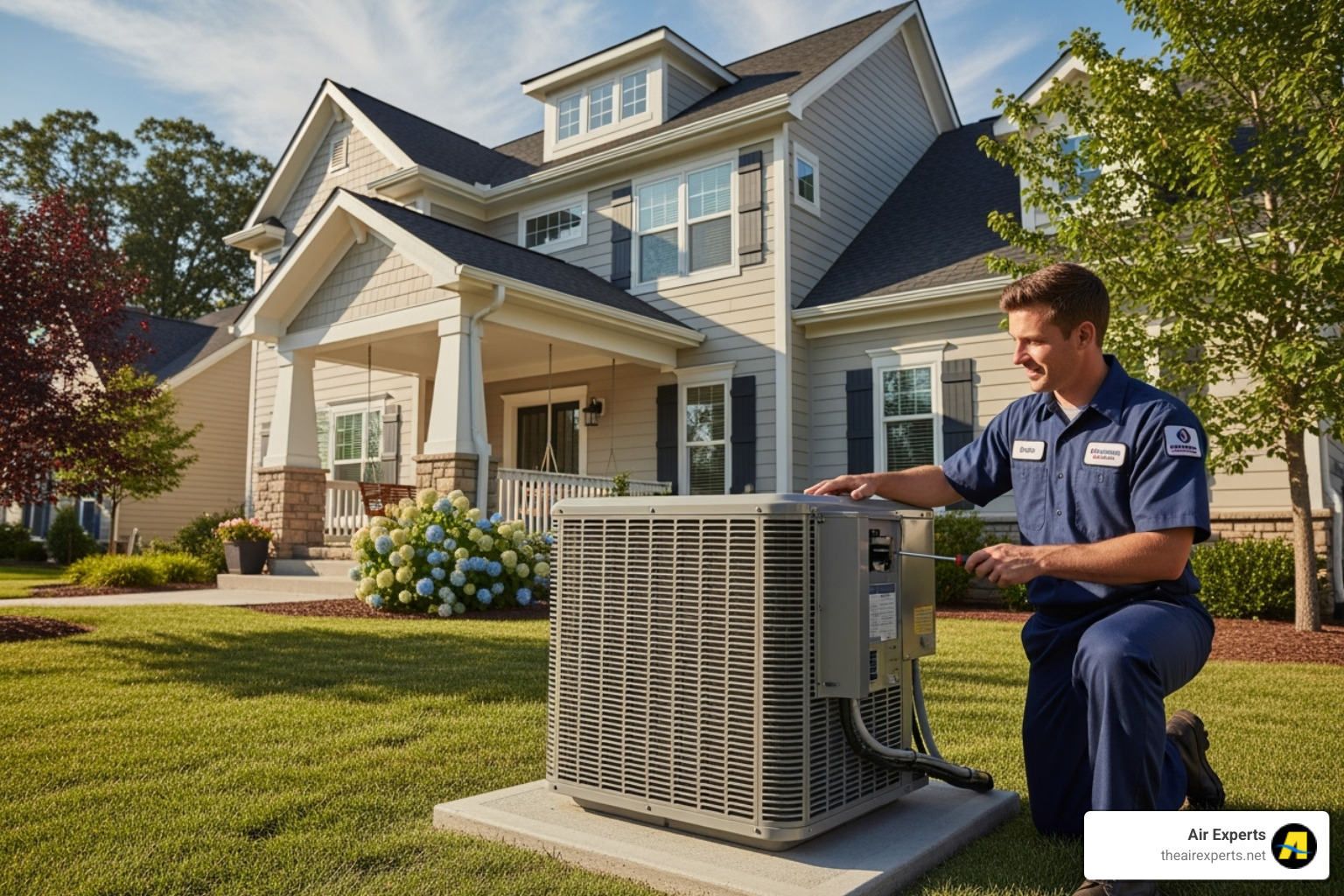
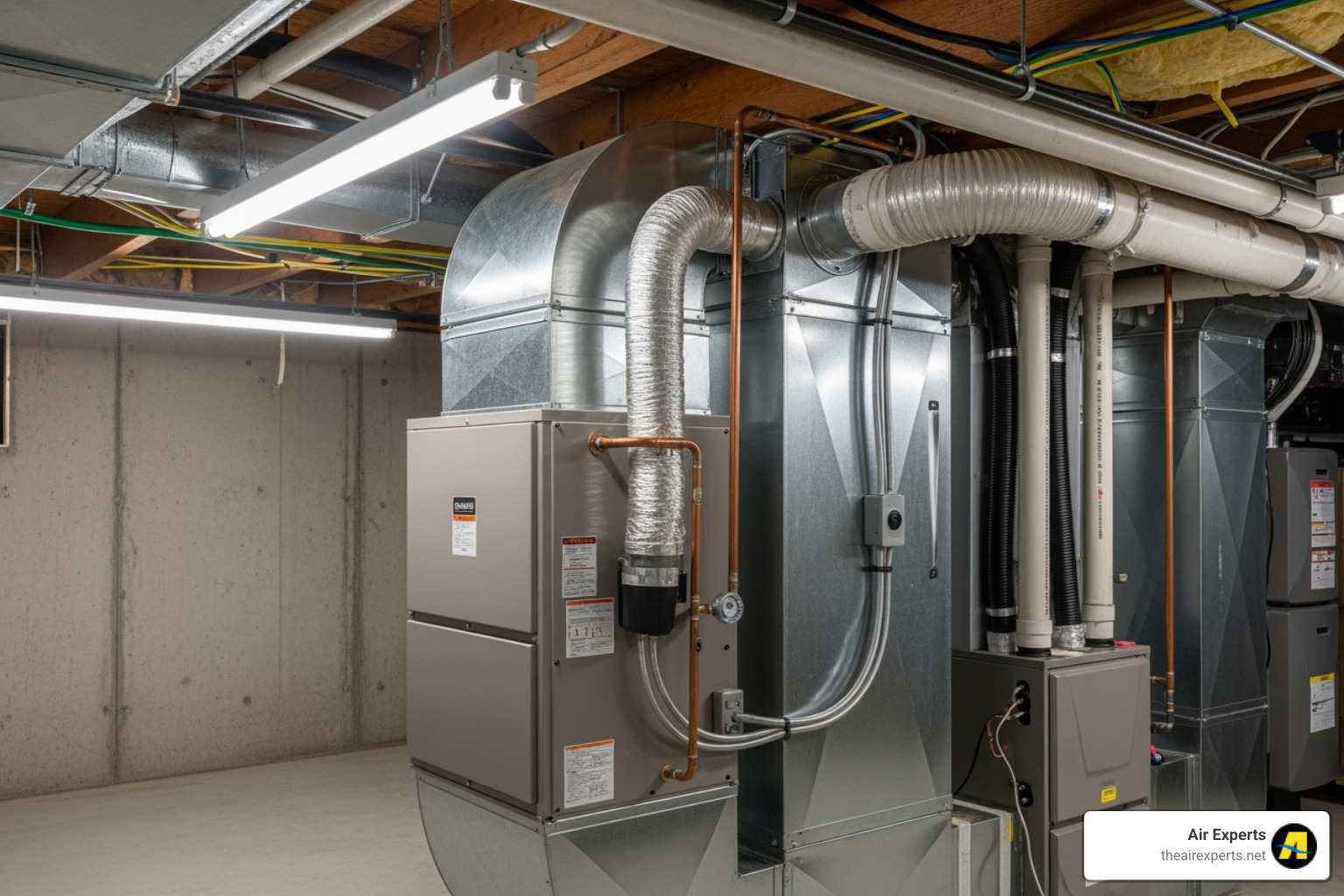

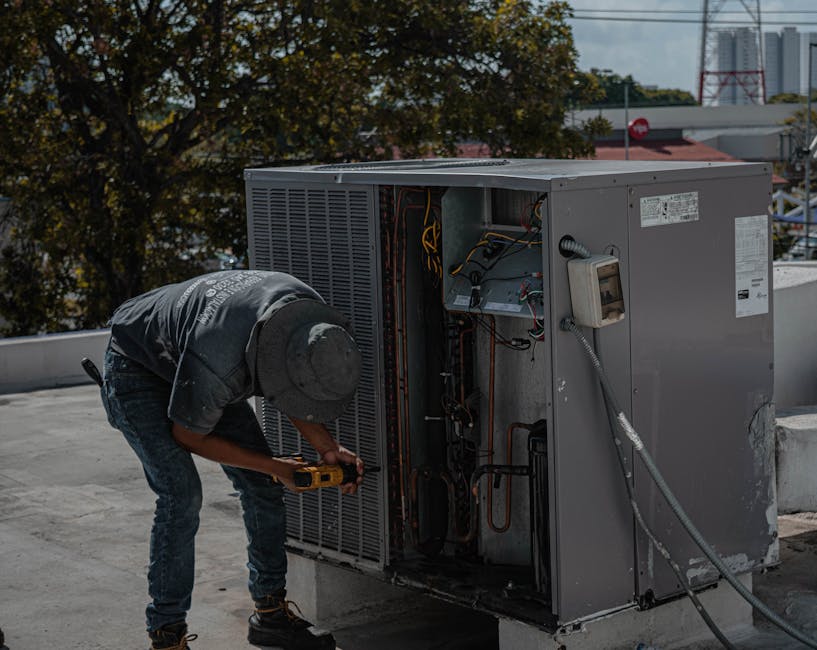



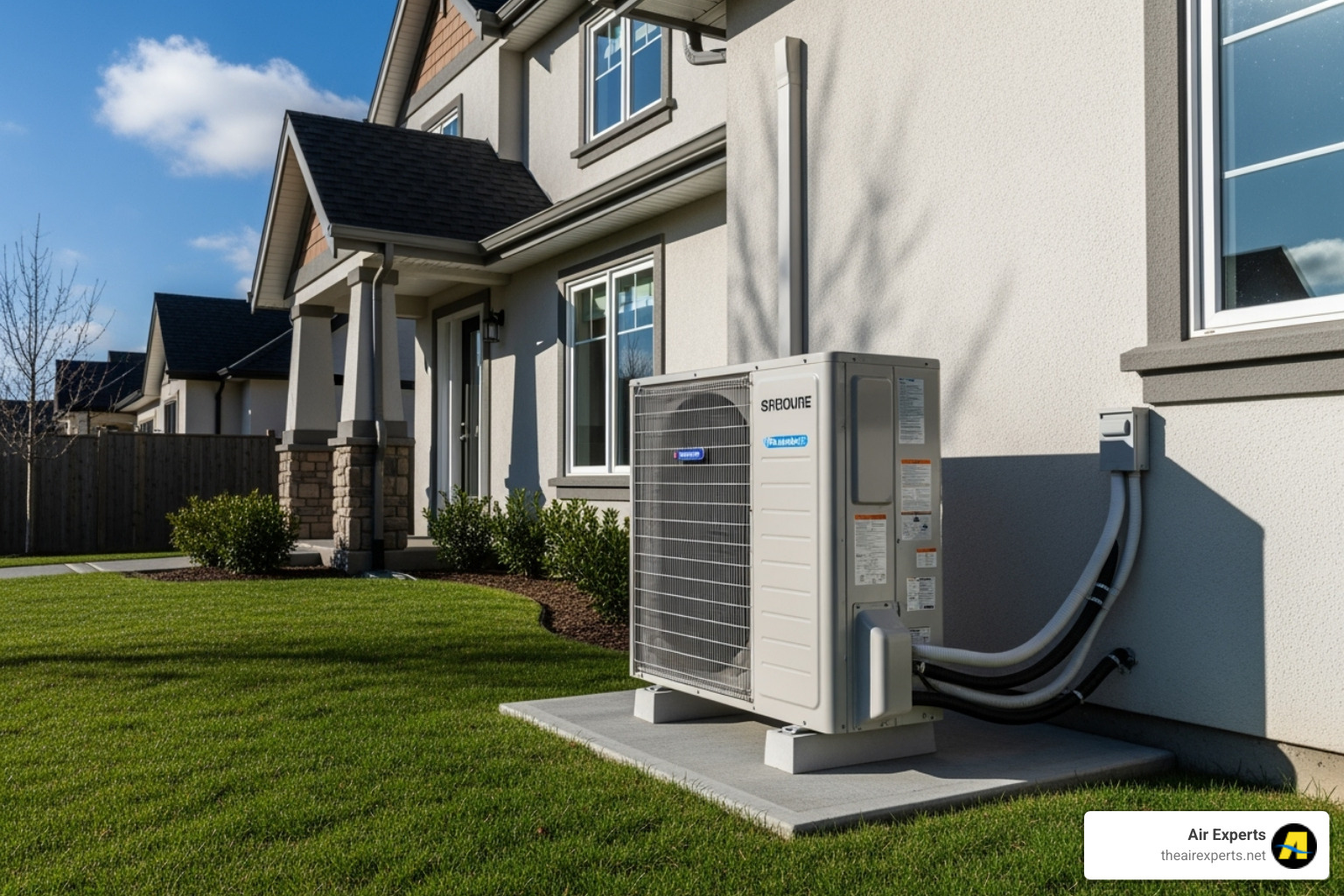
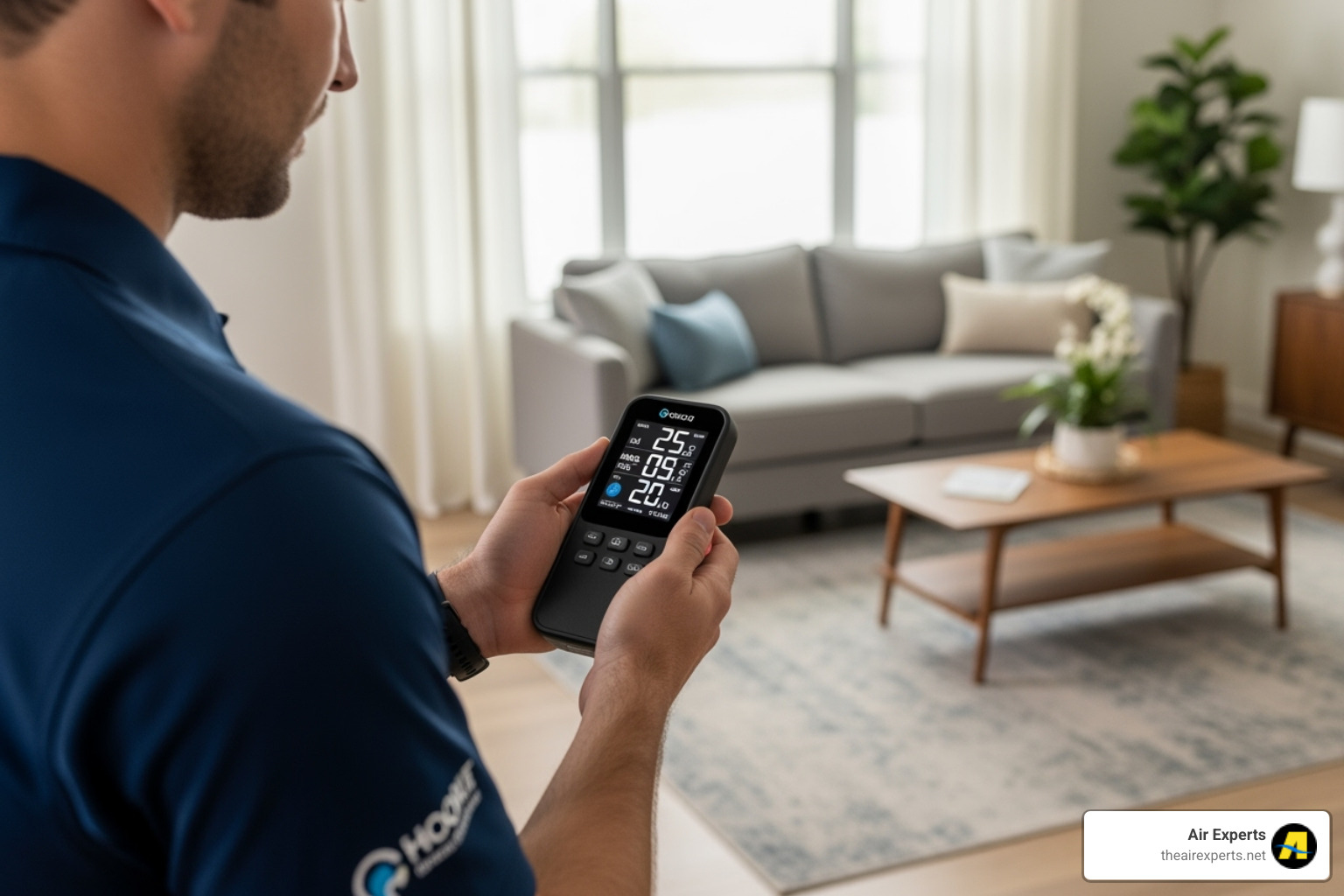
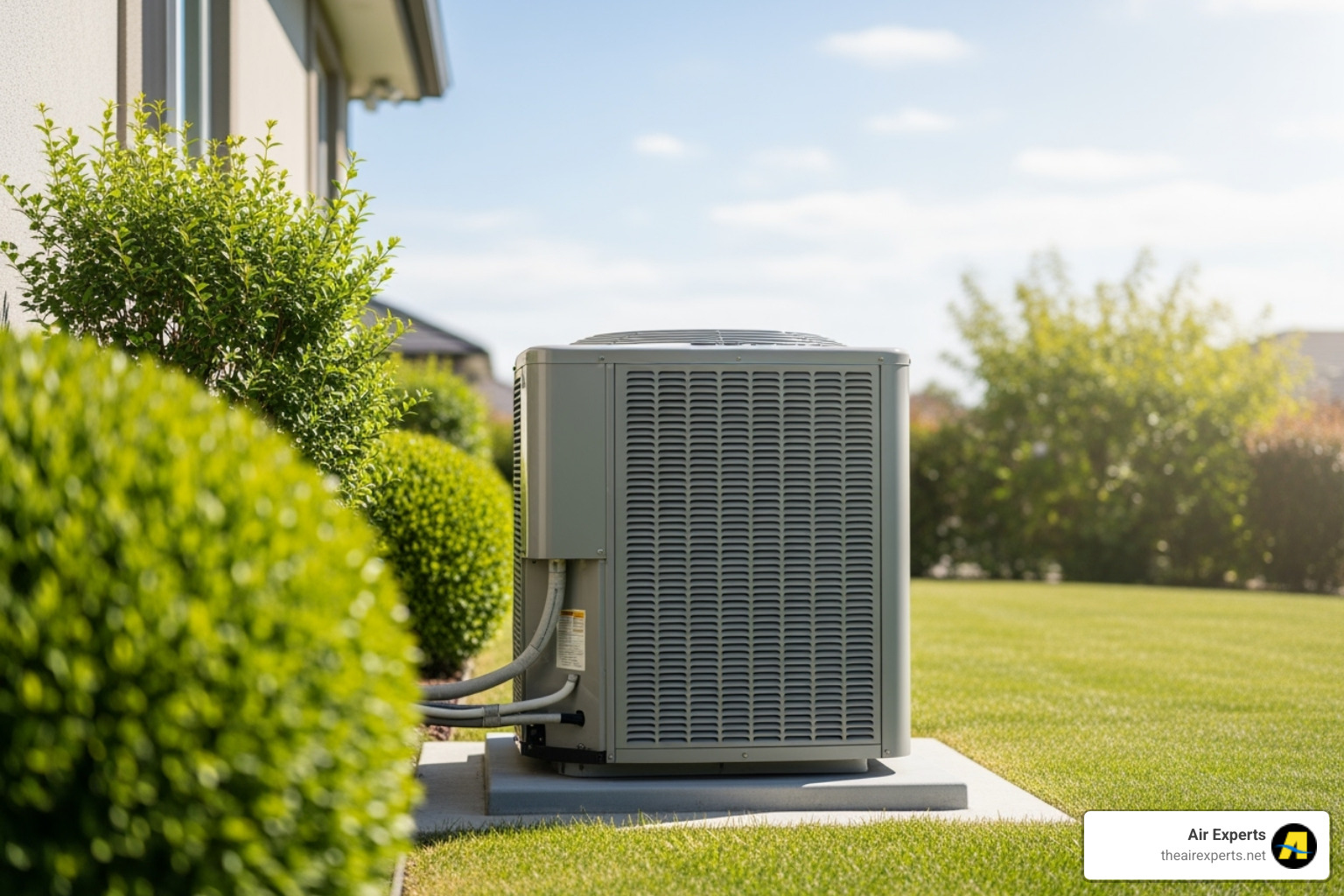


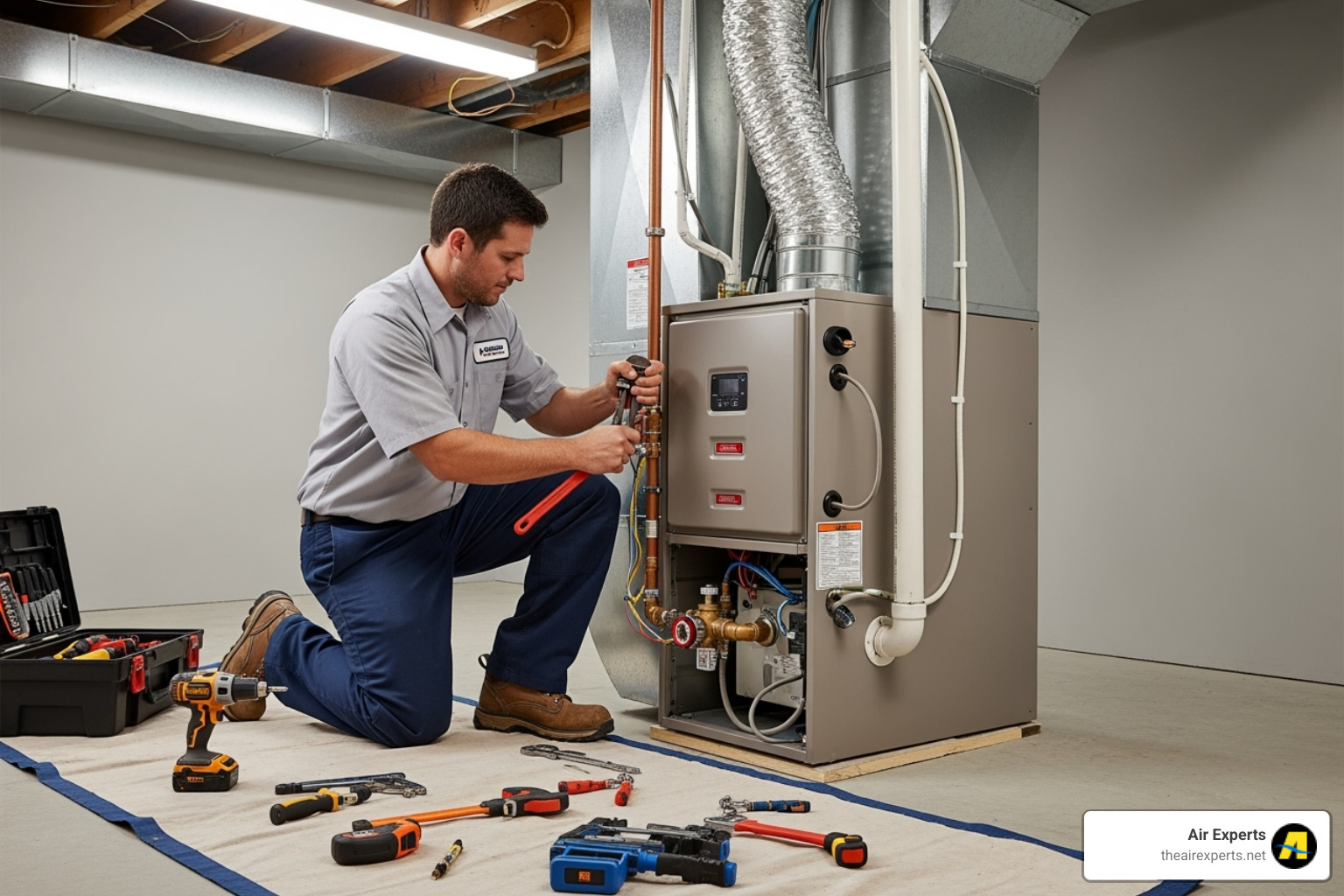
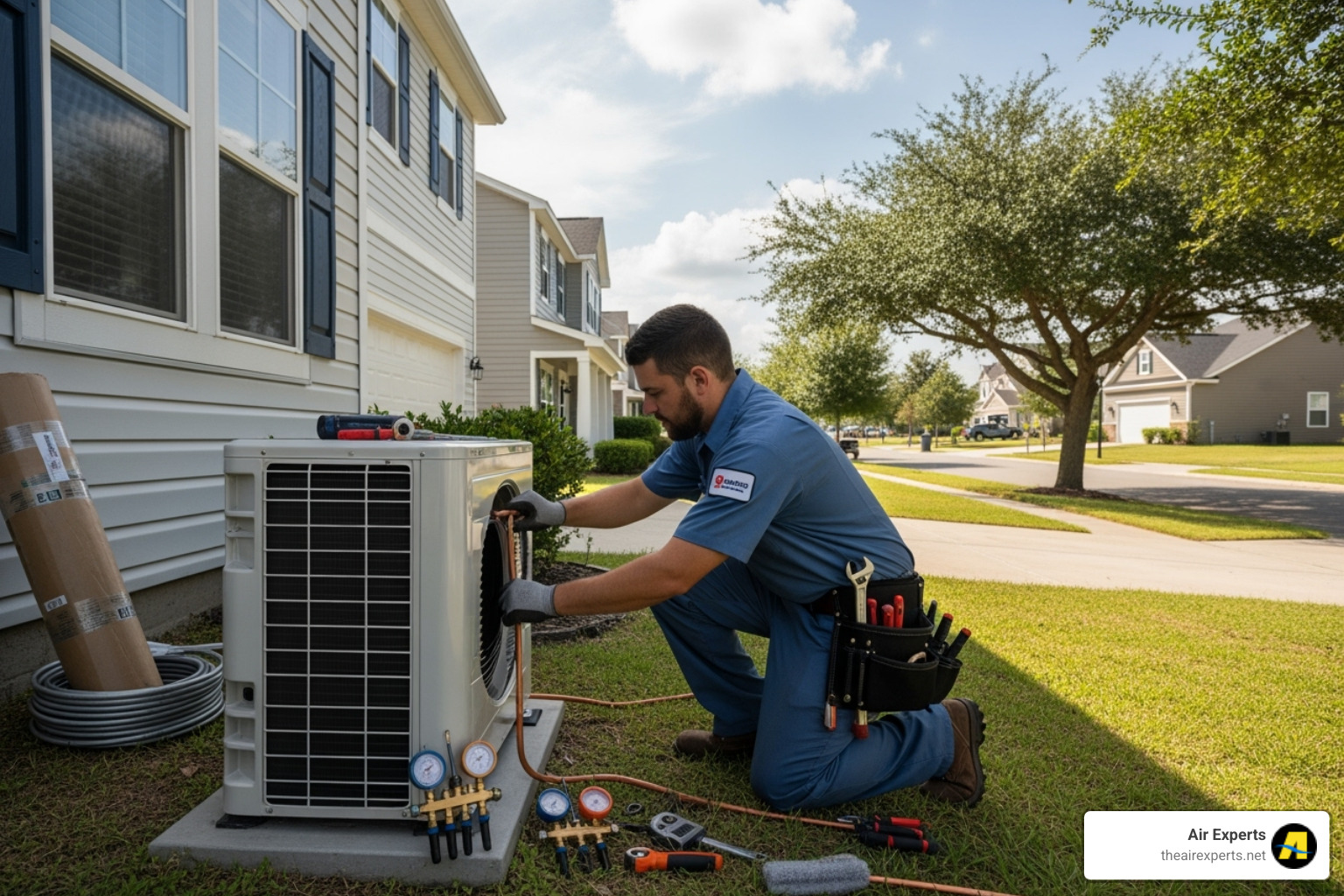
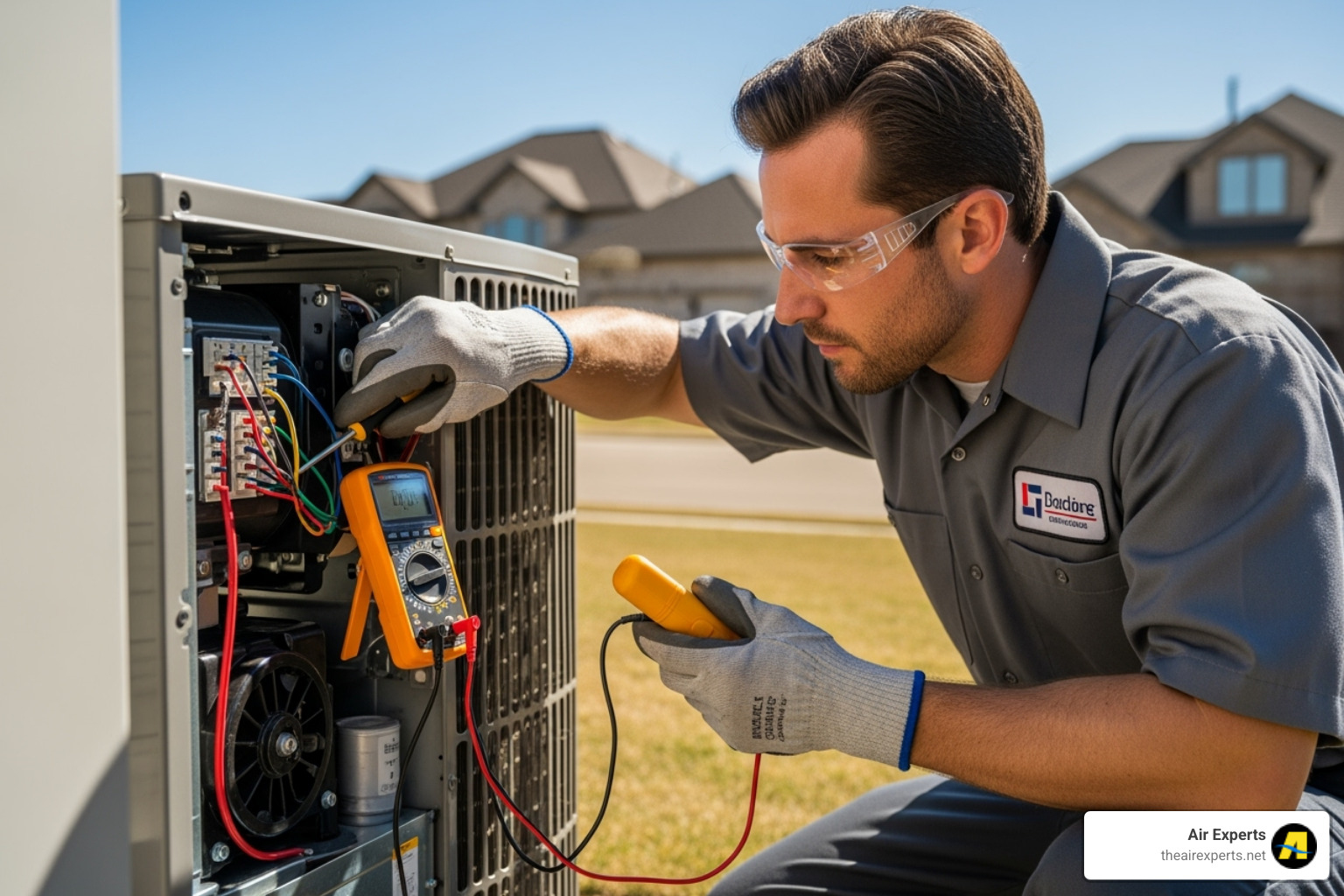

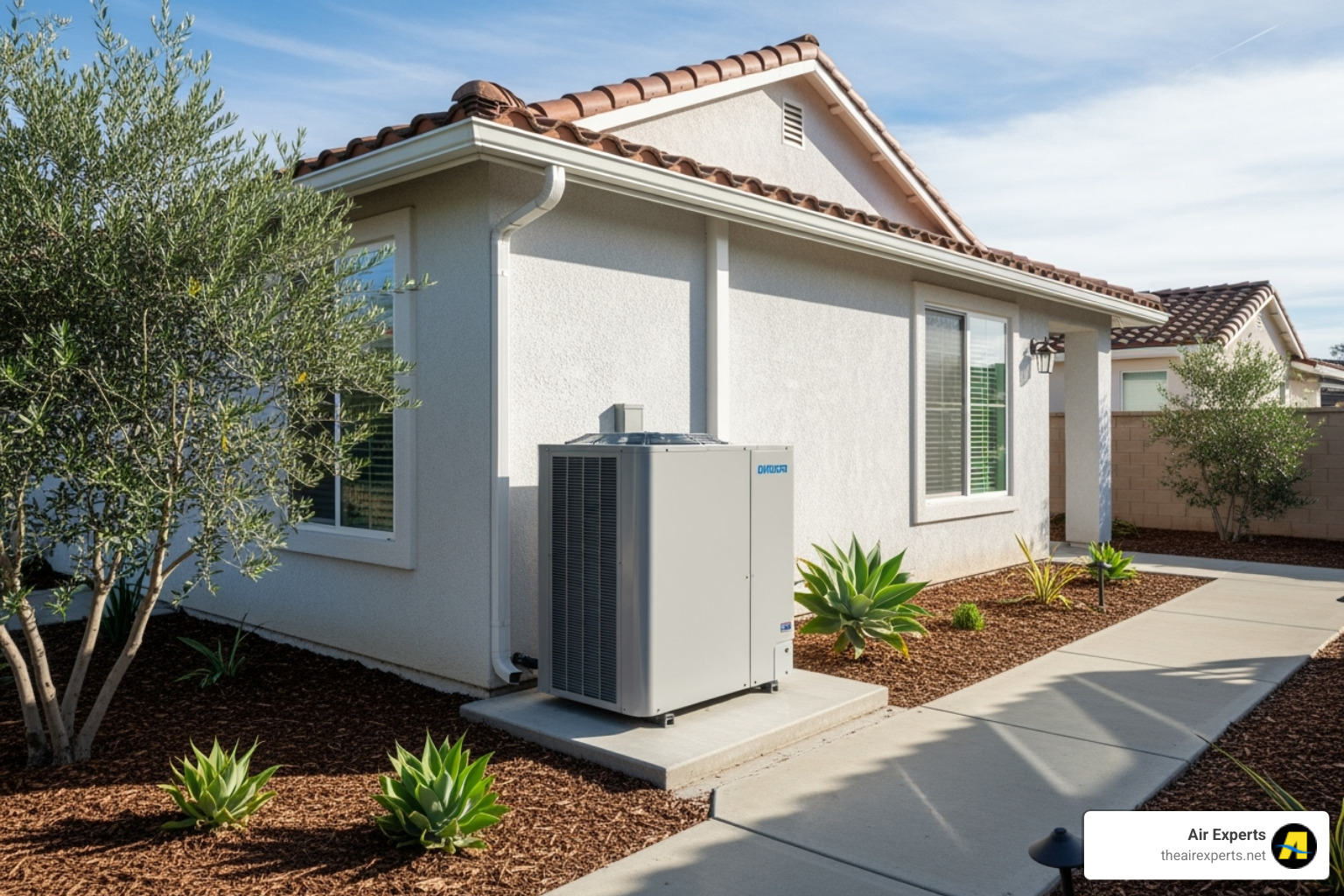
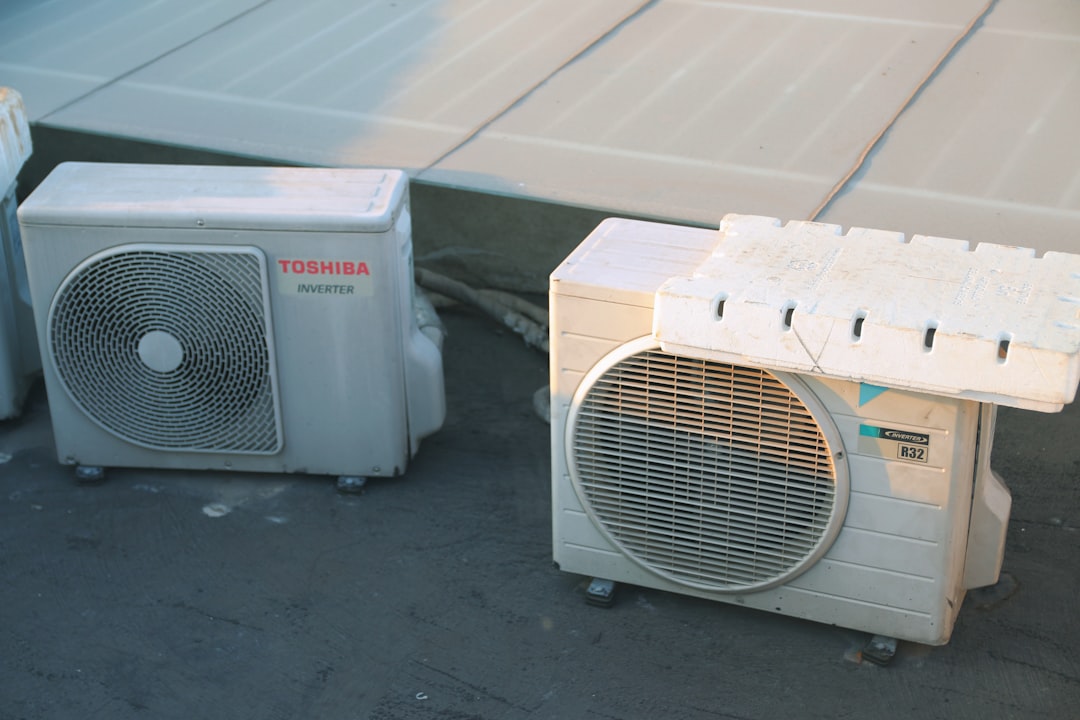
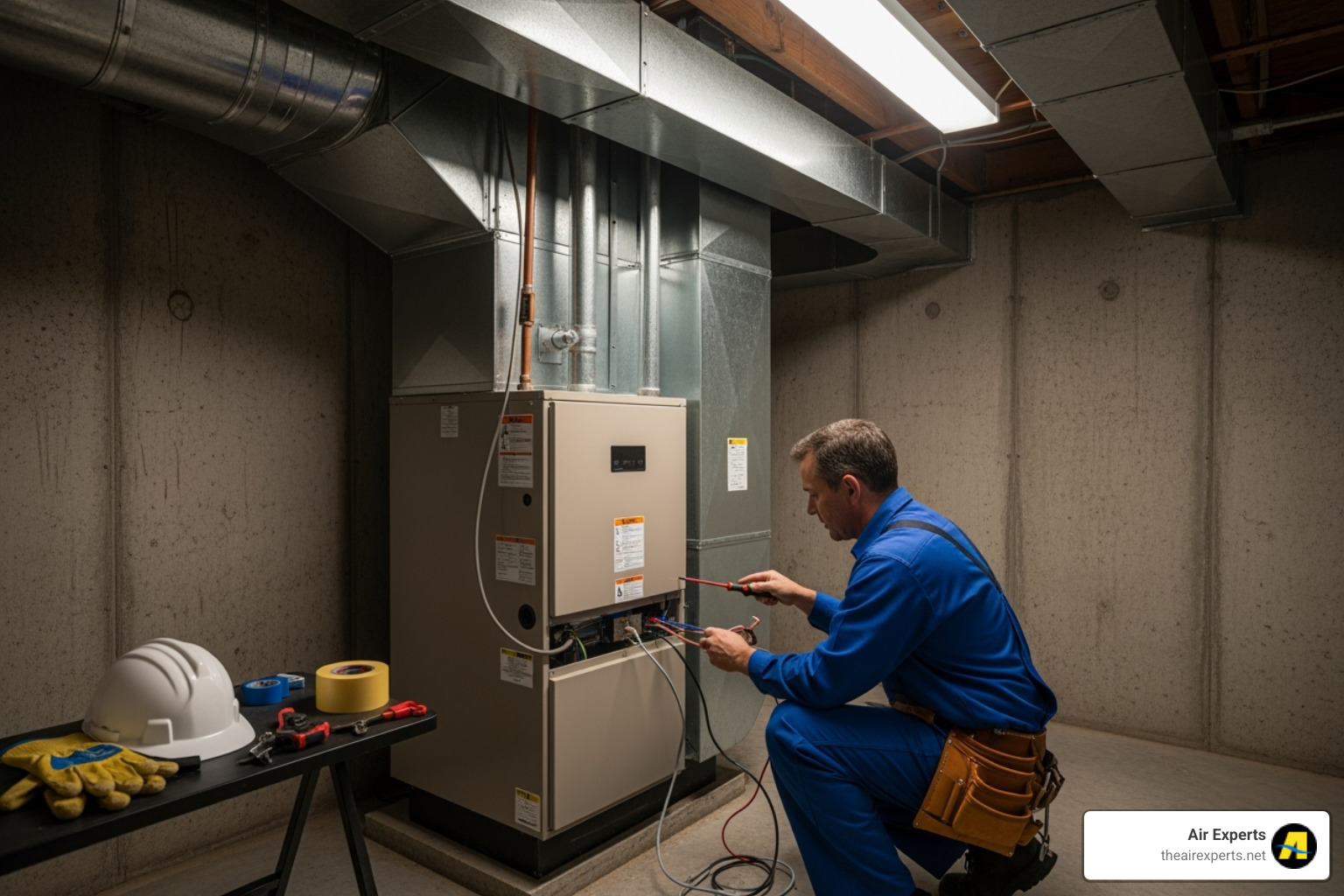
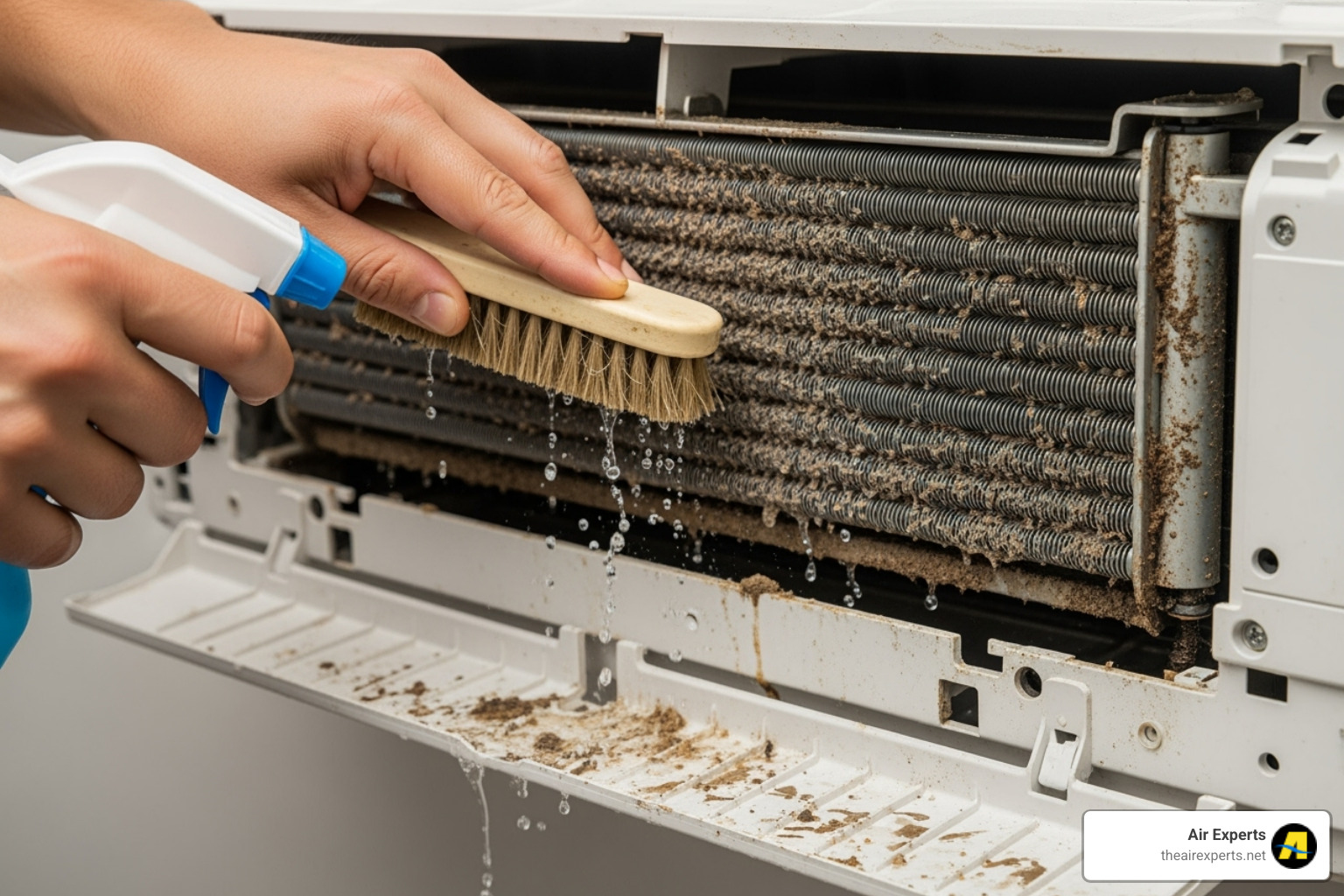
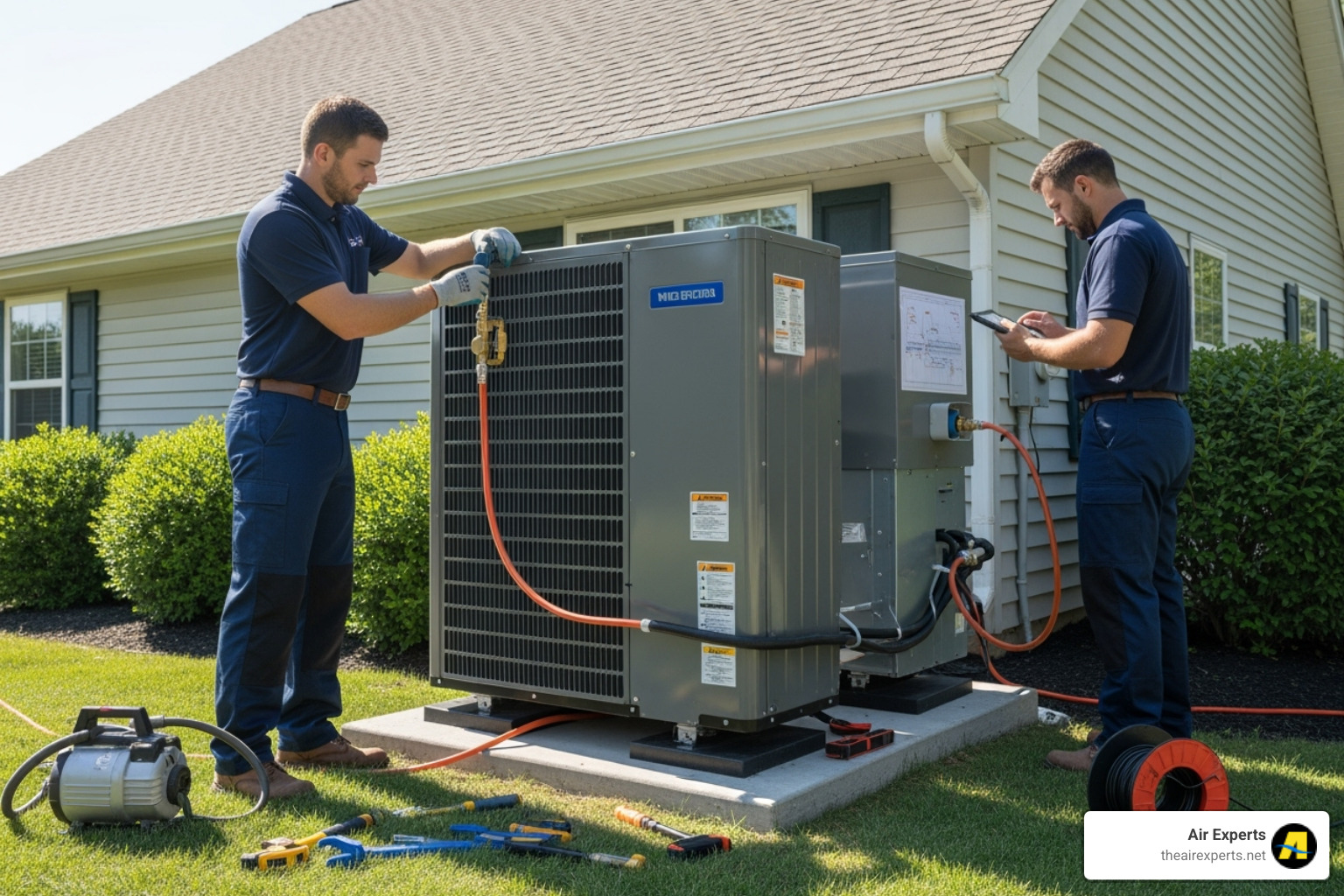

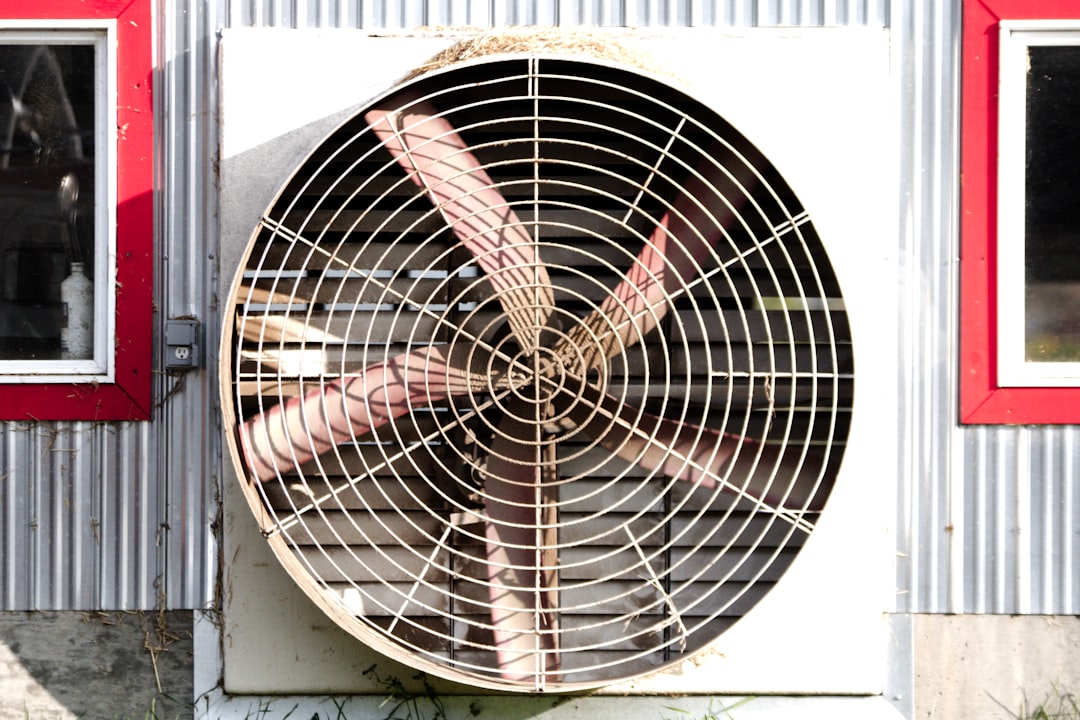
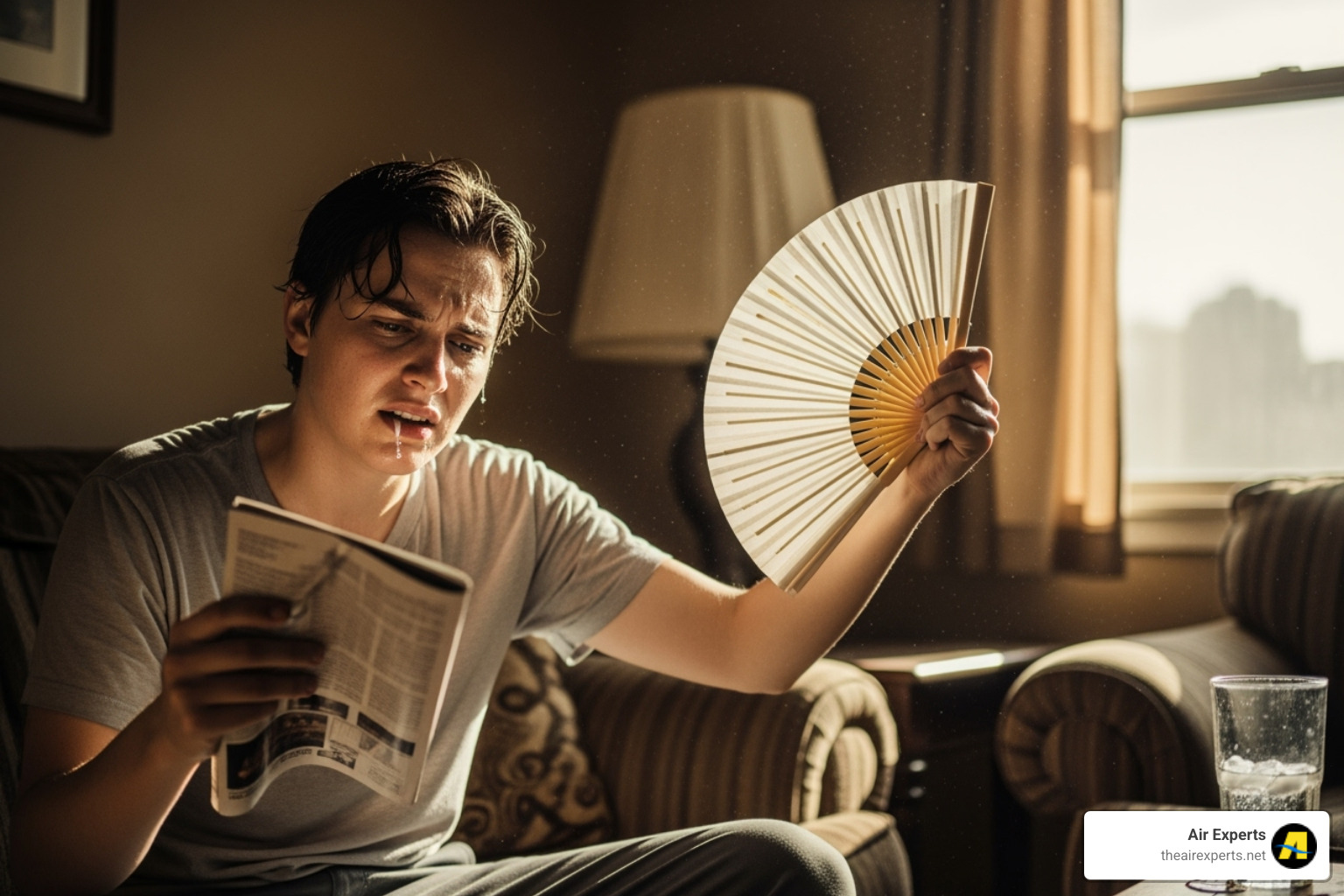
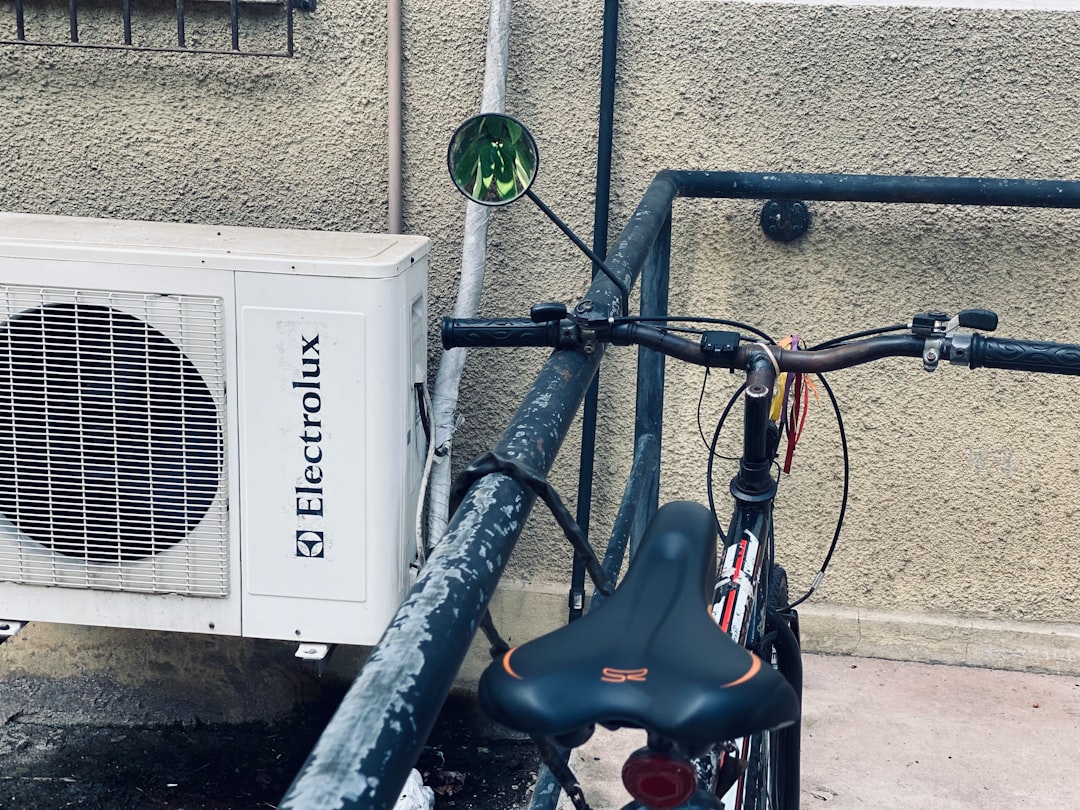
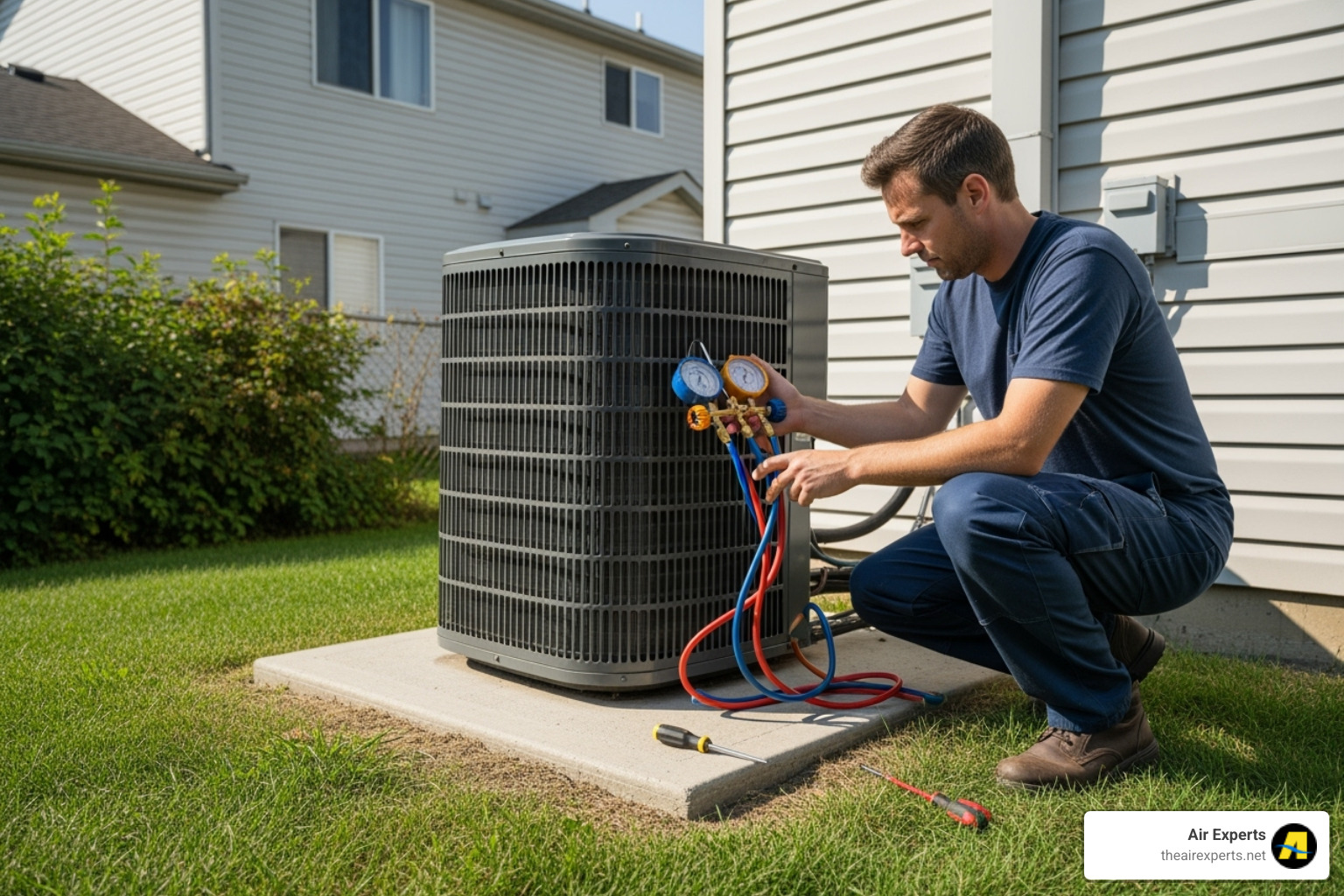


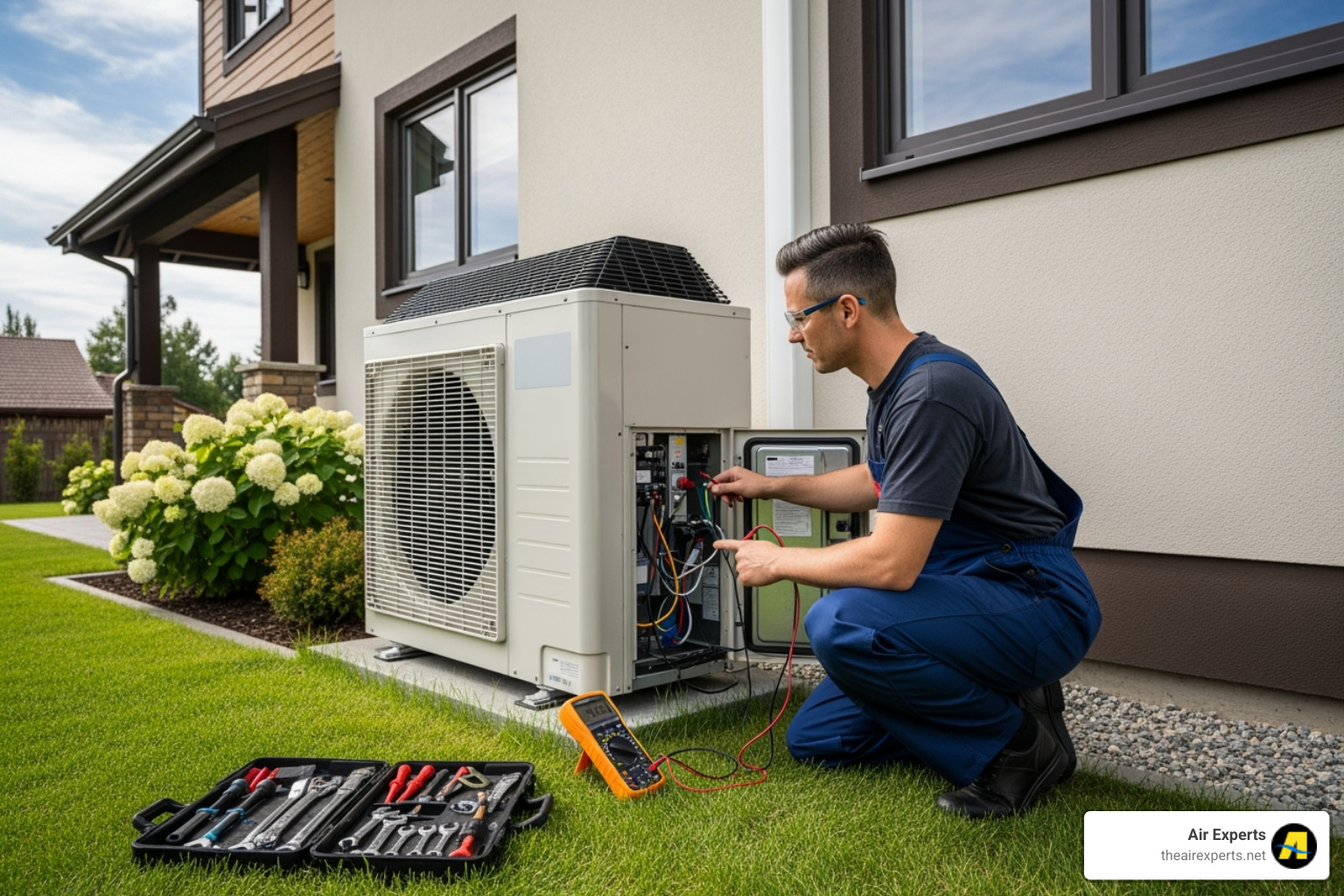
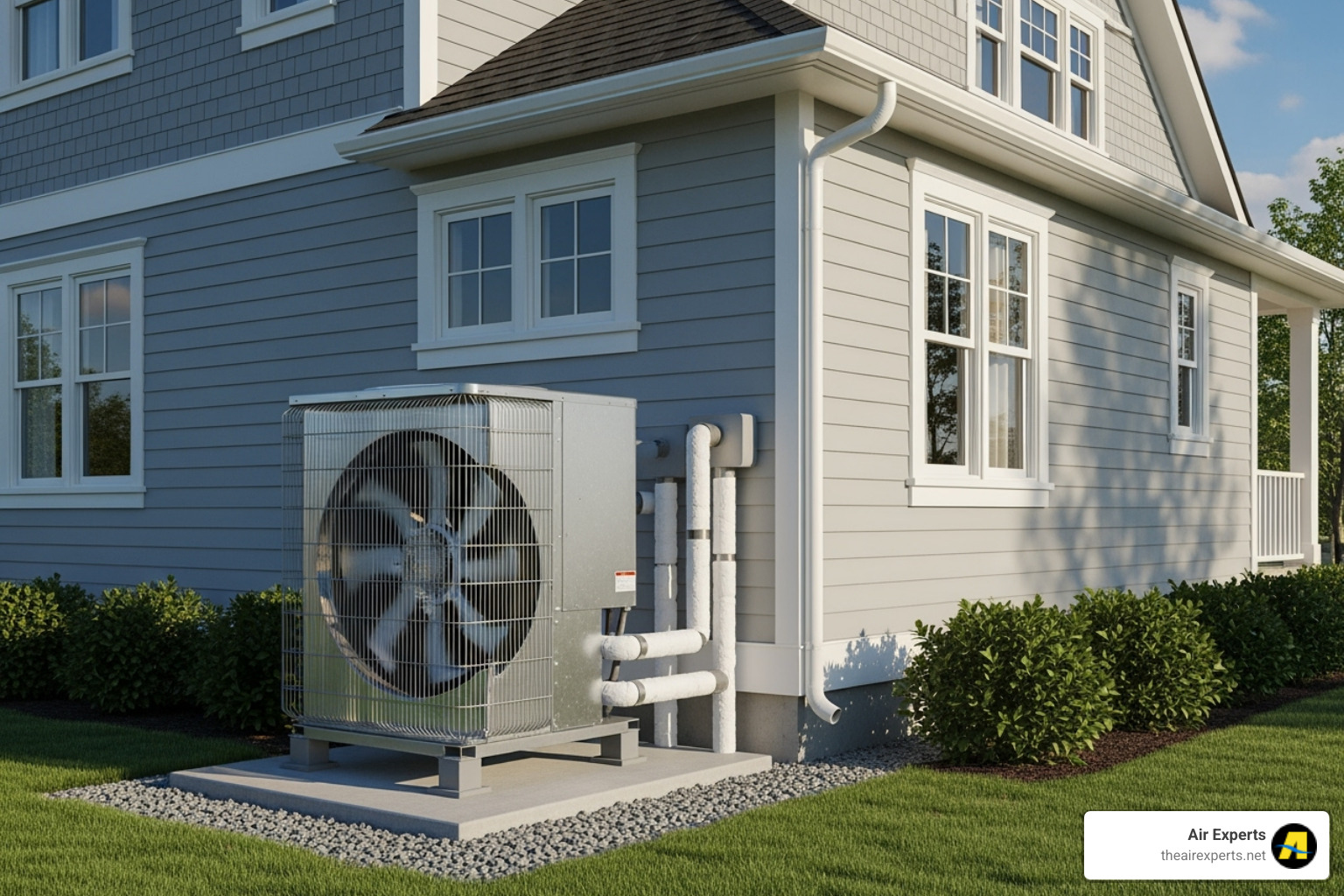
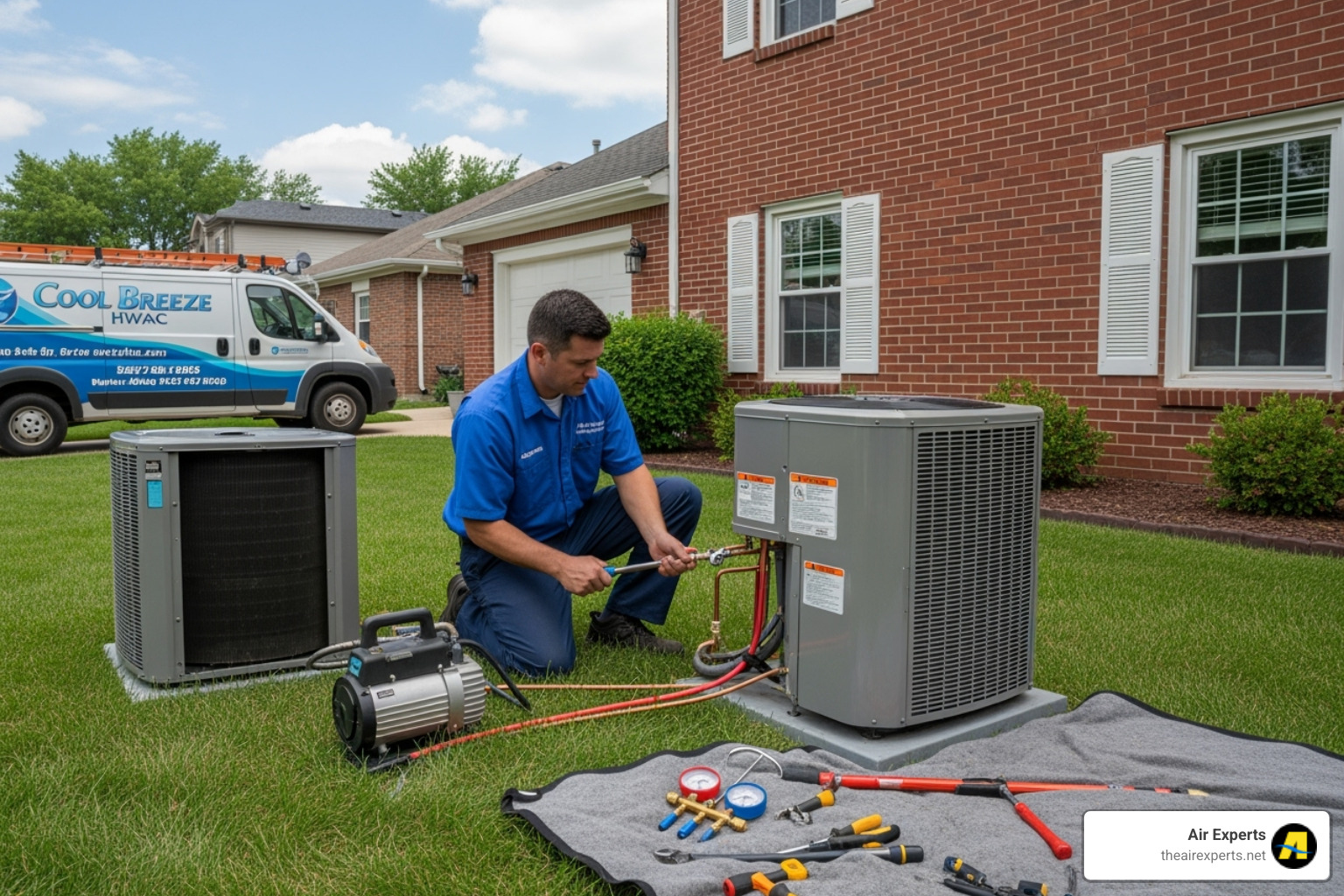

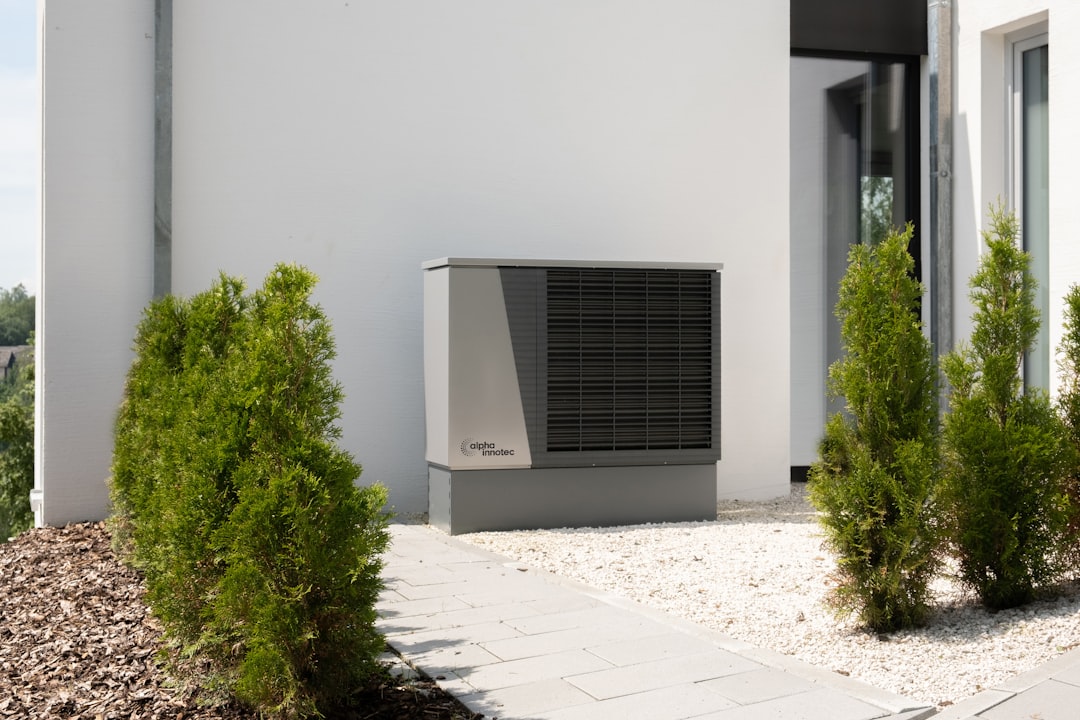
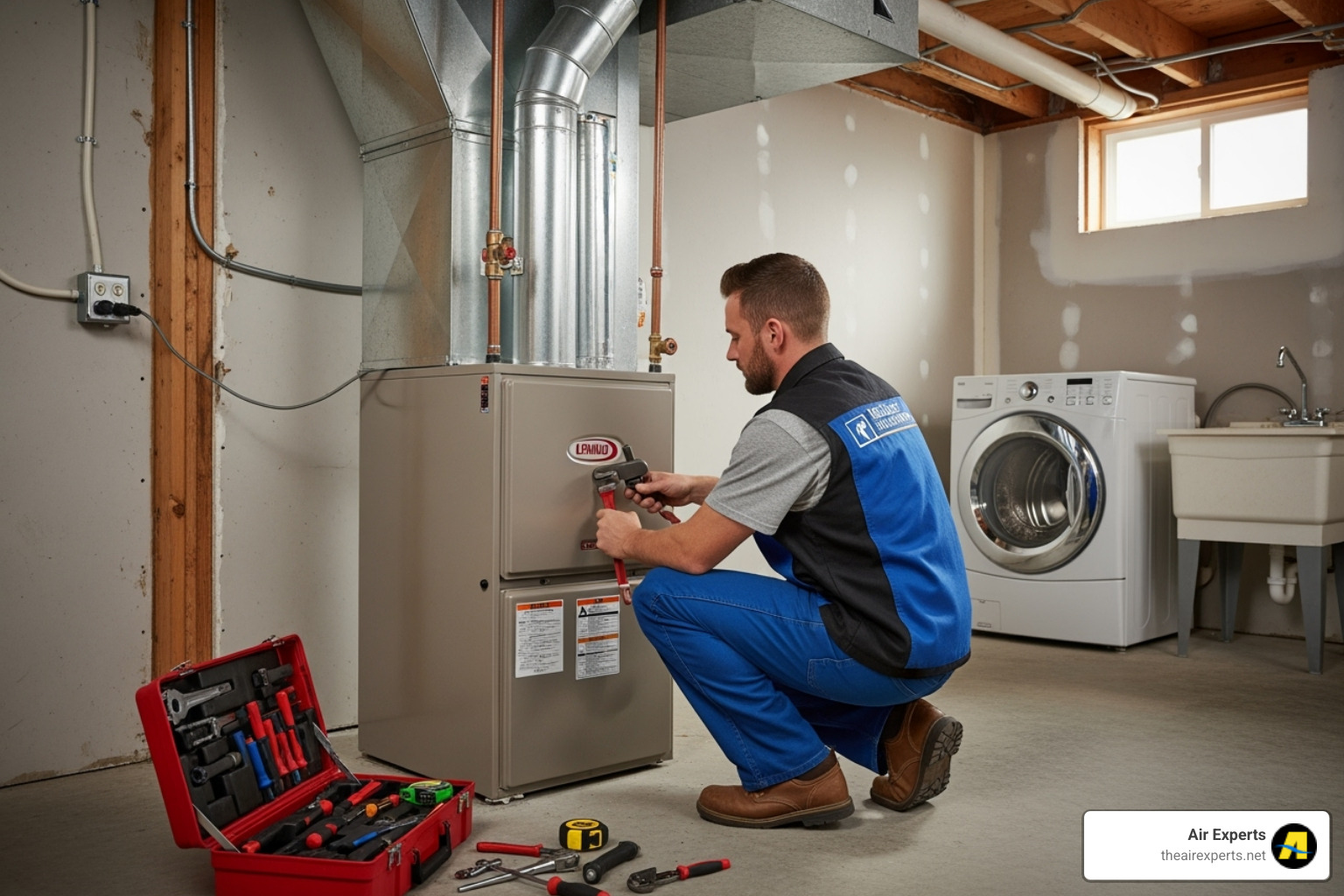
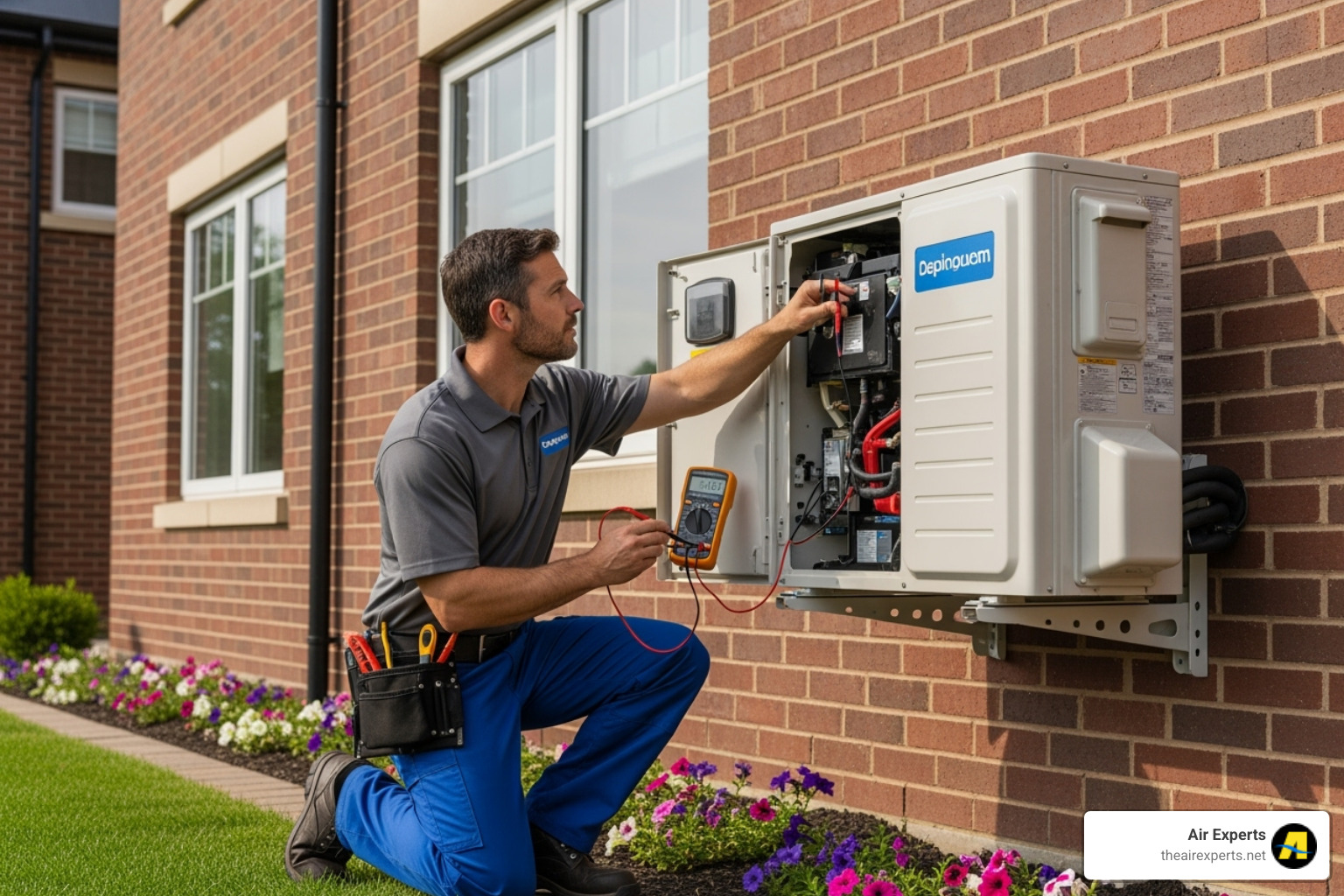
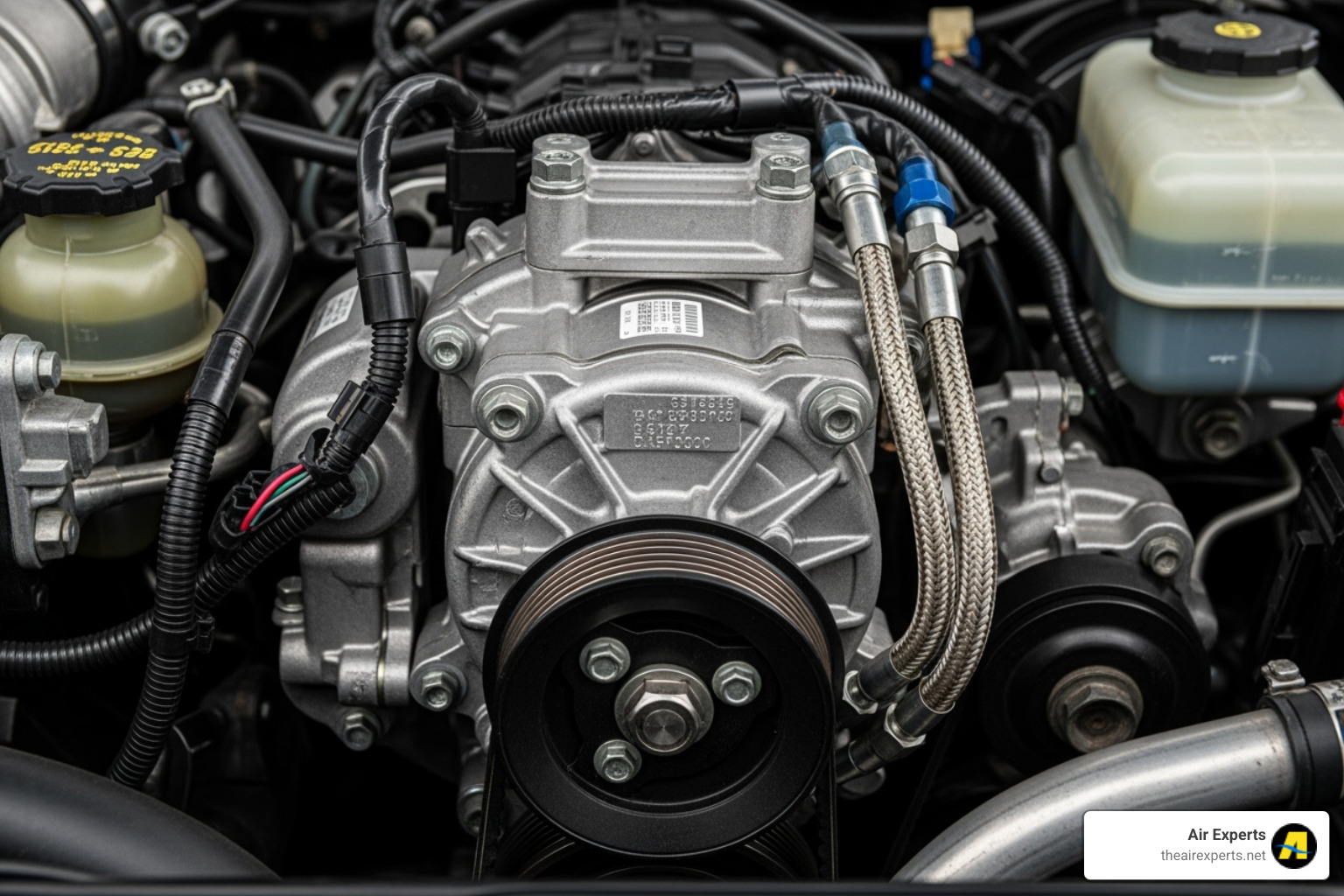

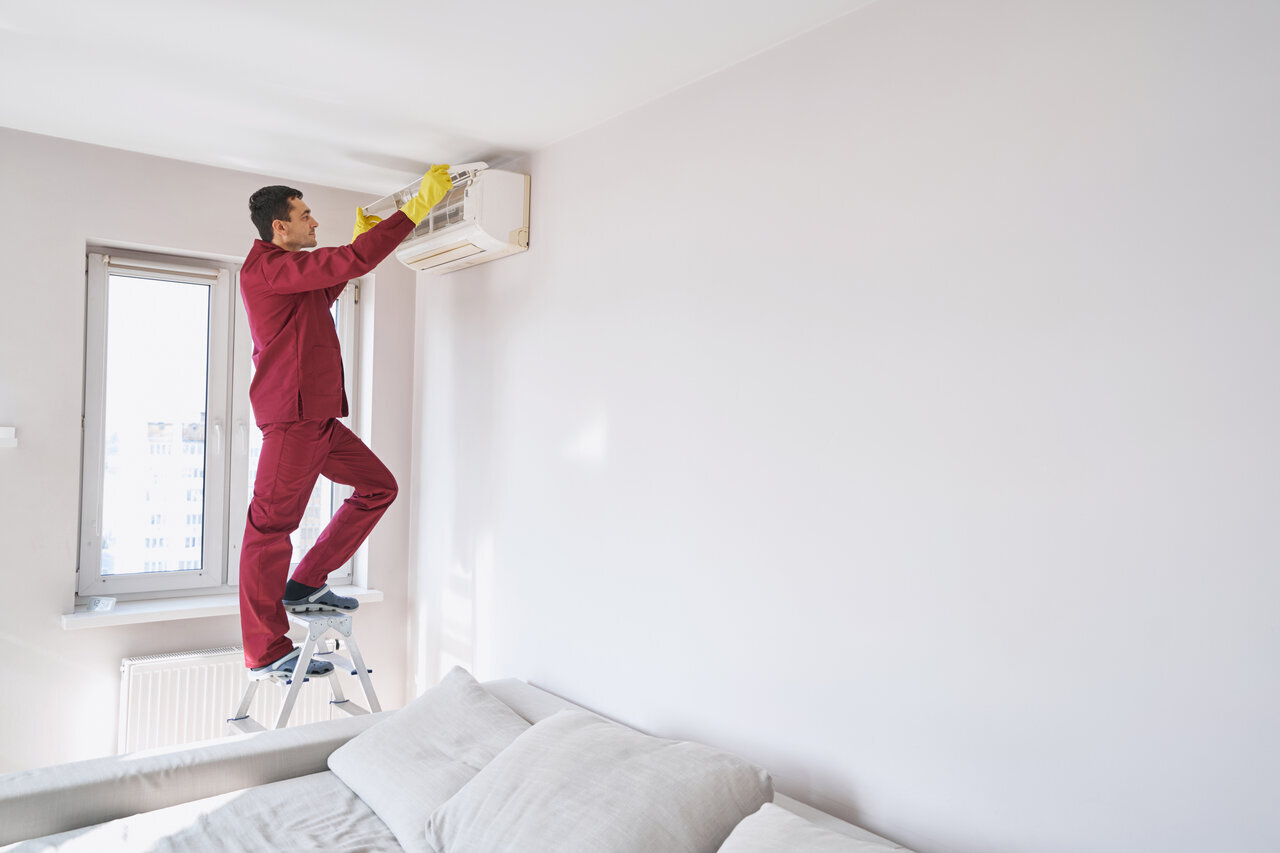

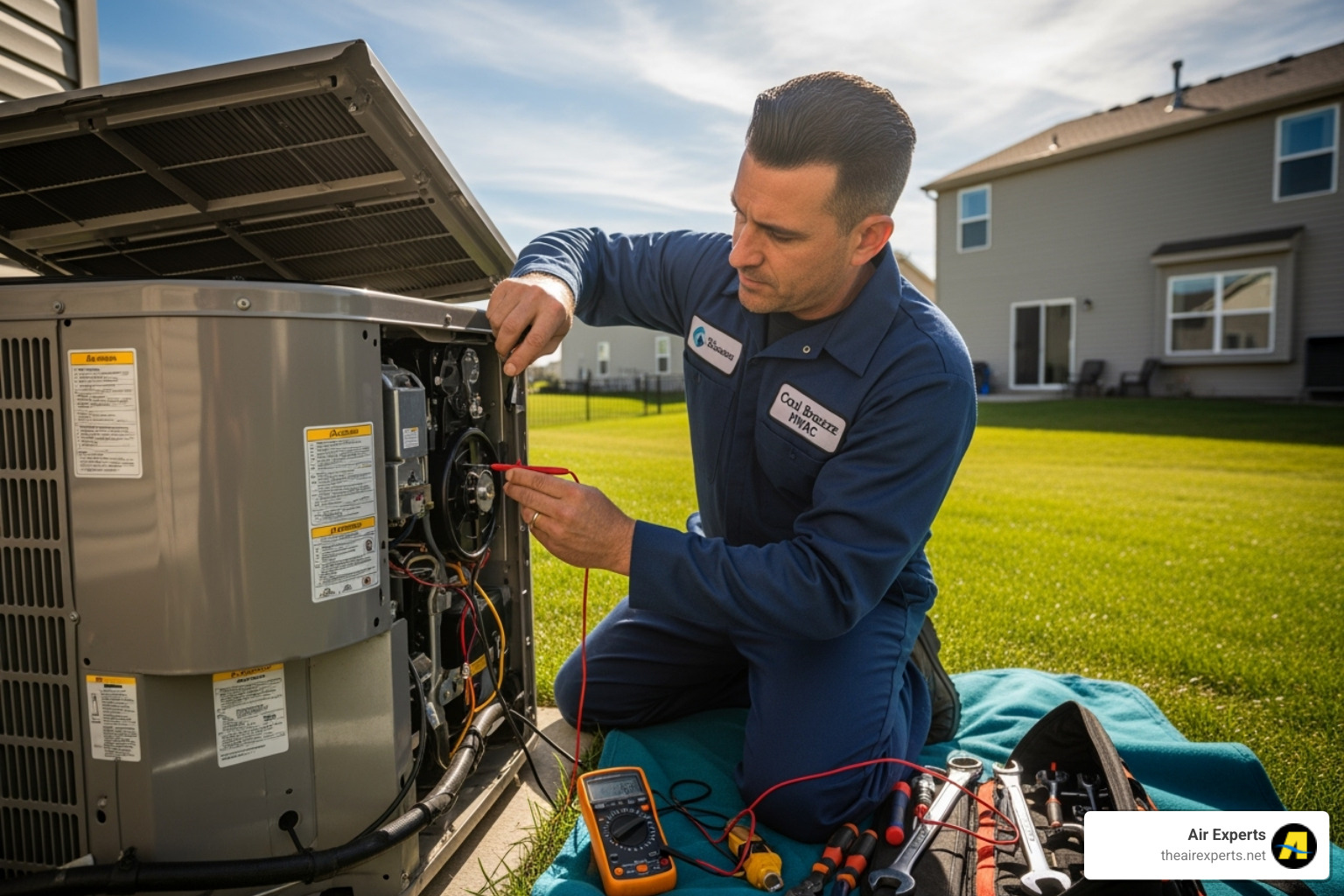


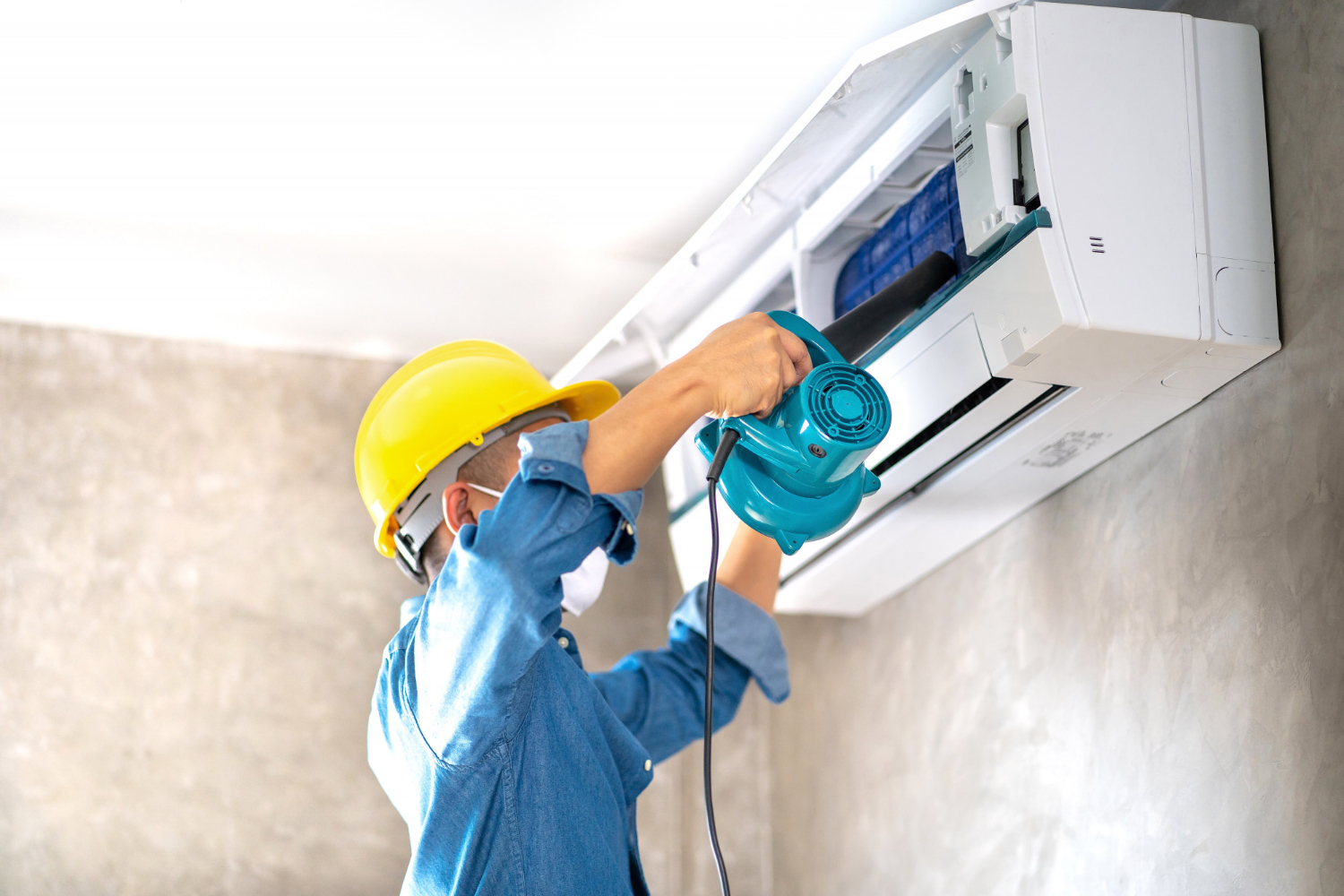
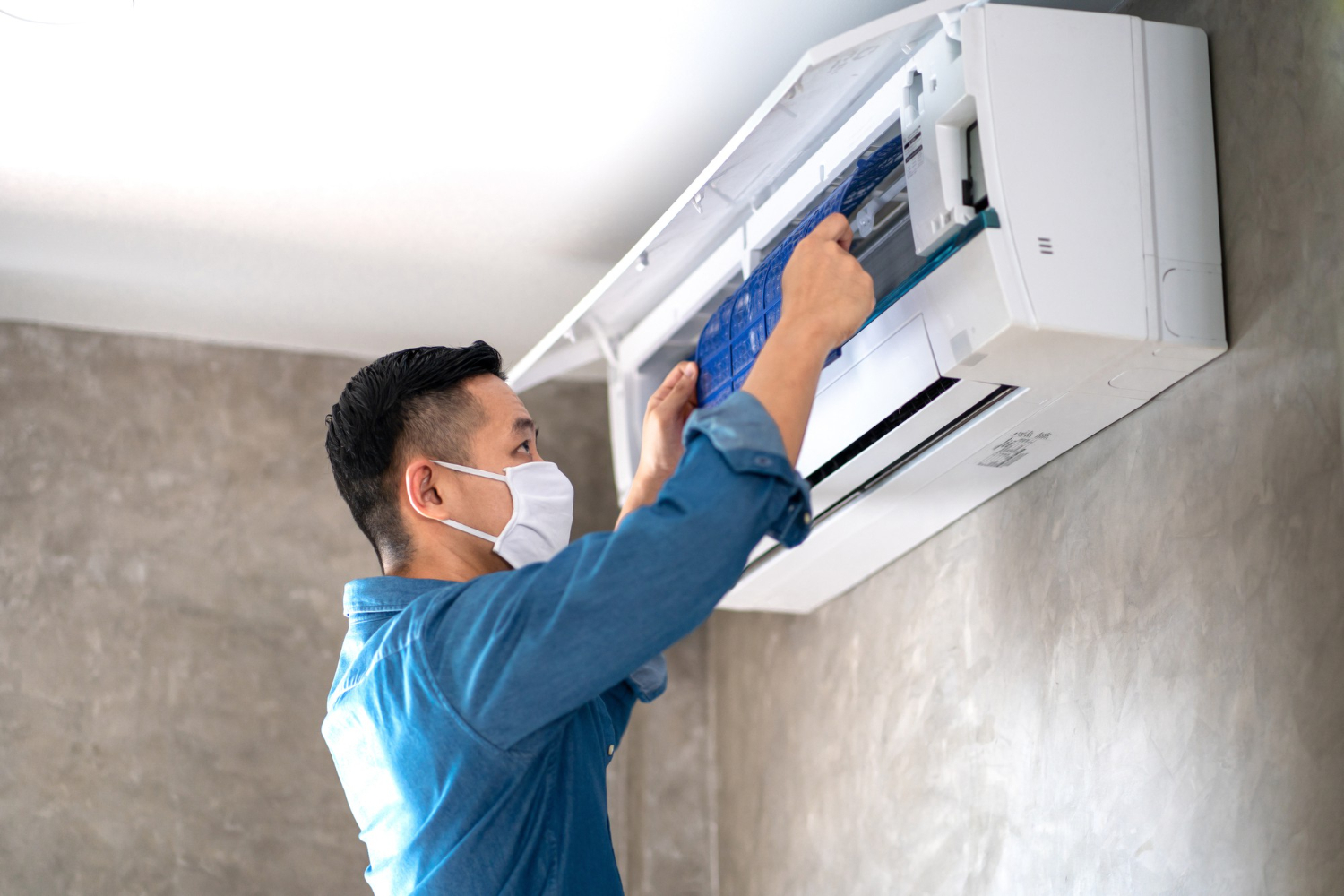
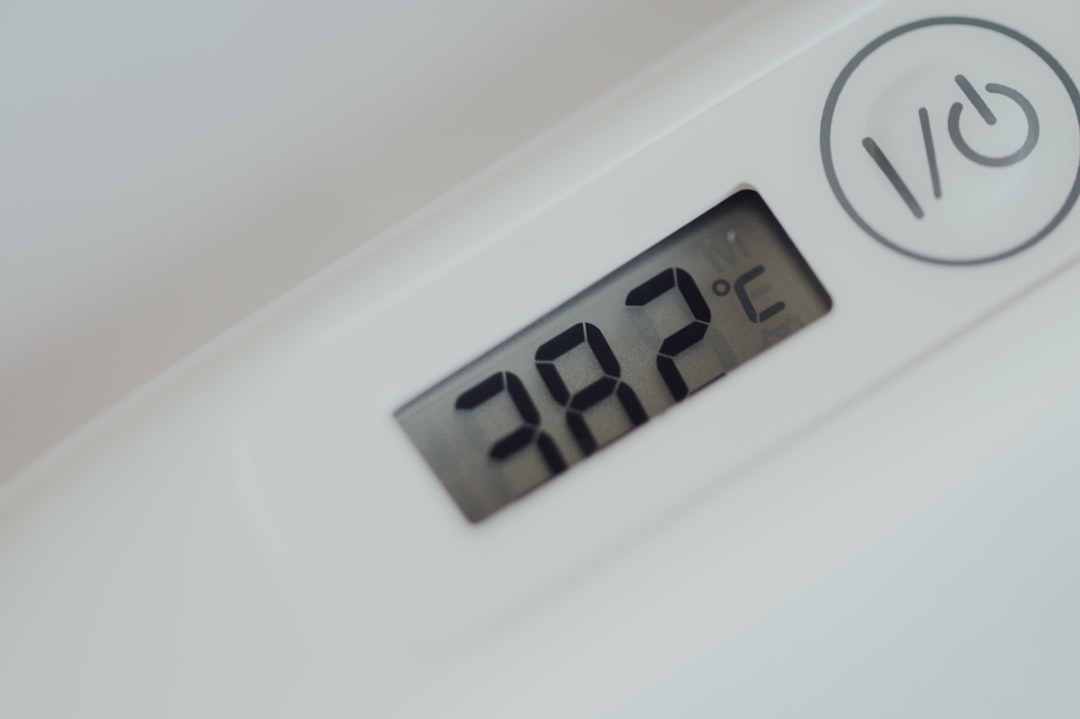

.png)
.svg)
.svg)




.svg)
.svg)
